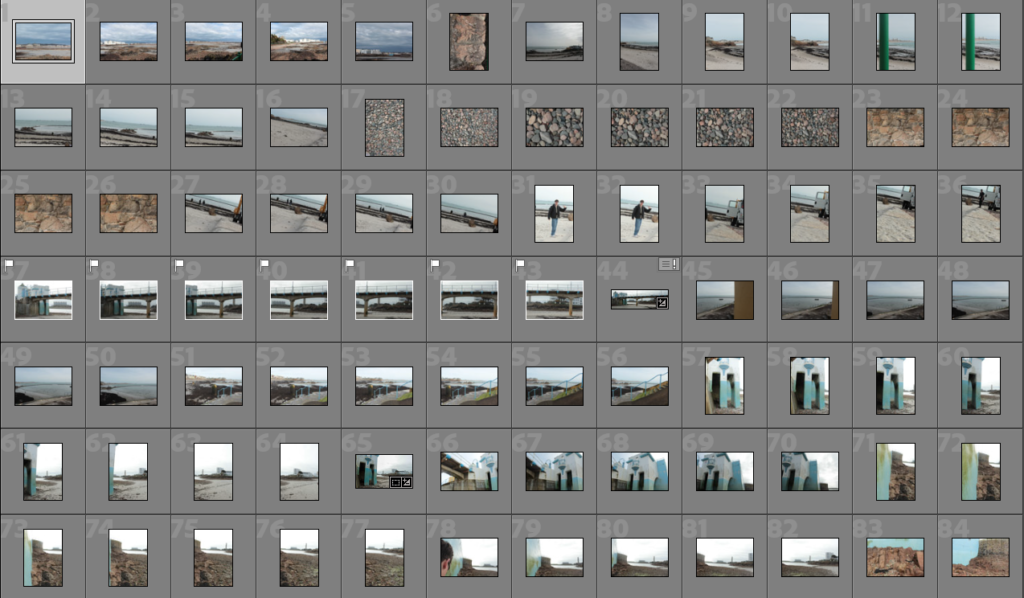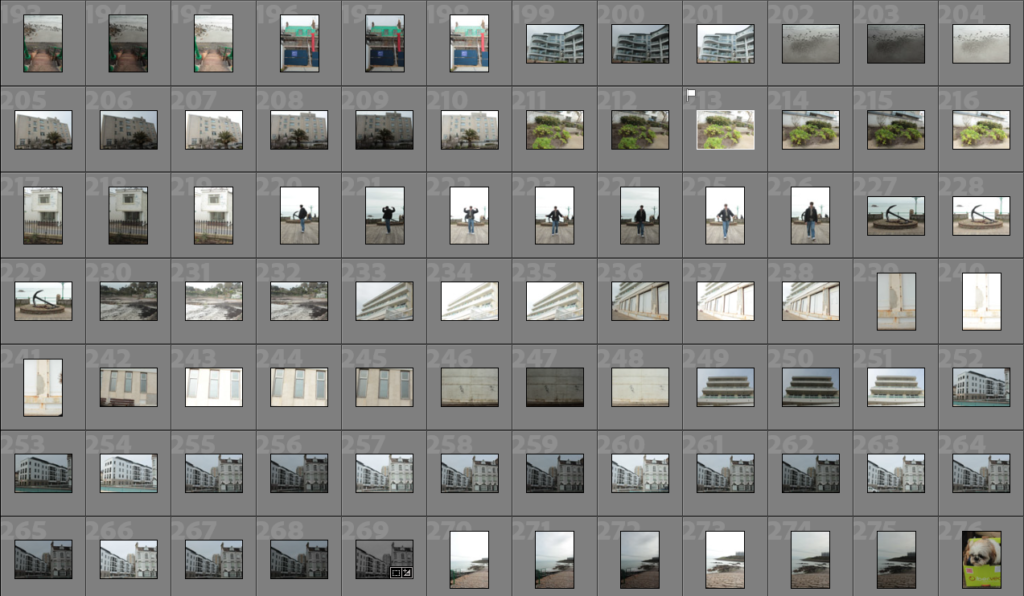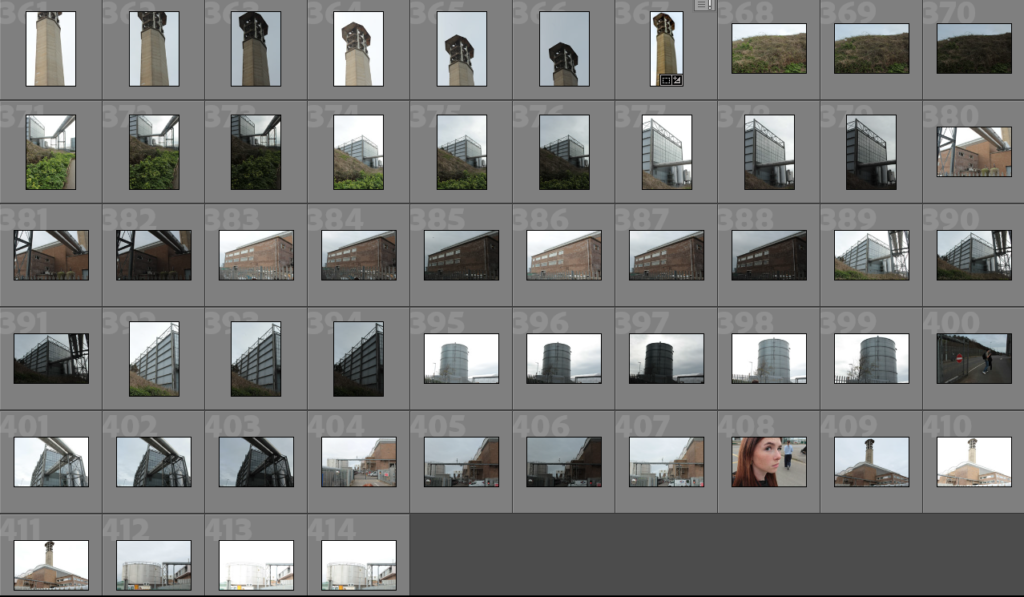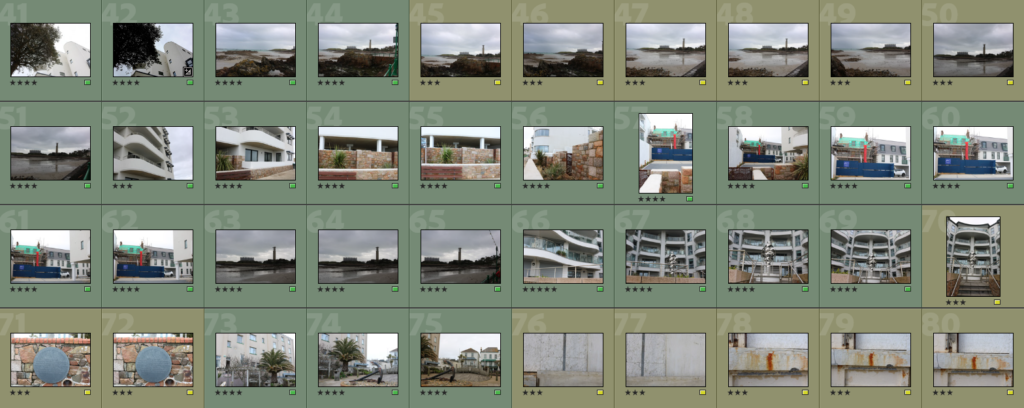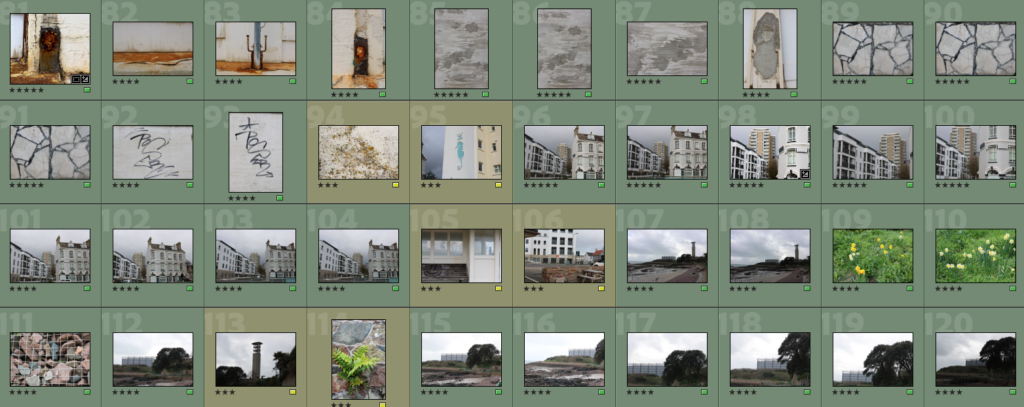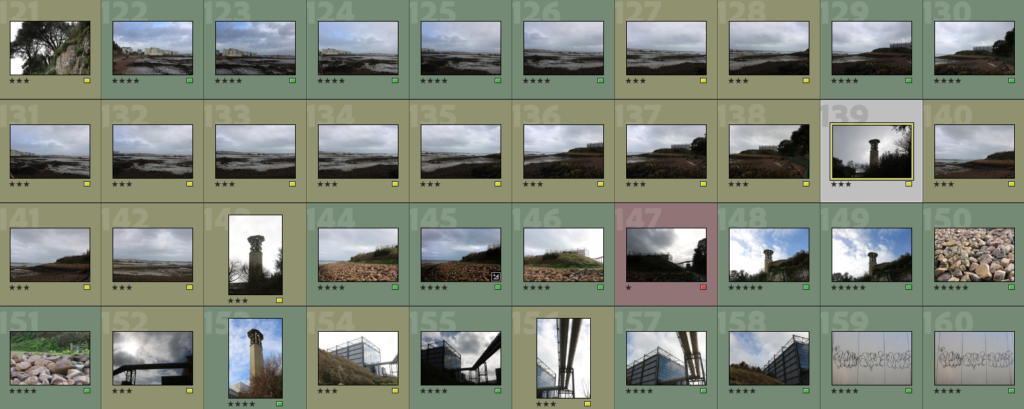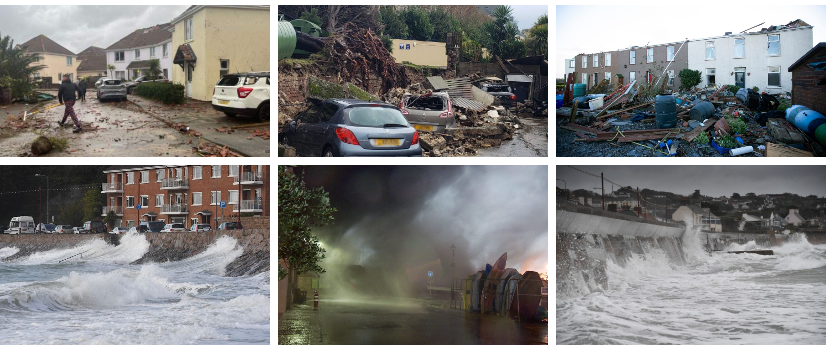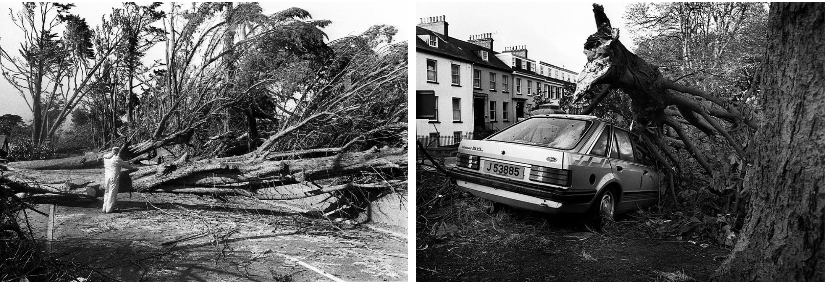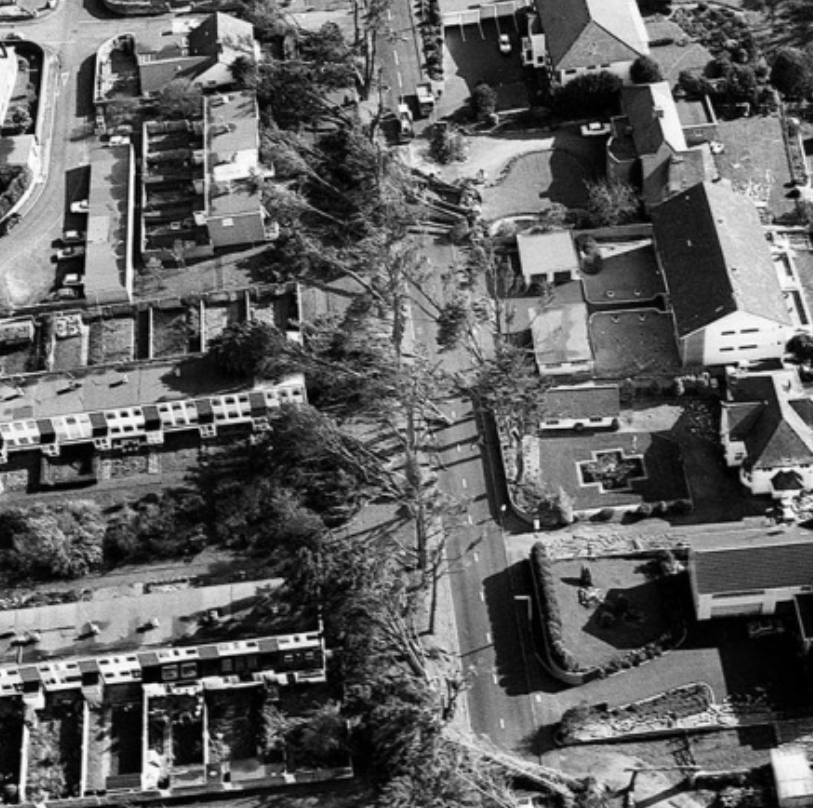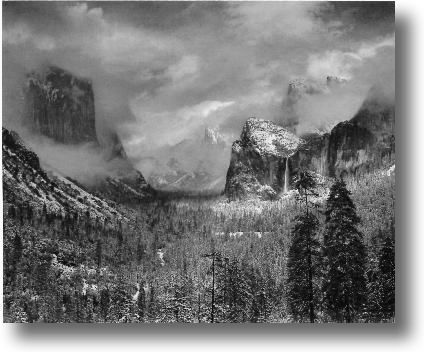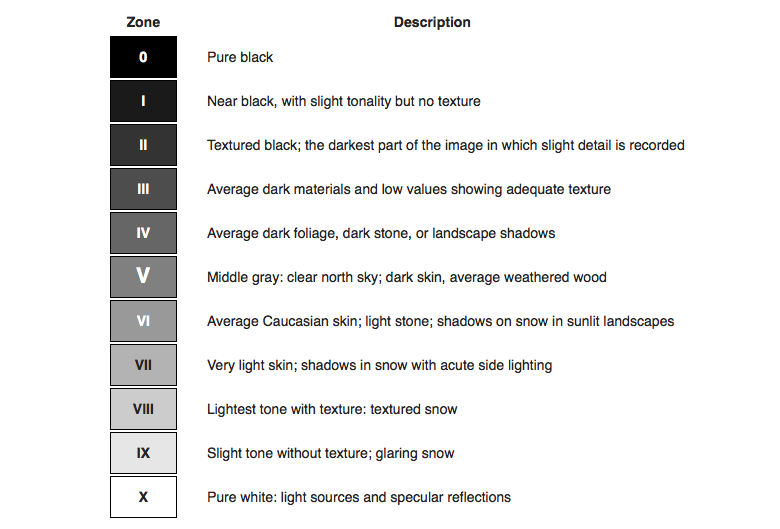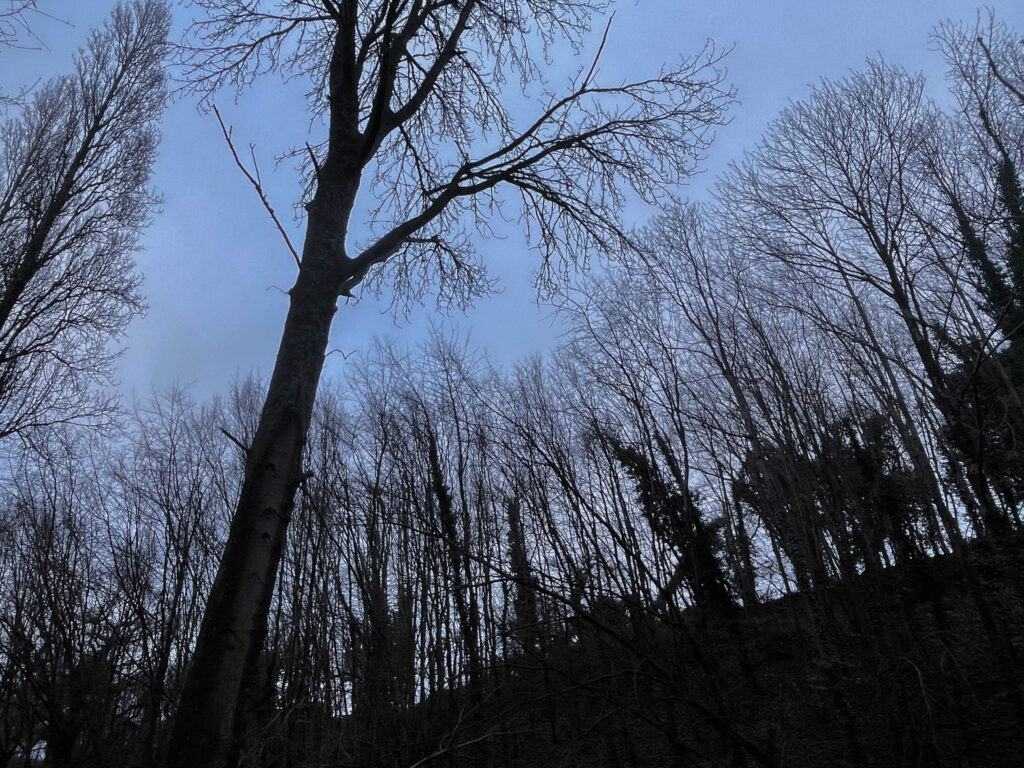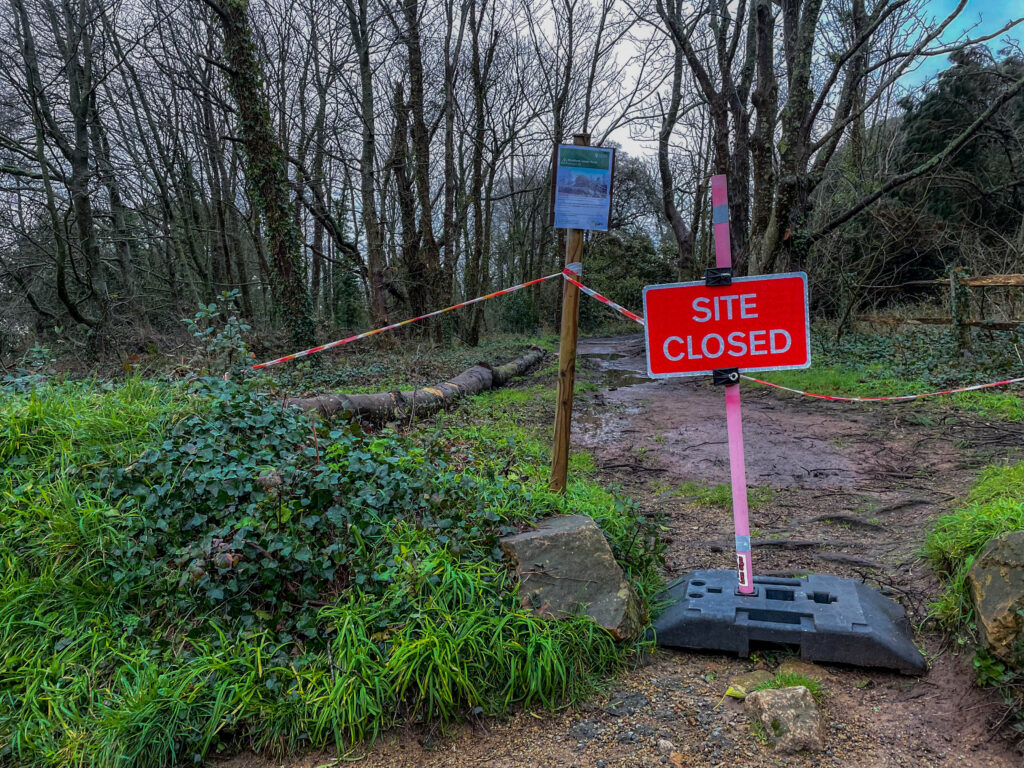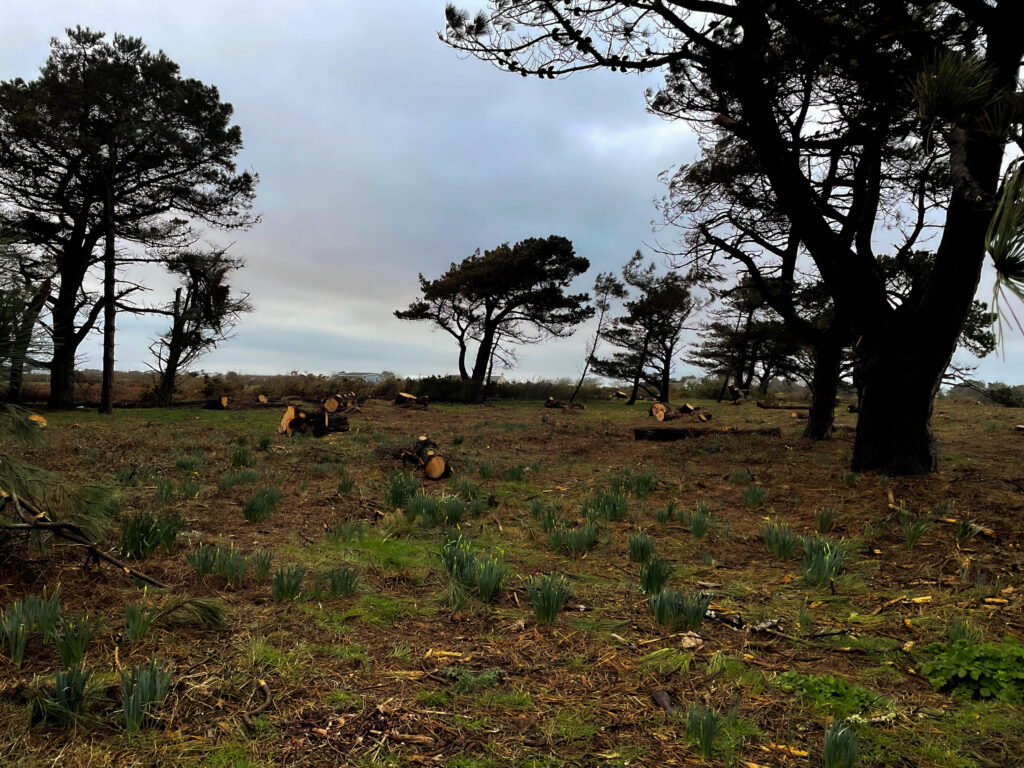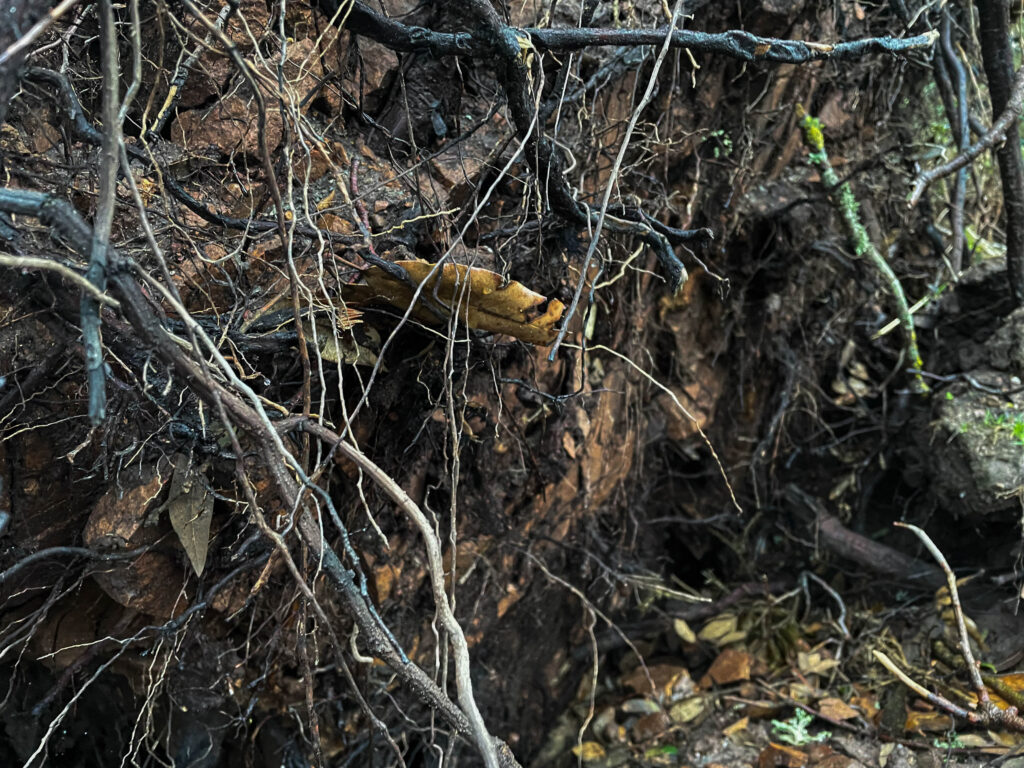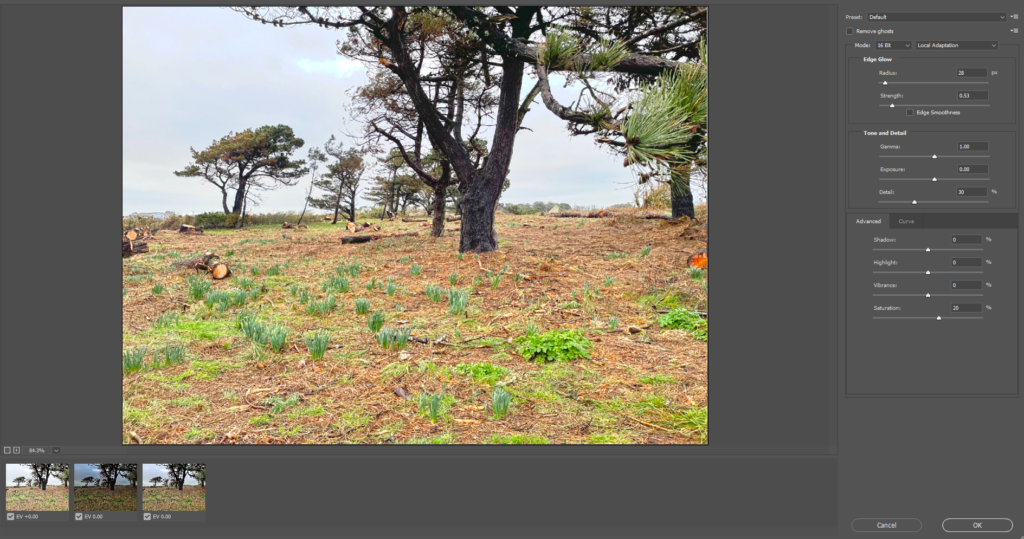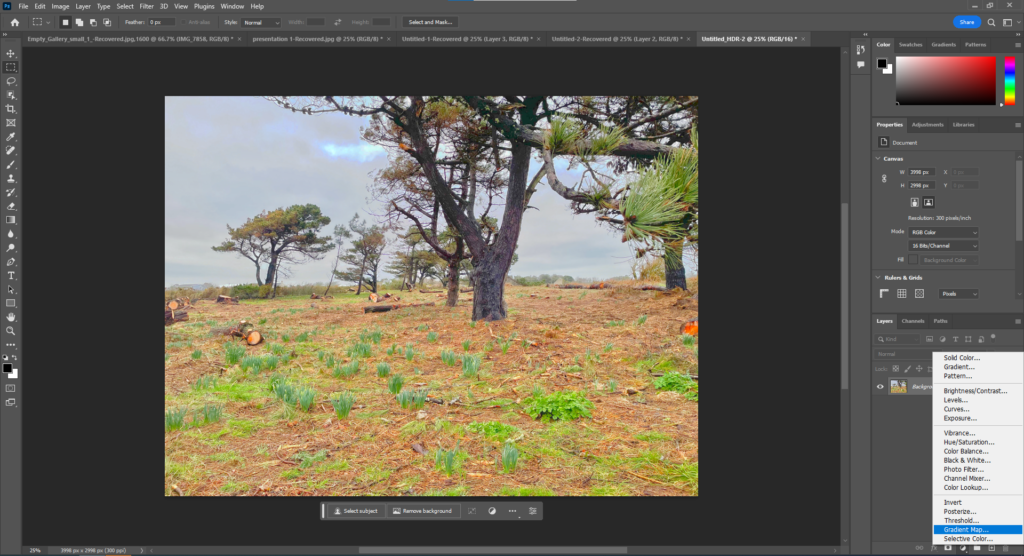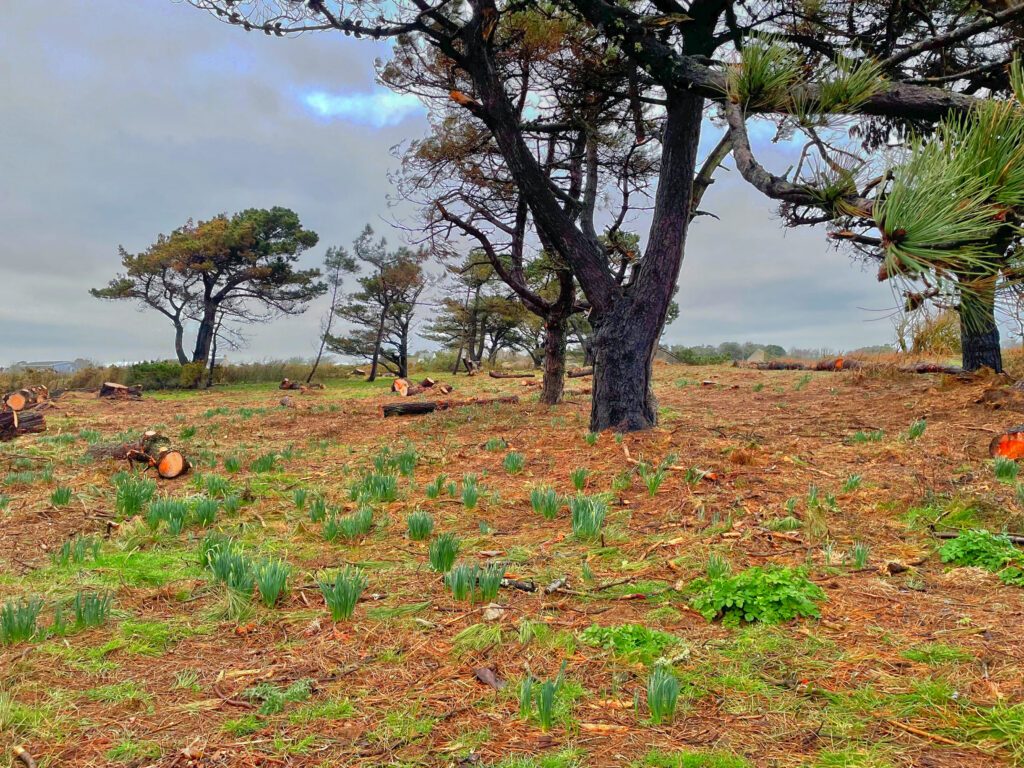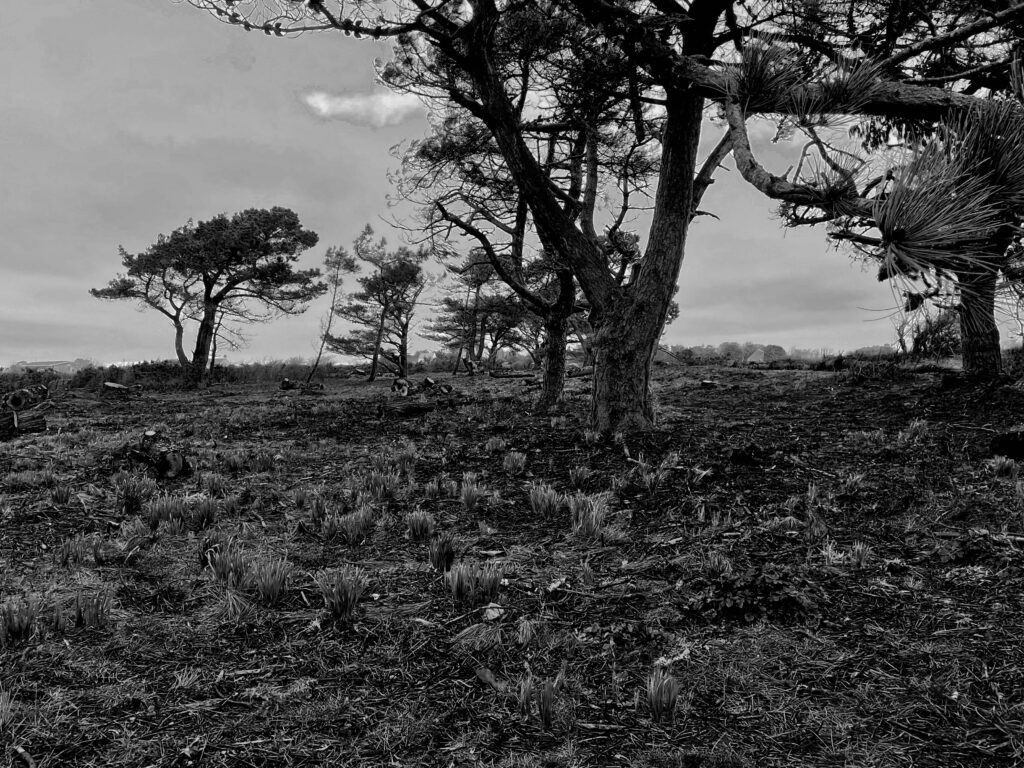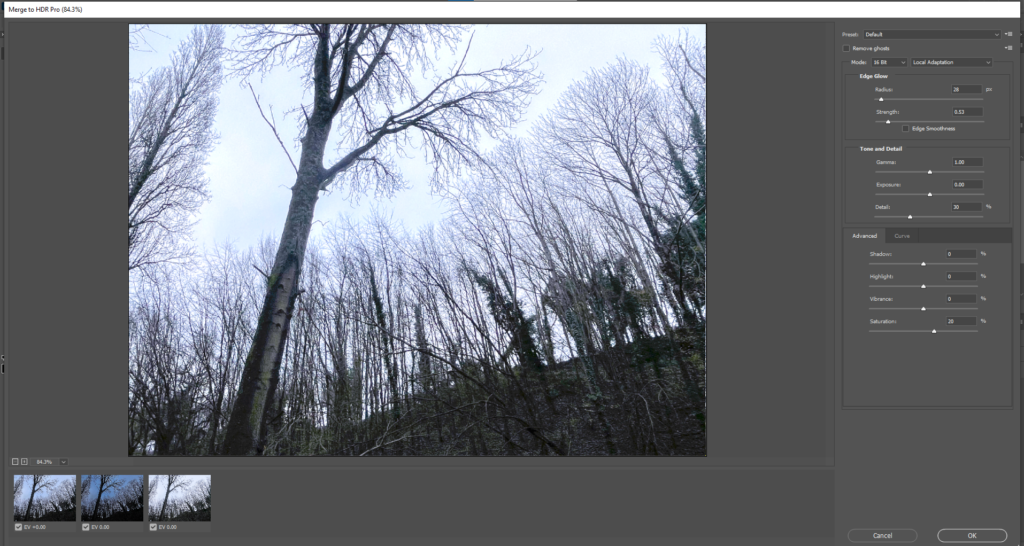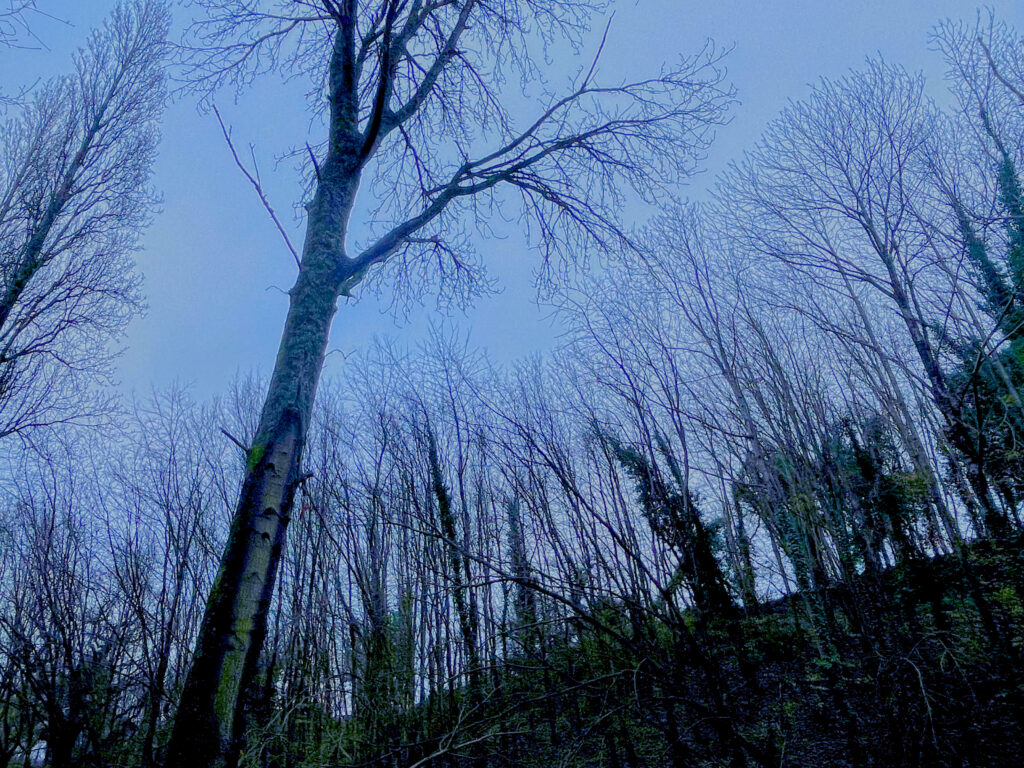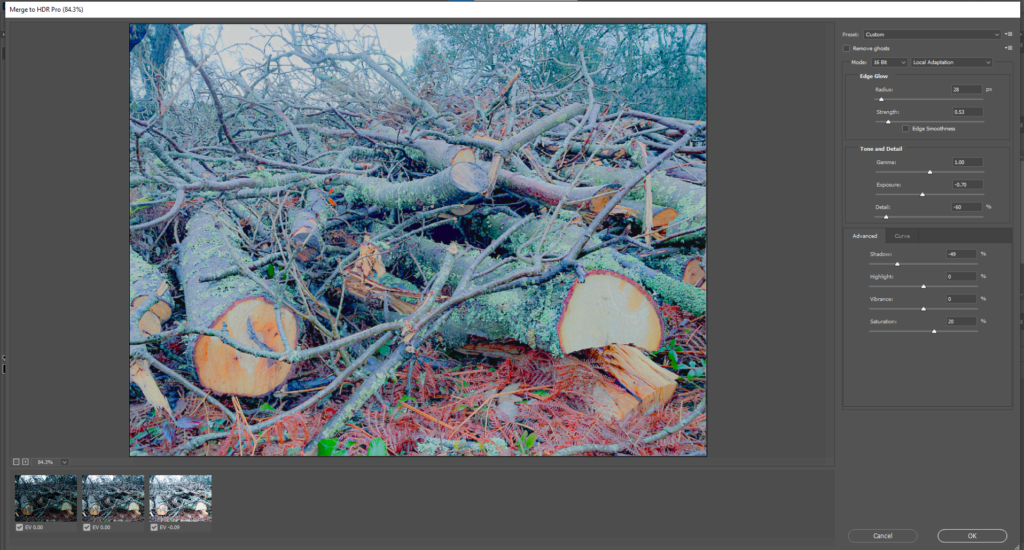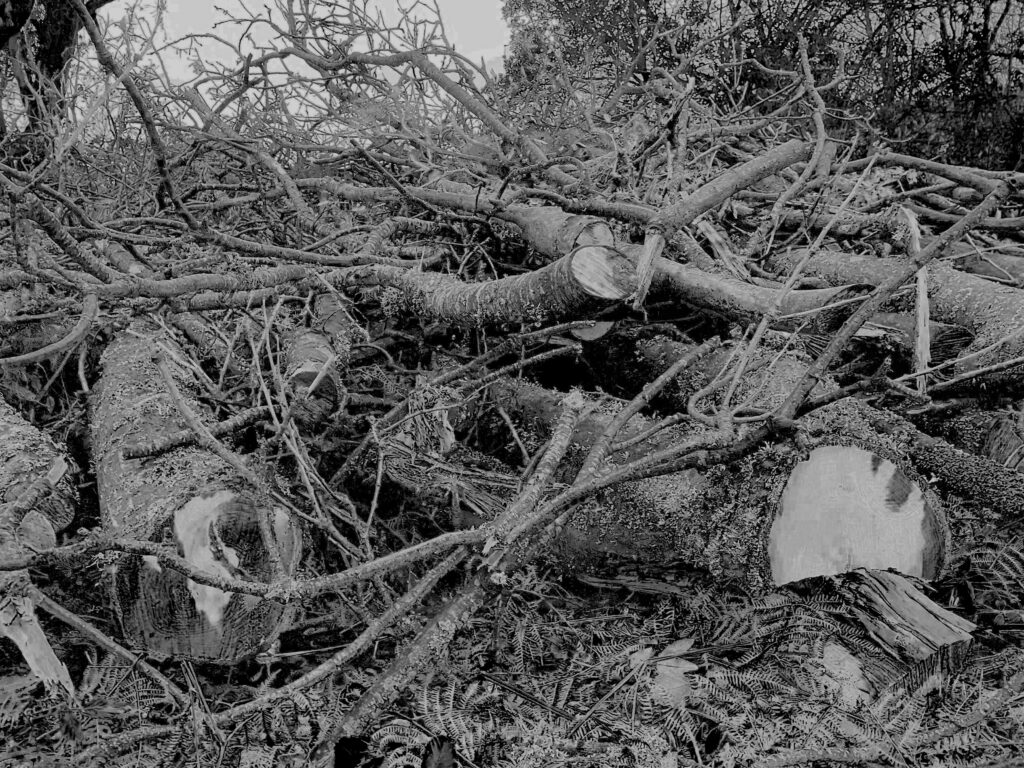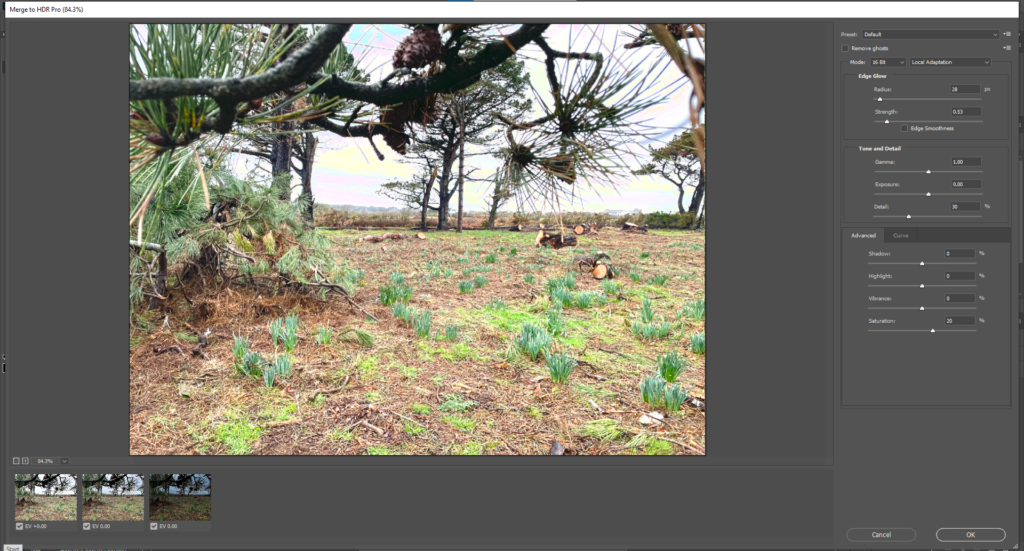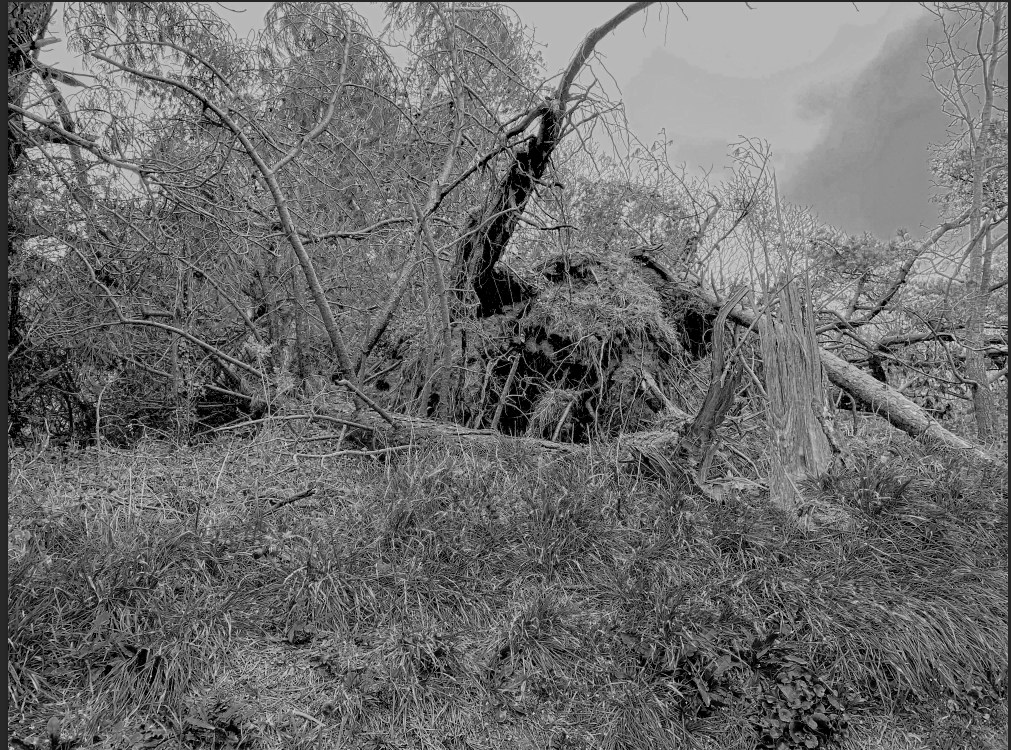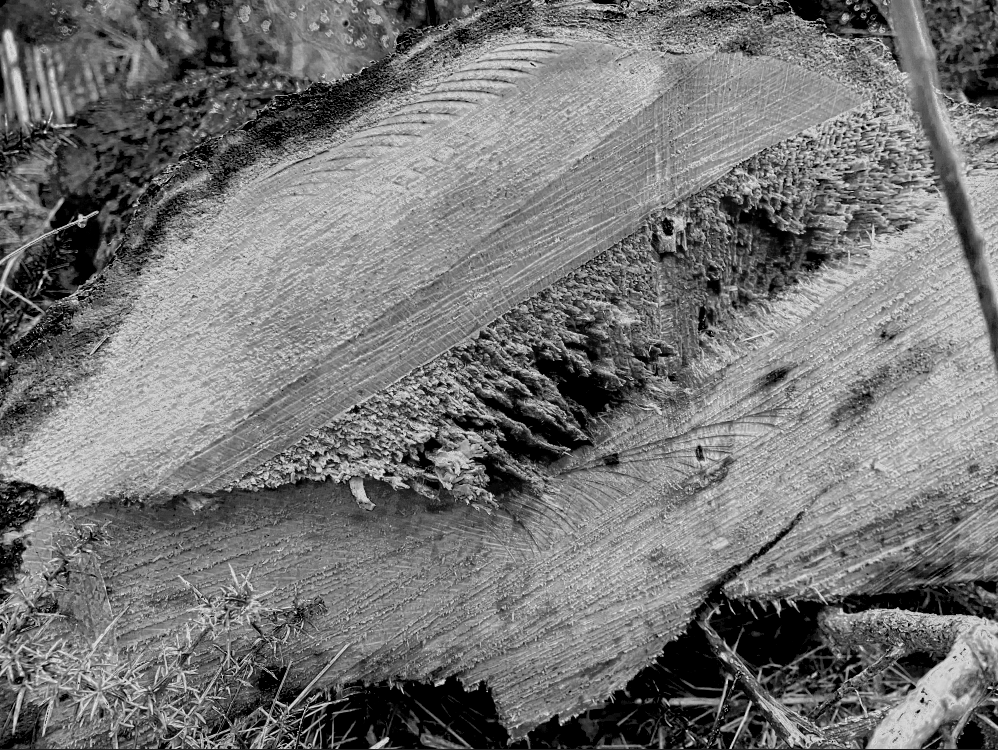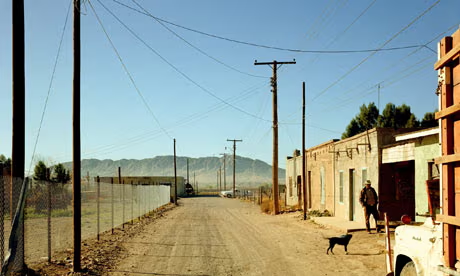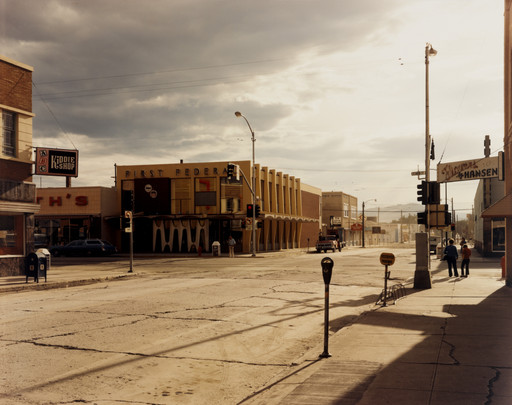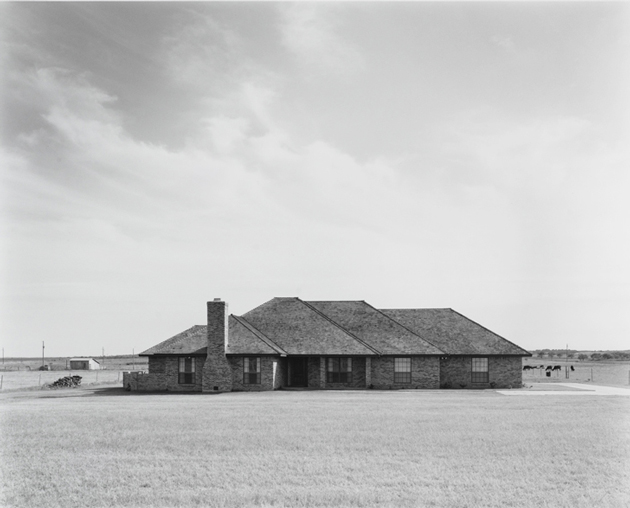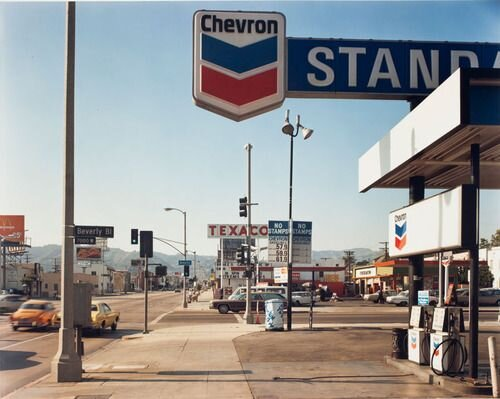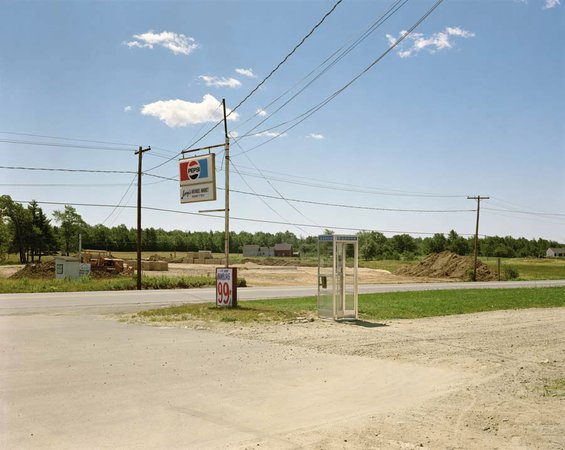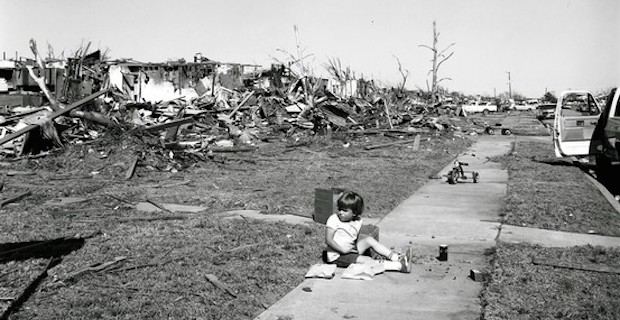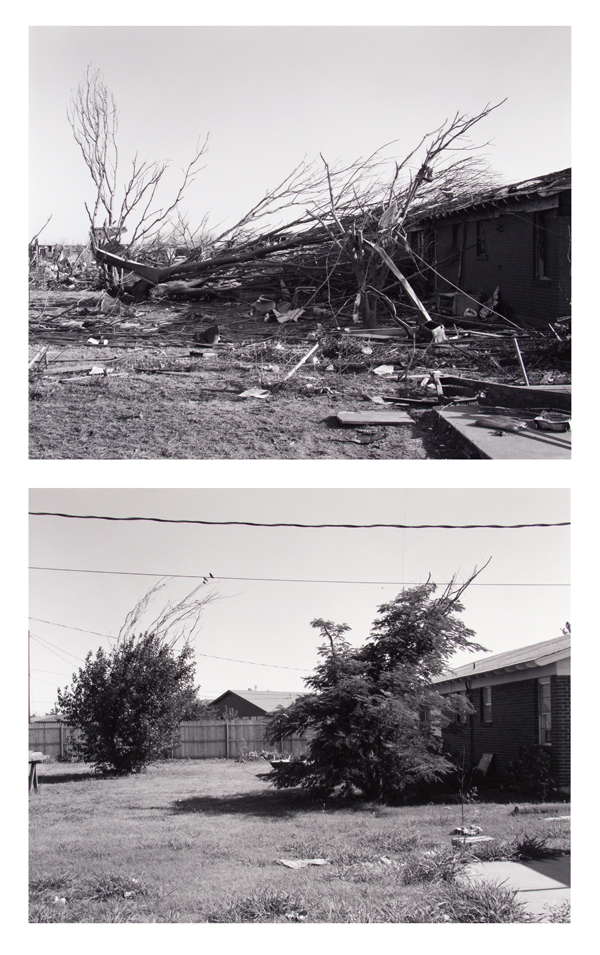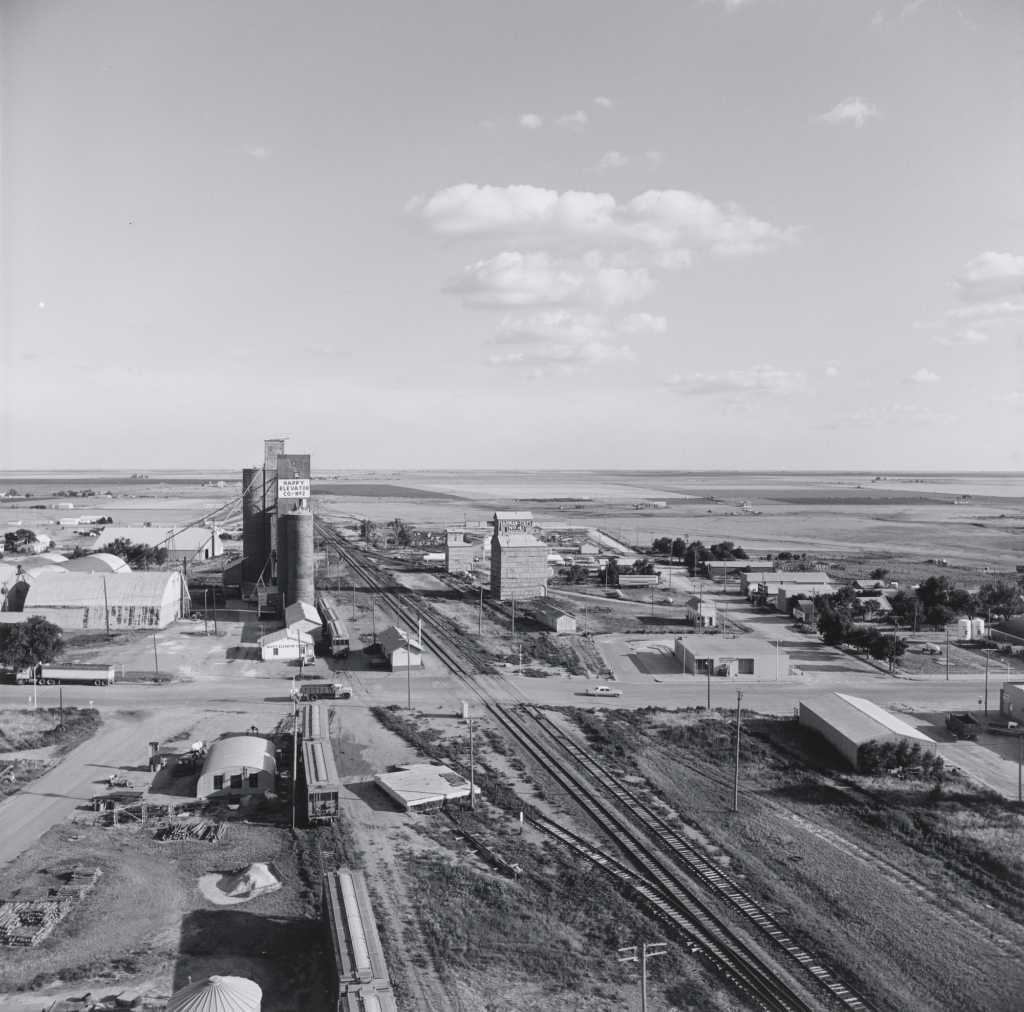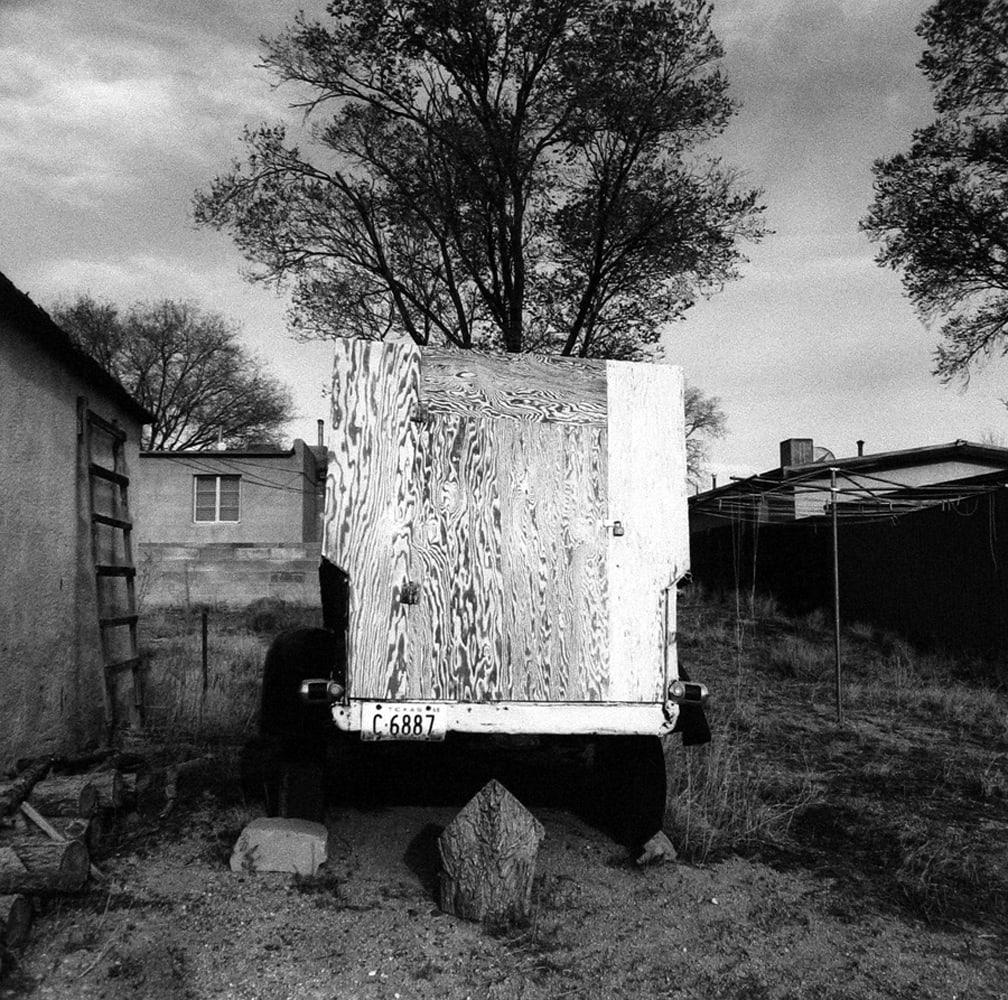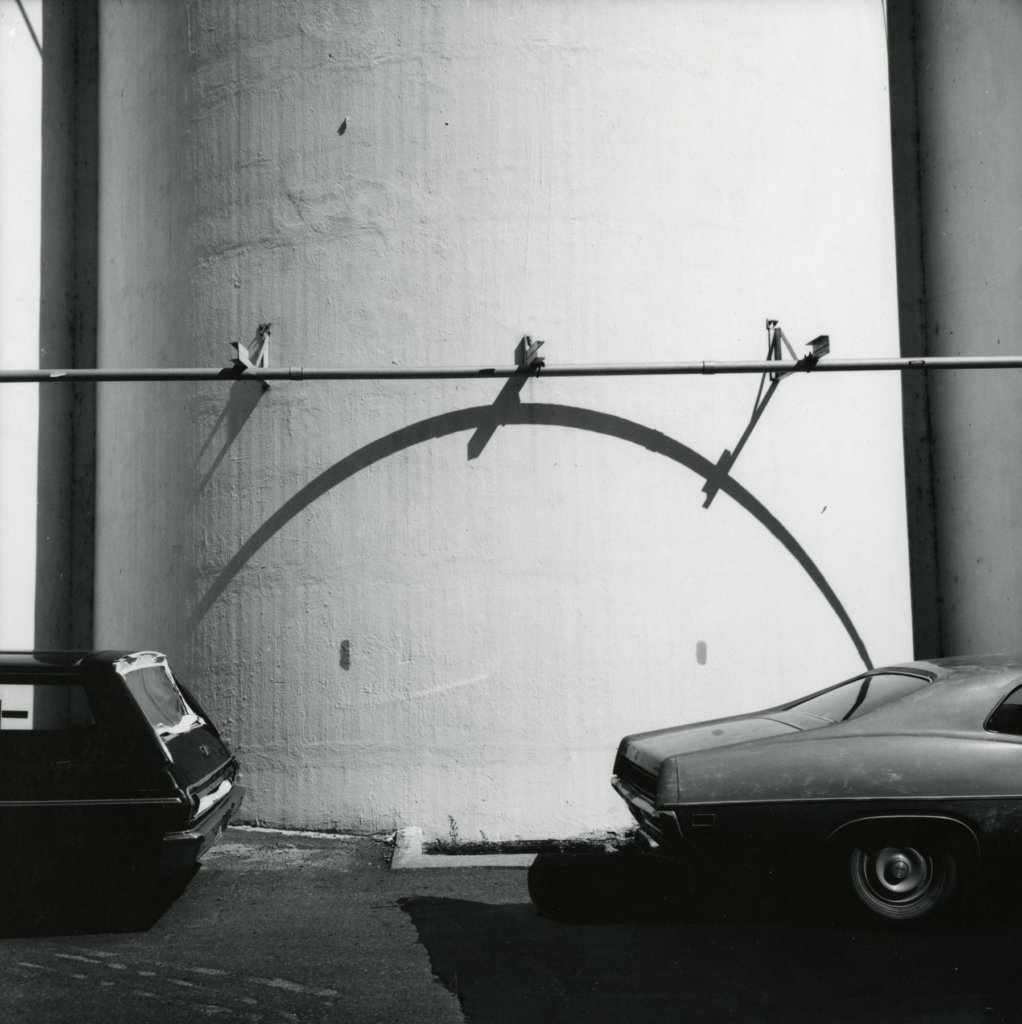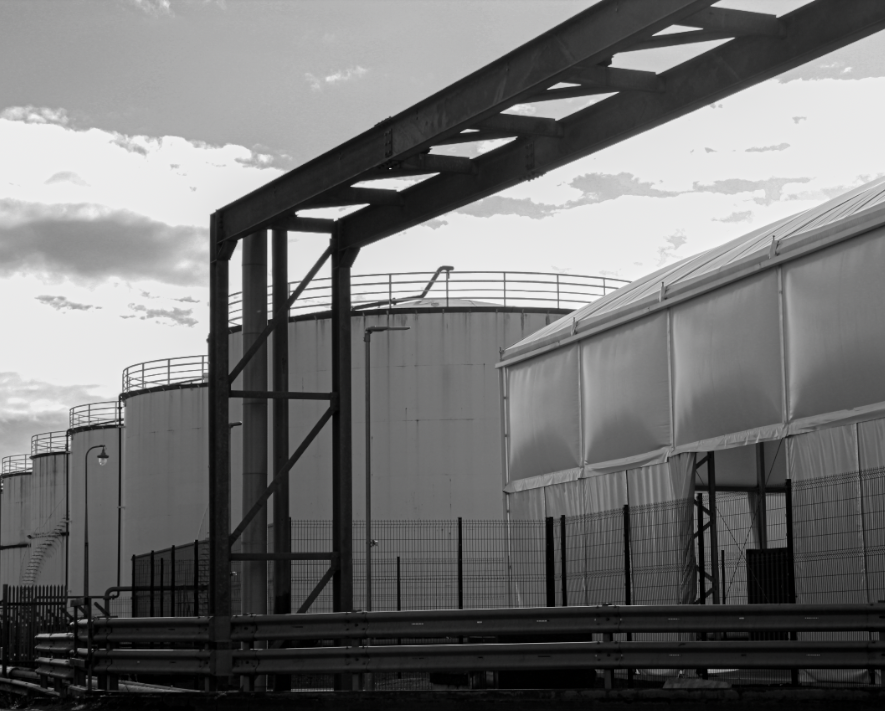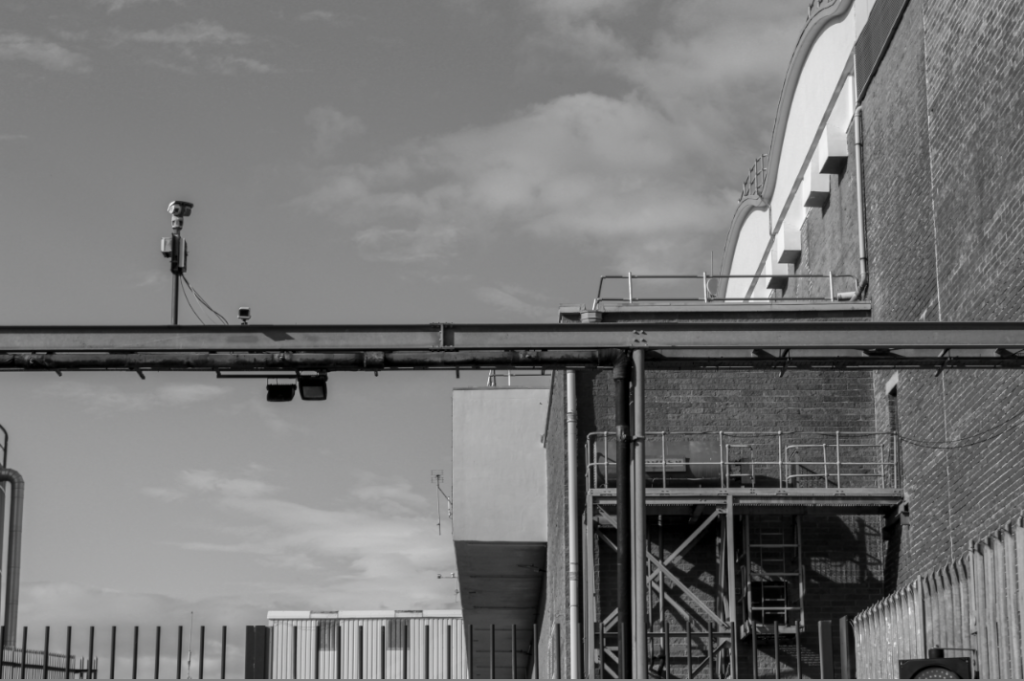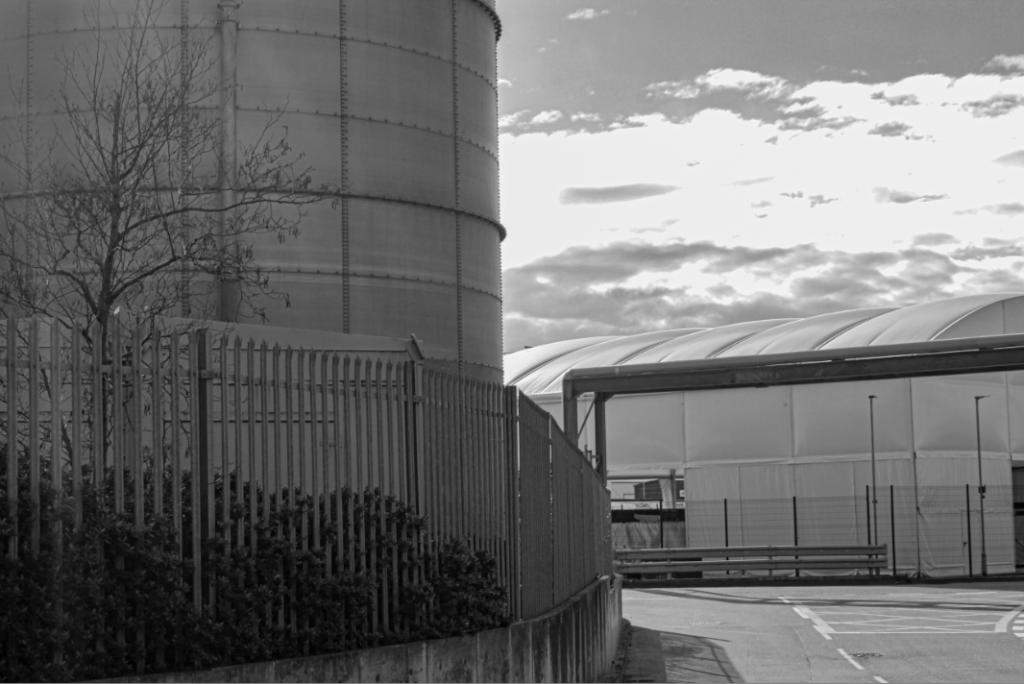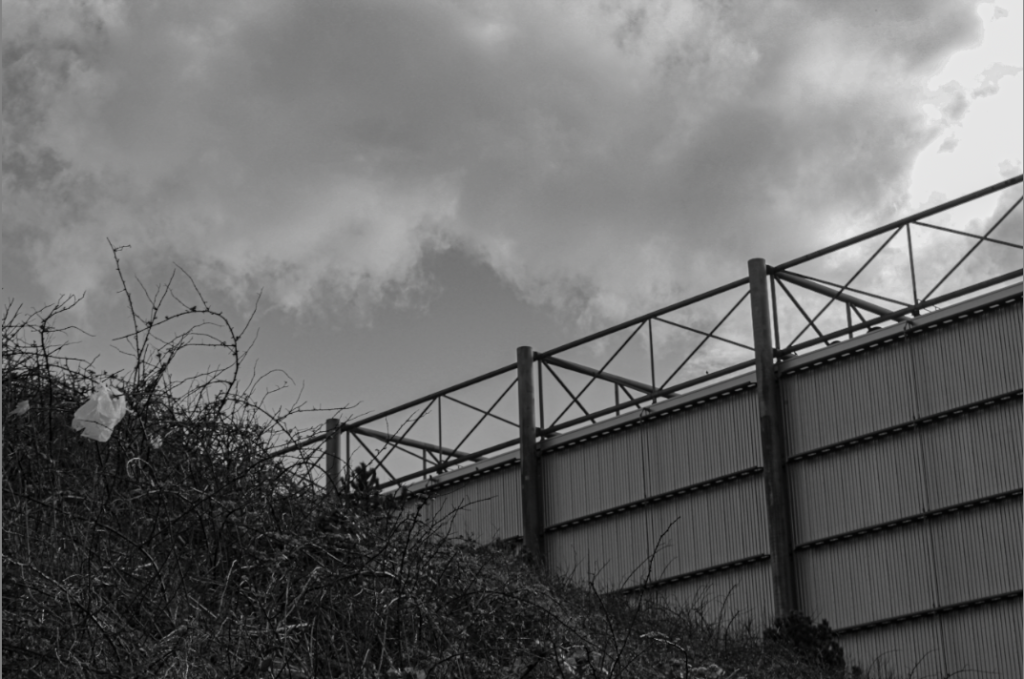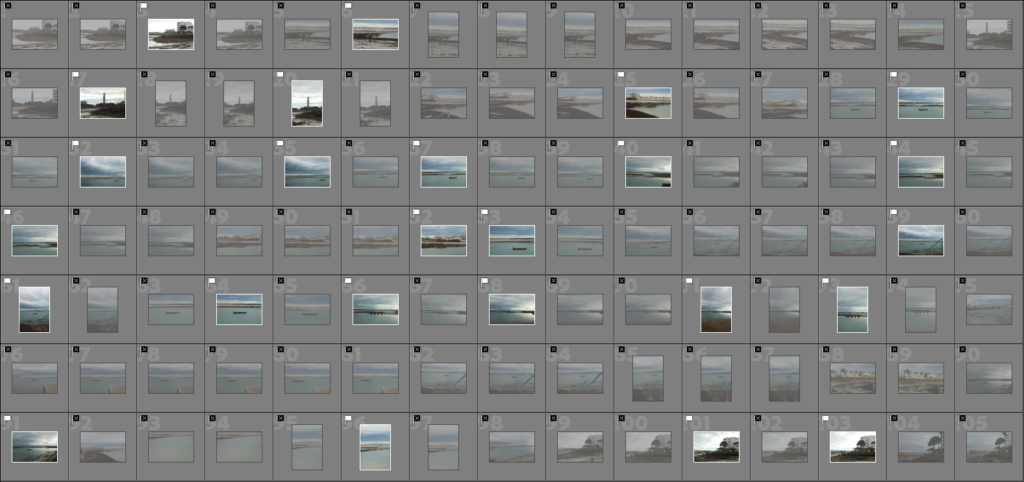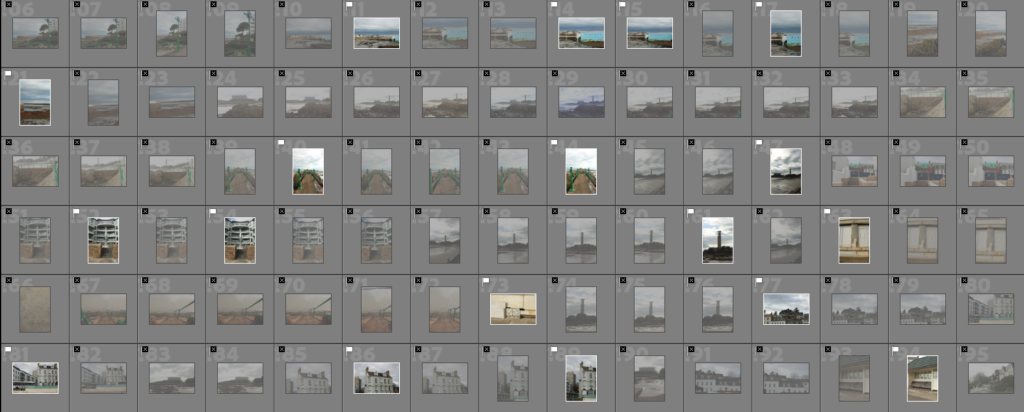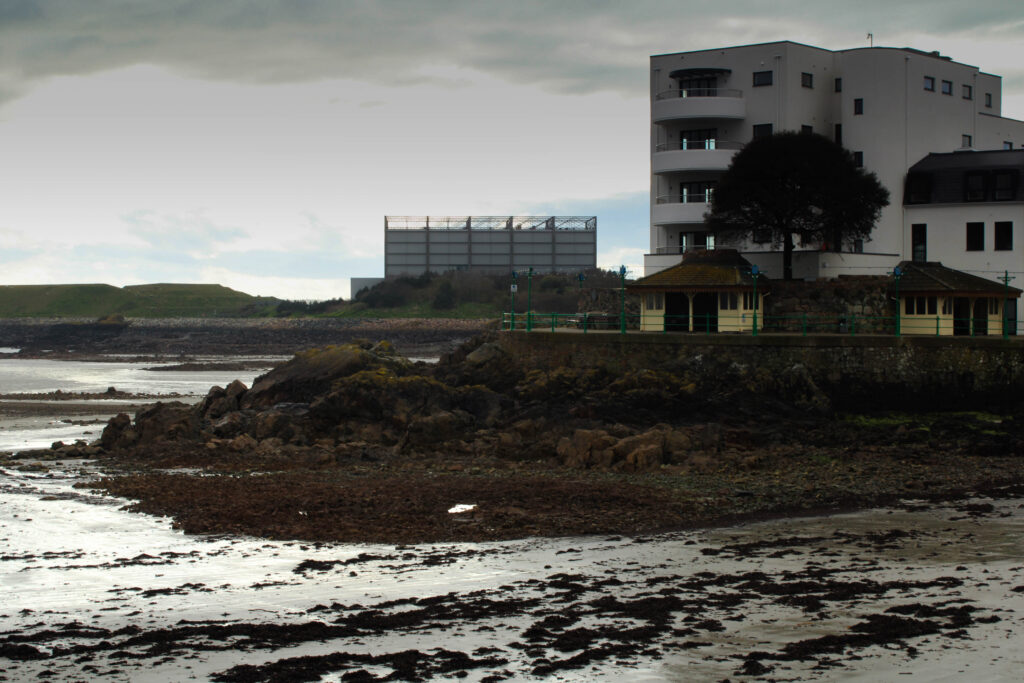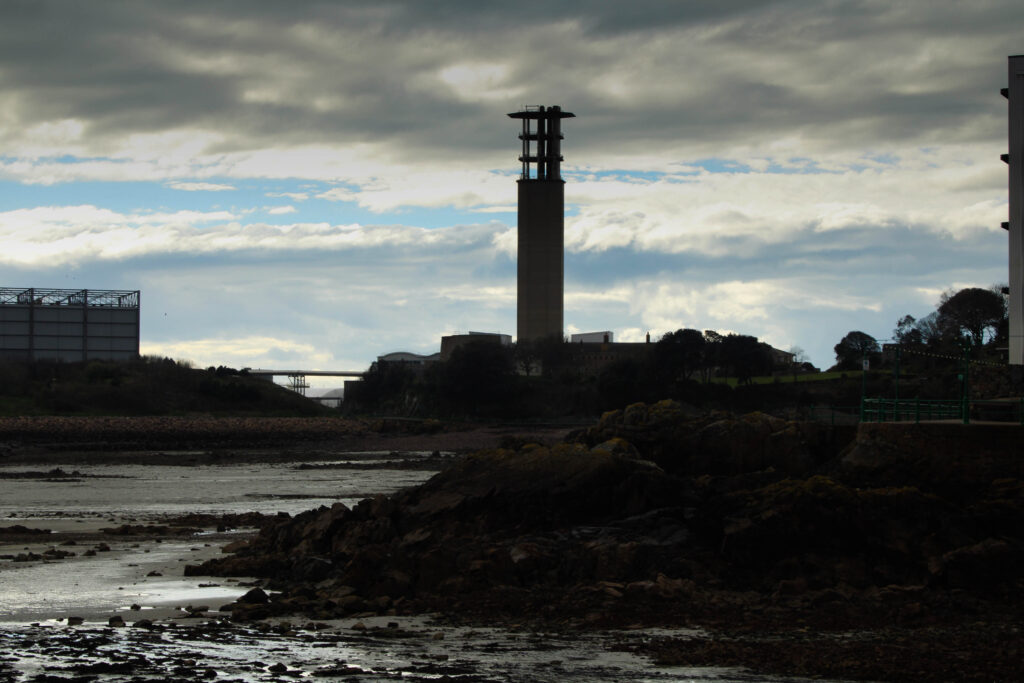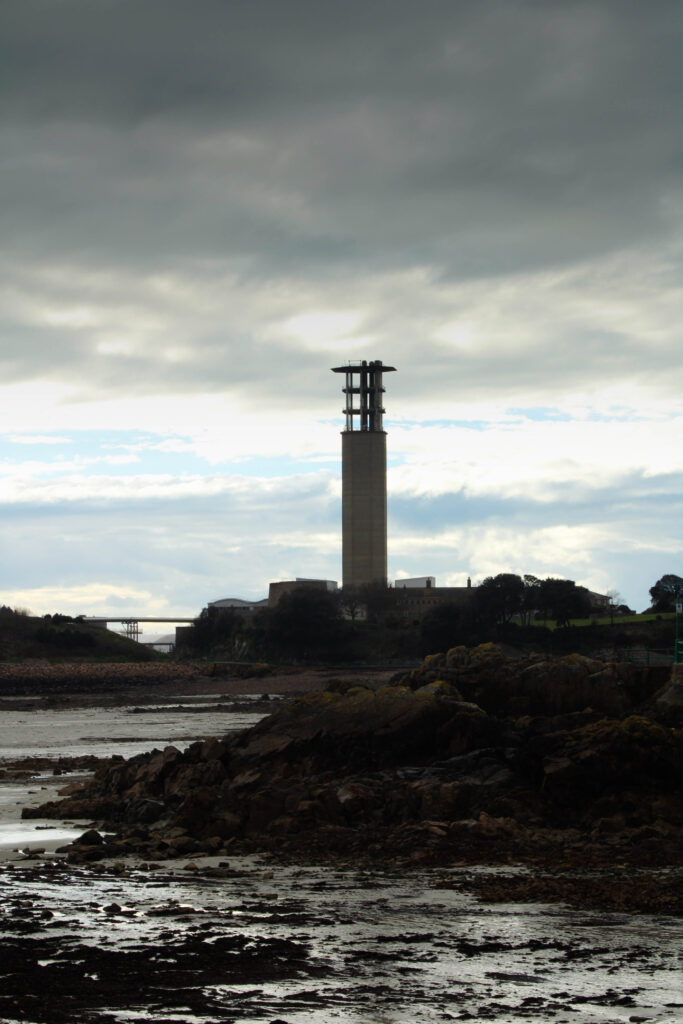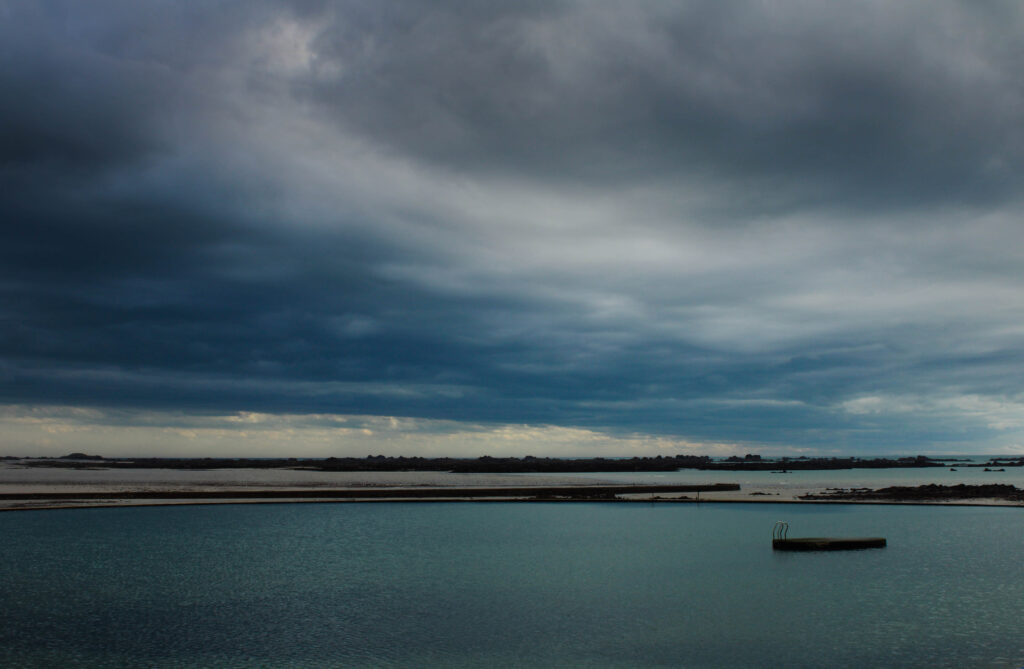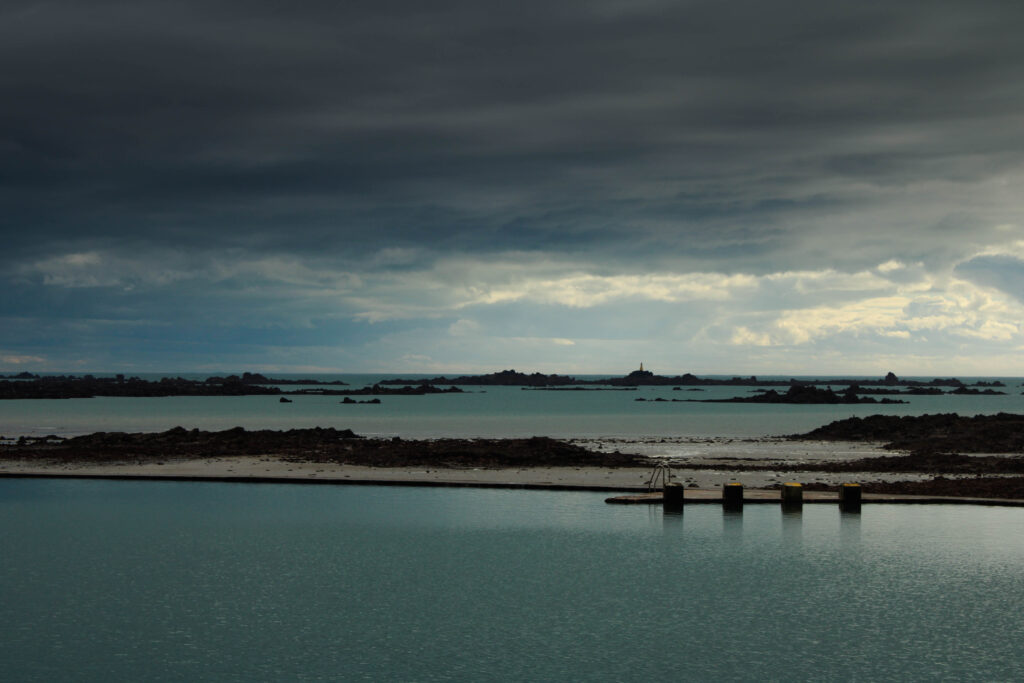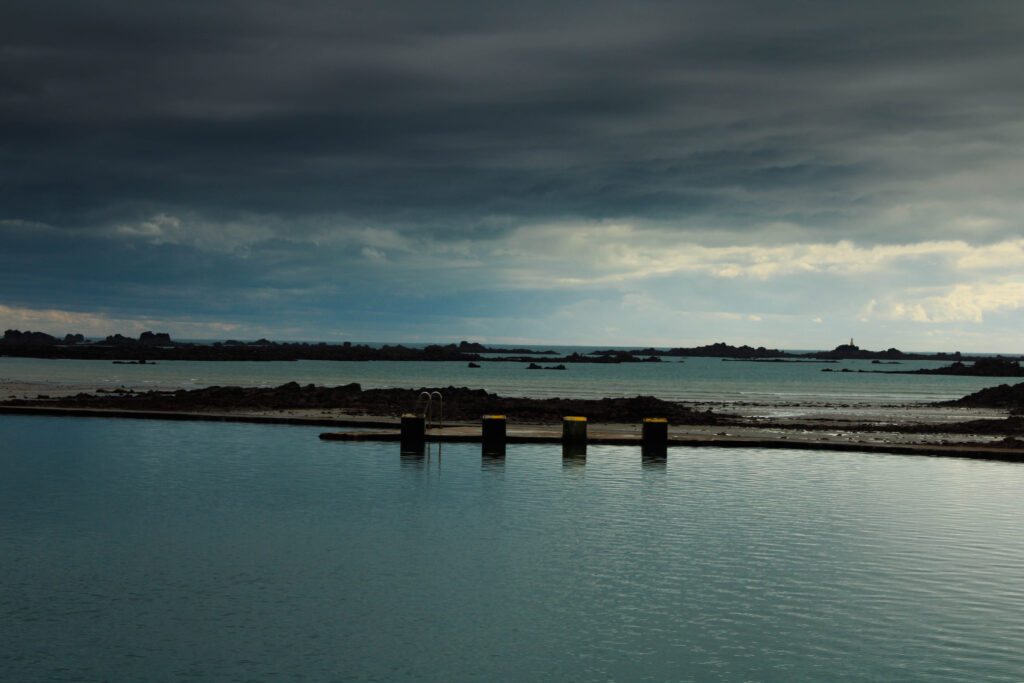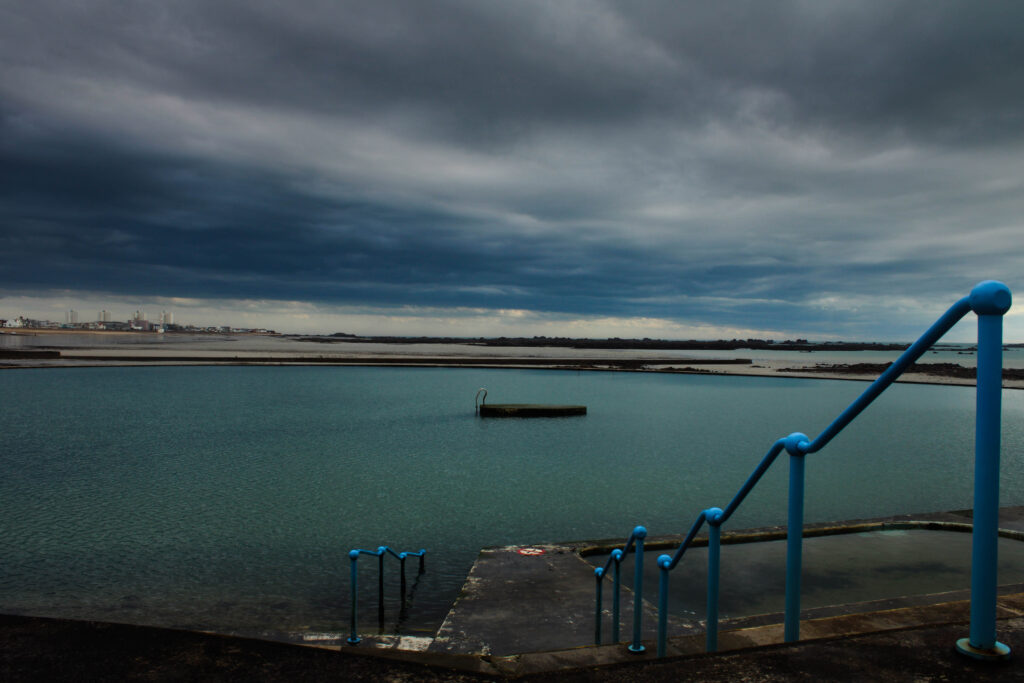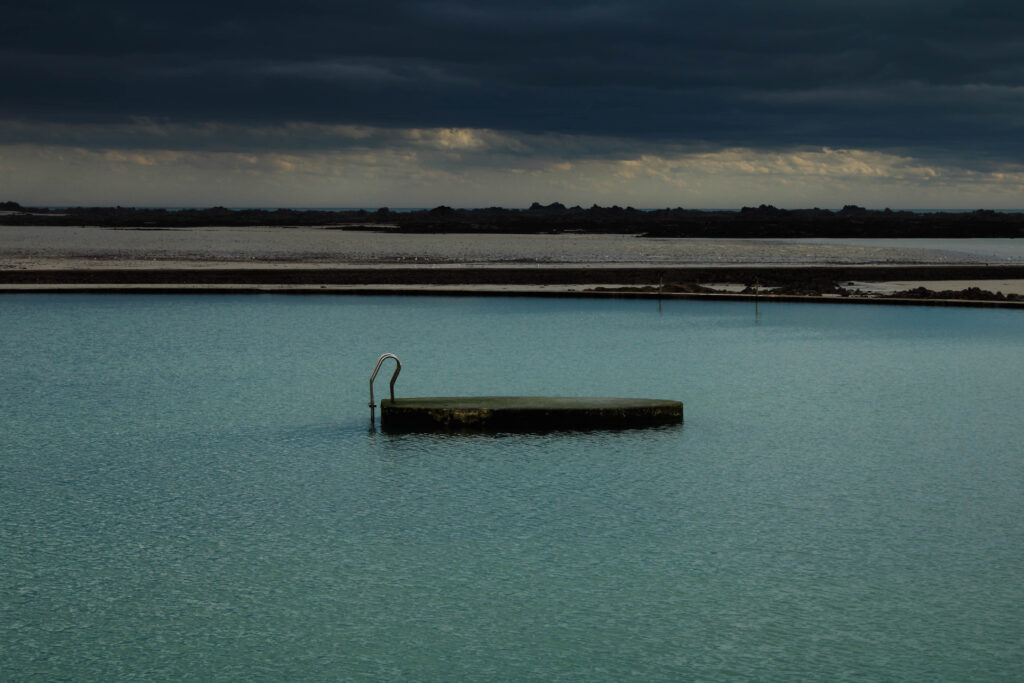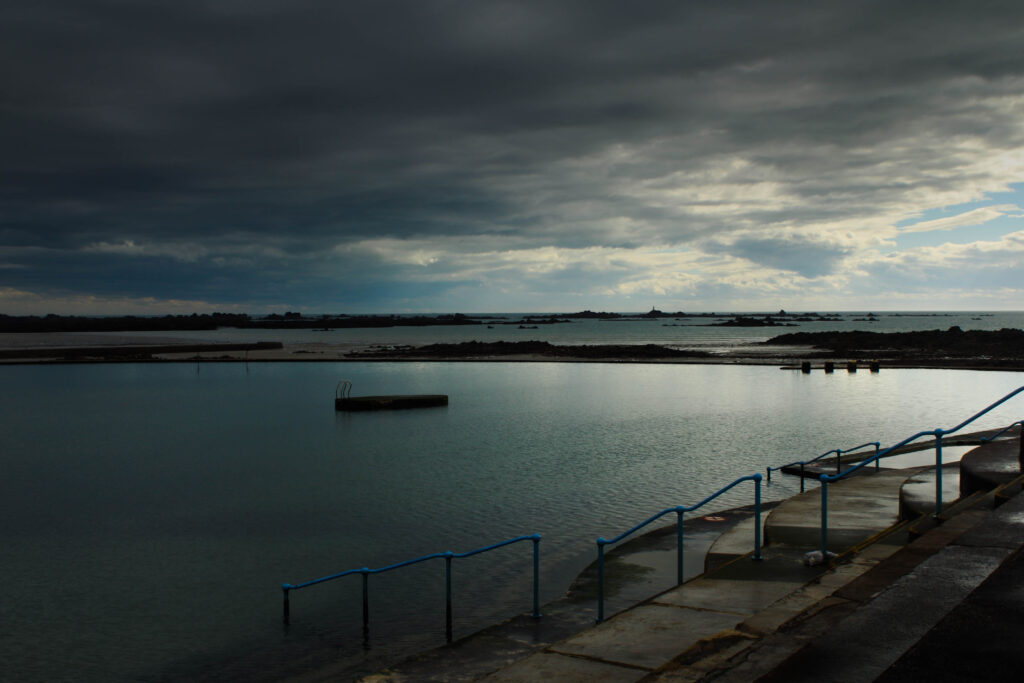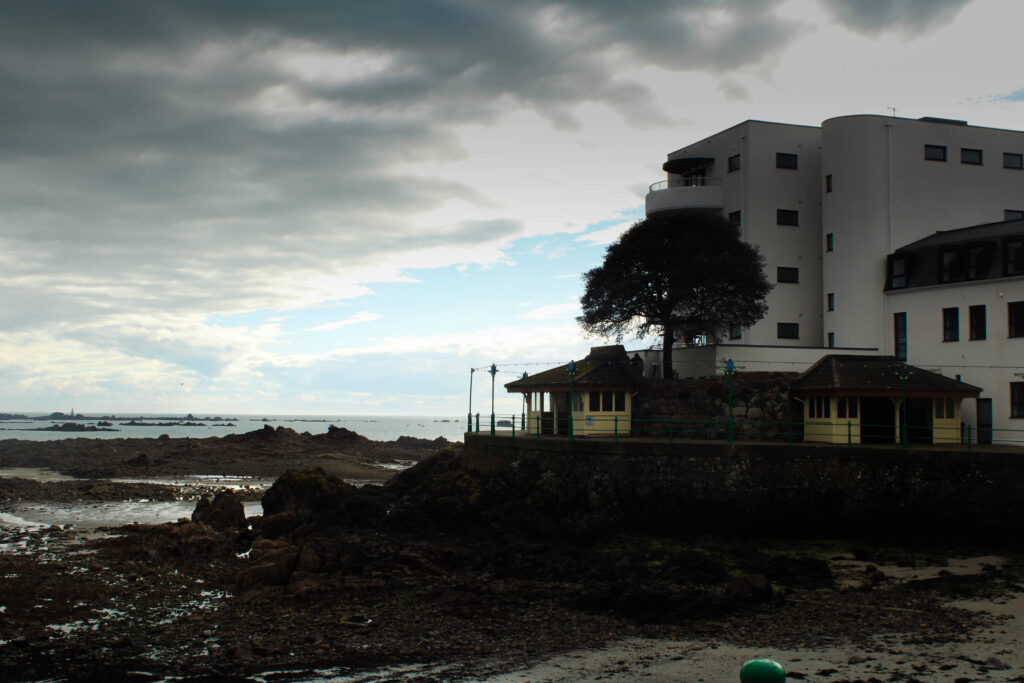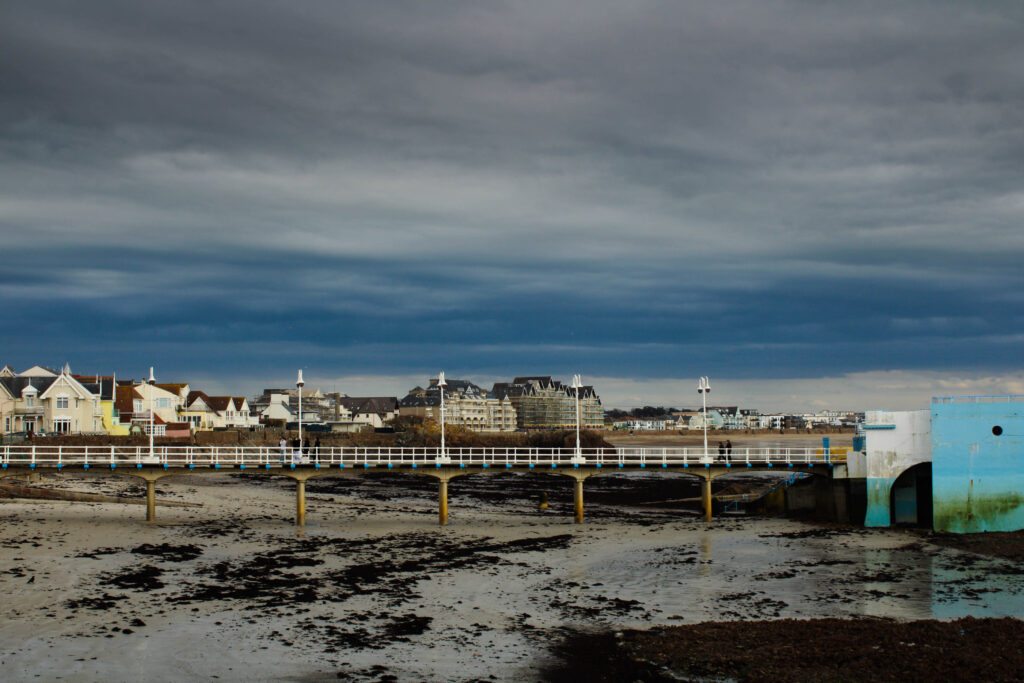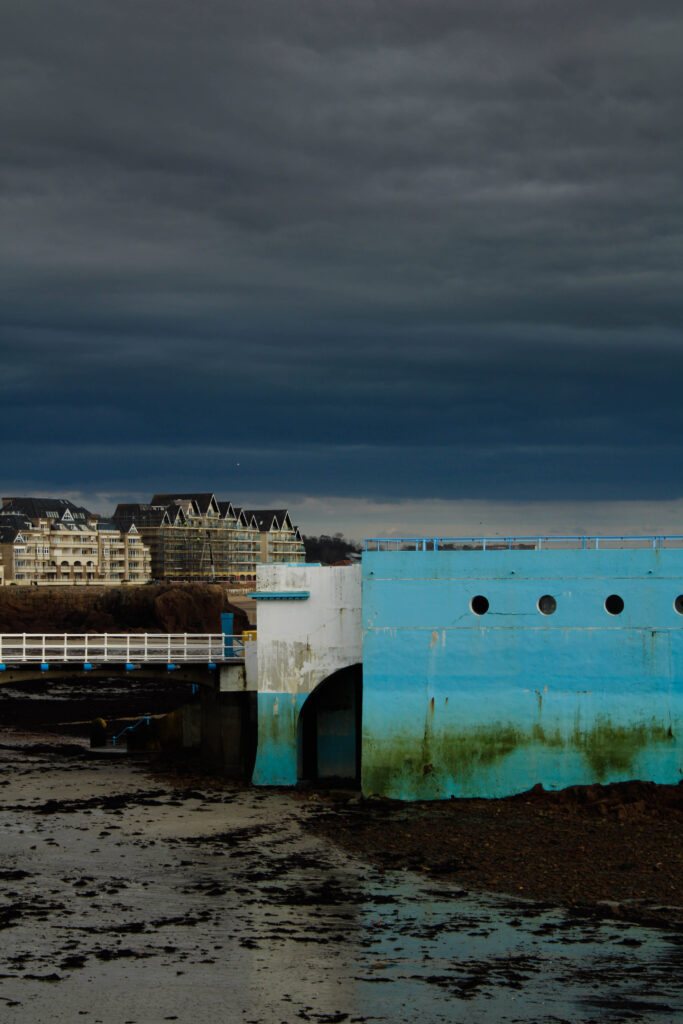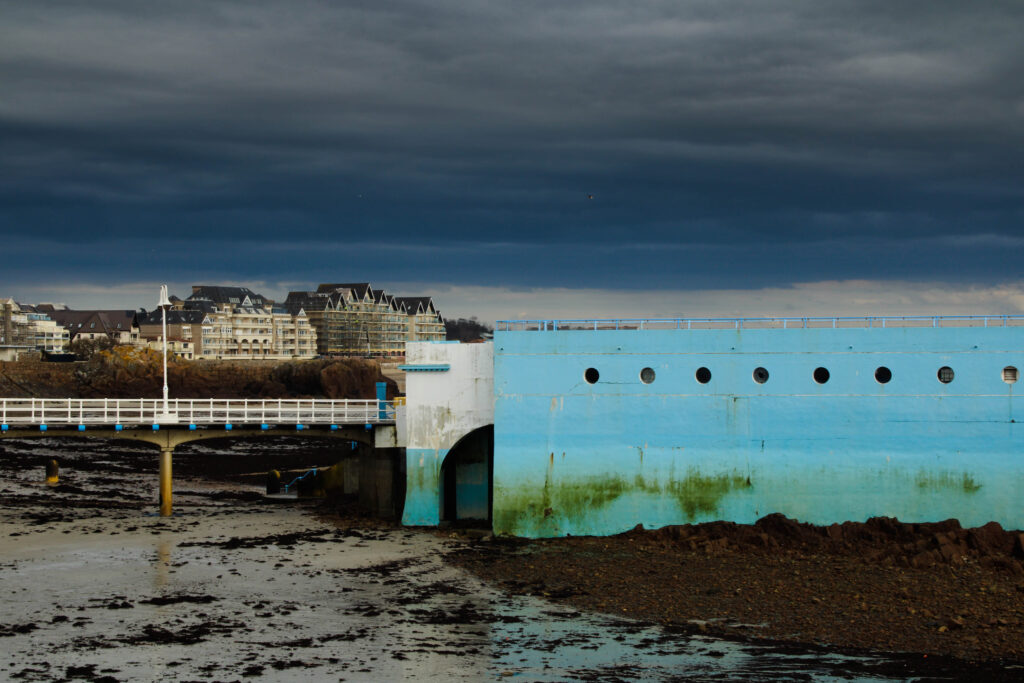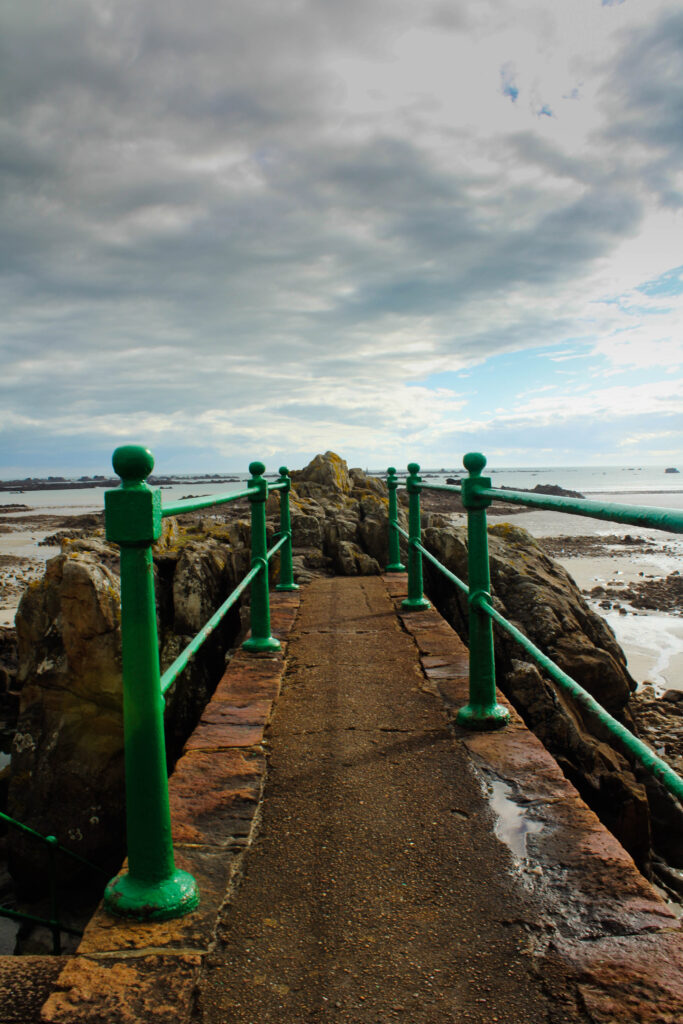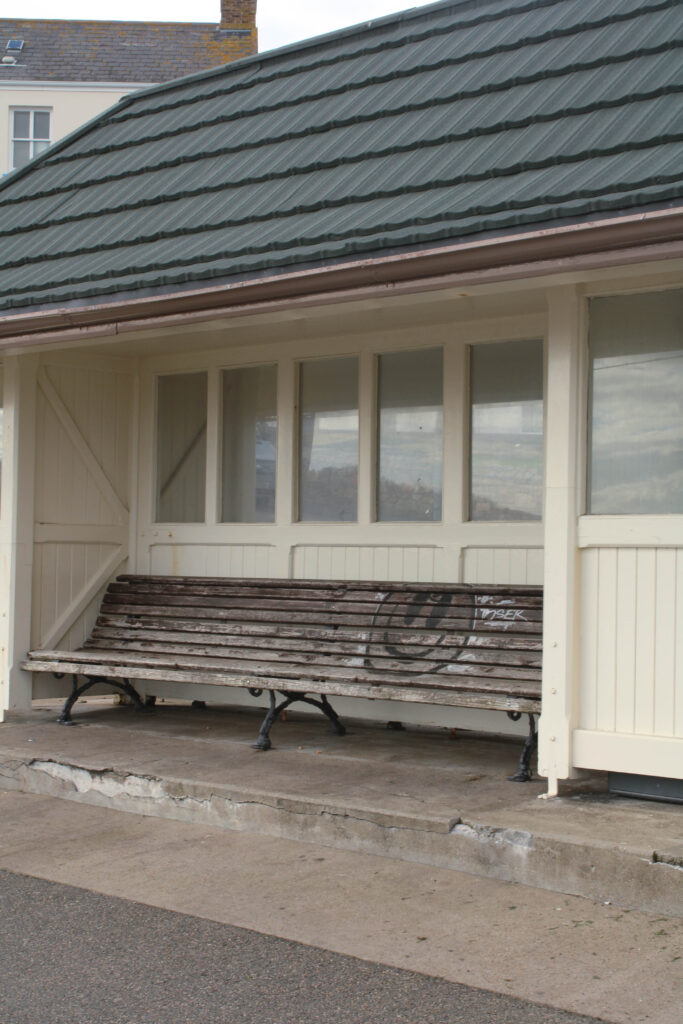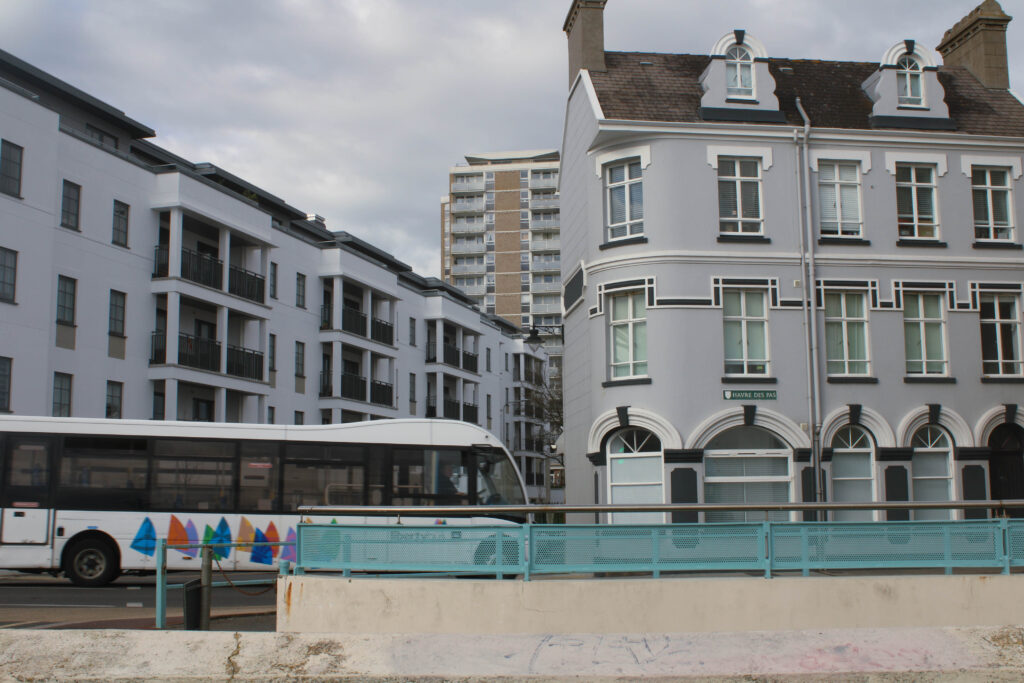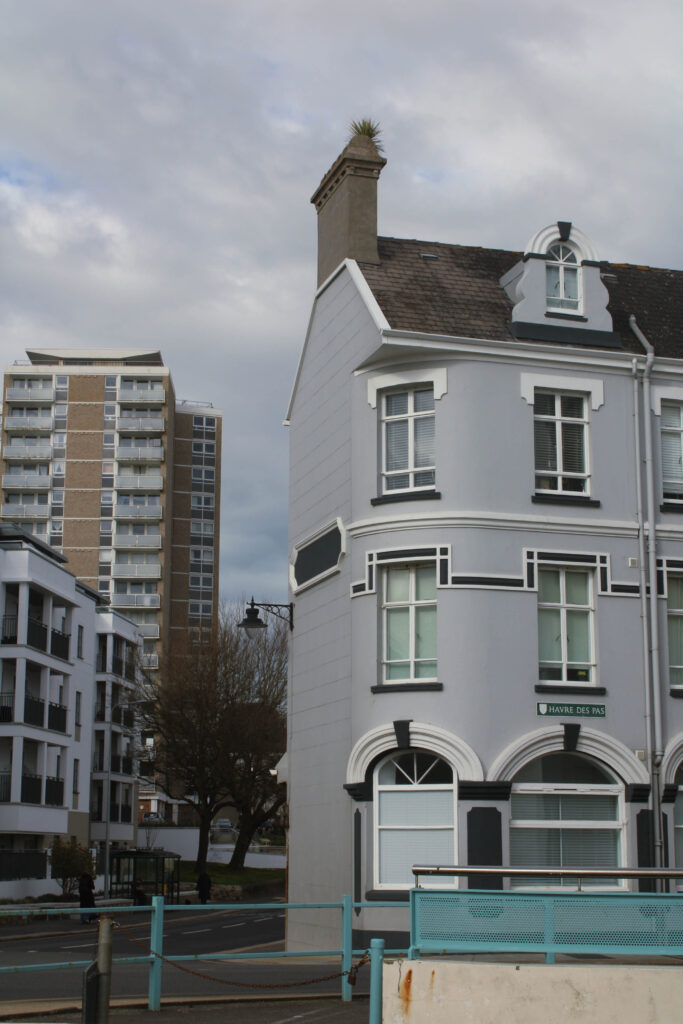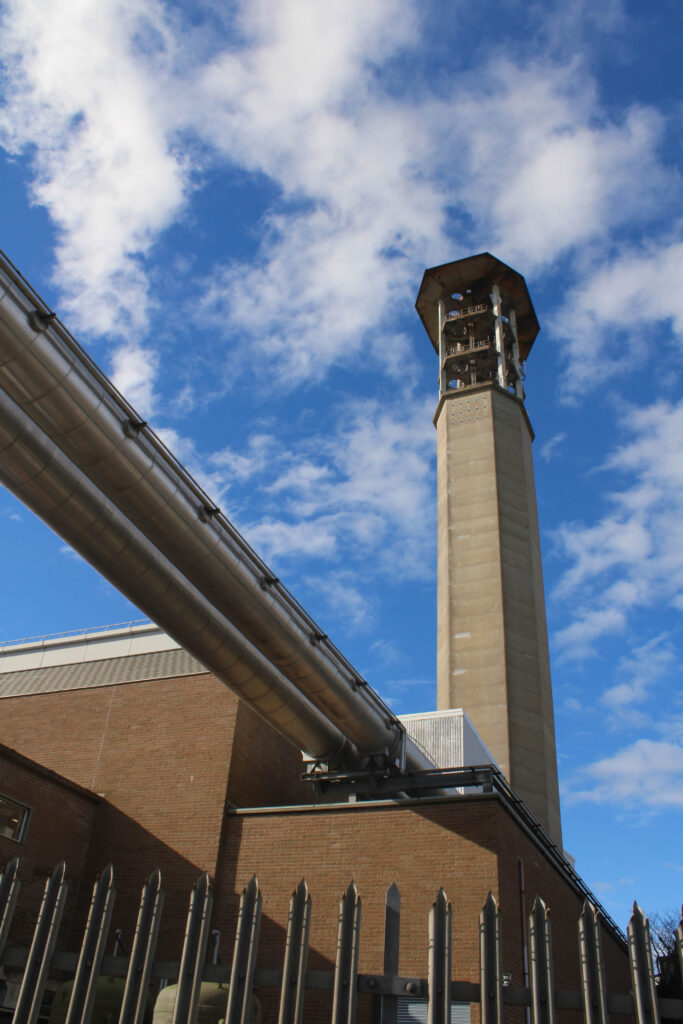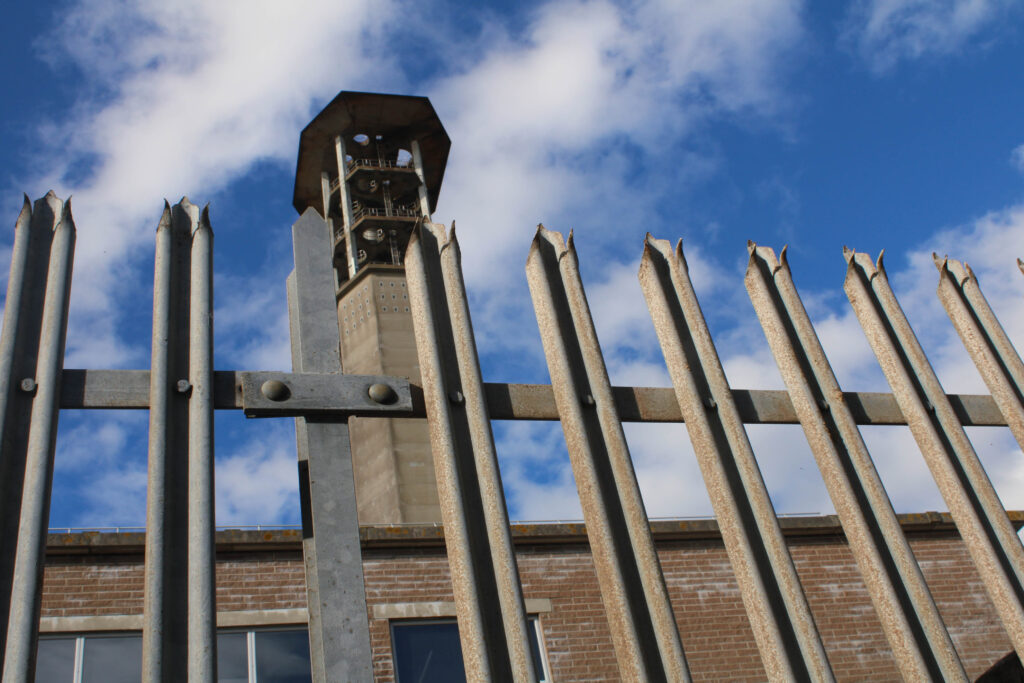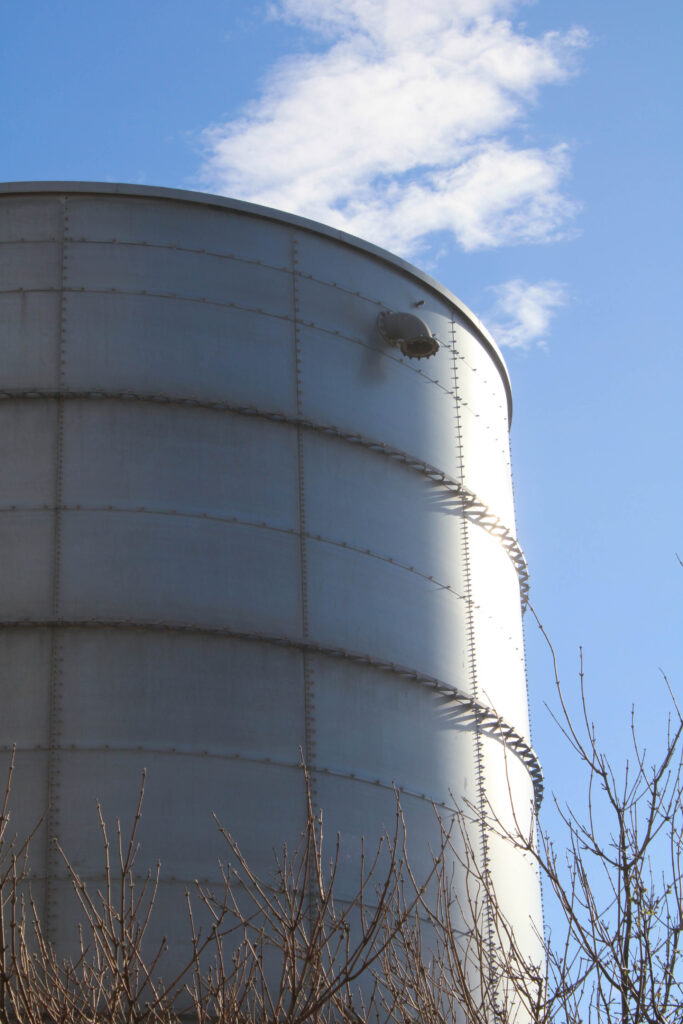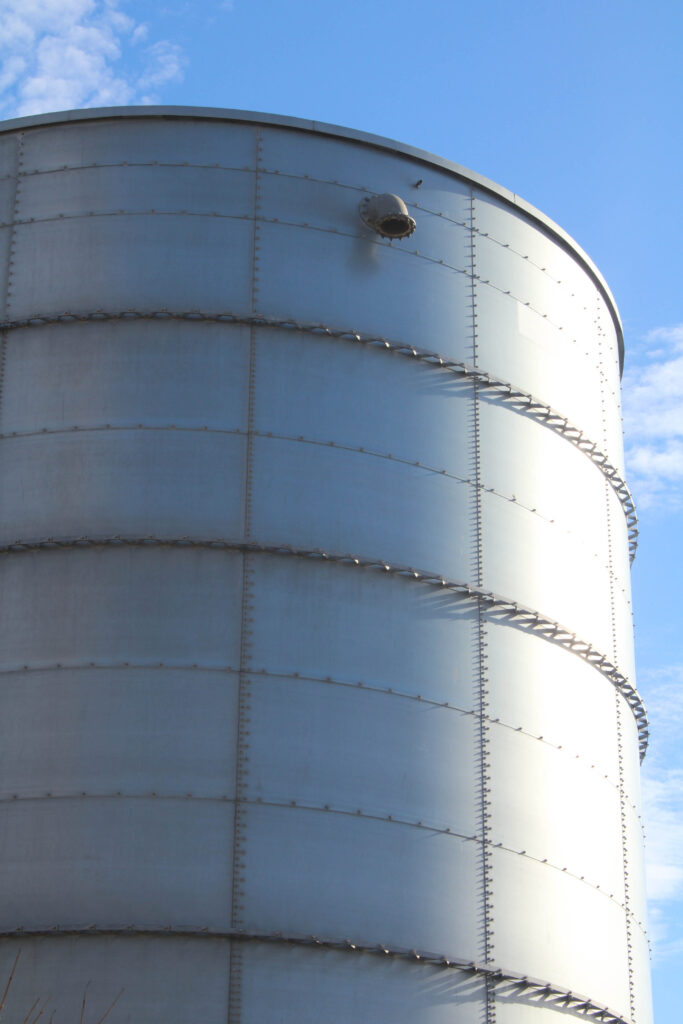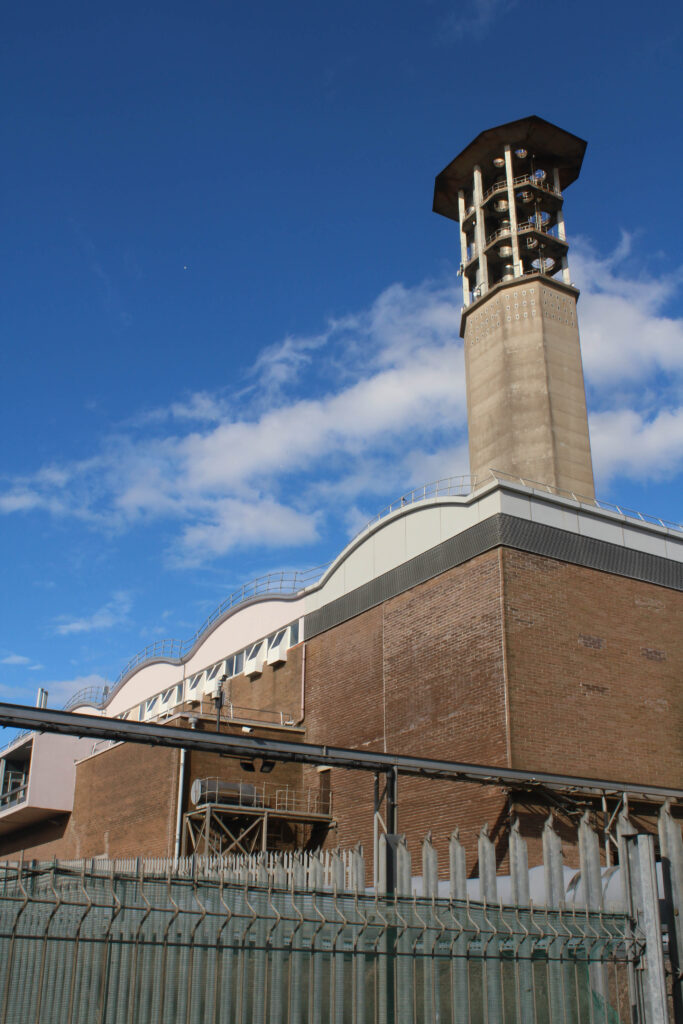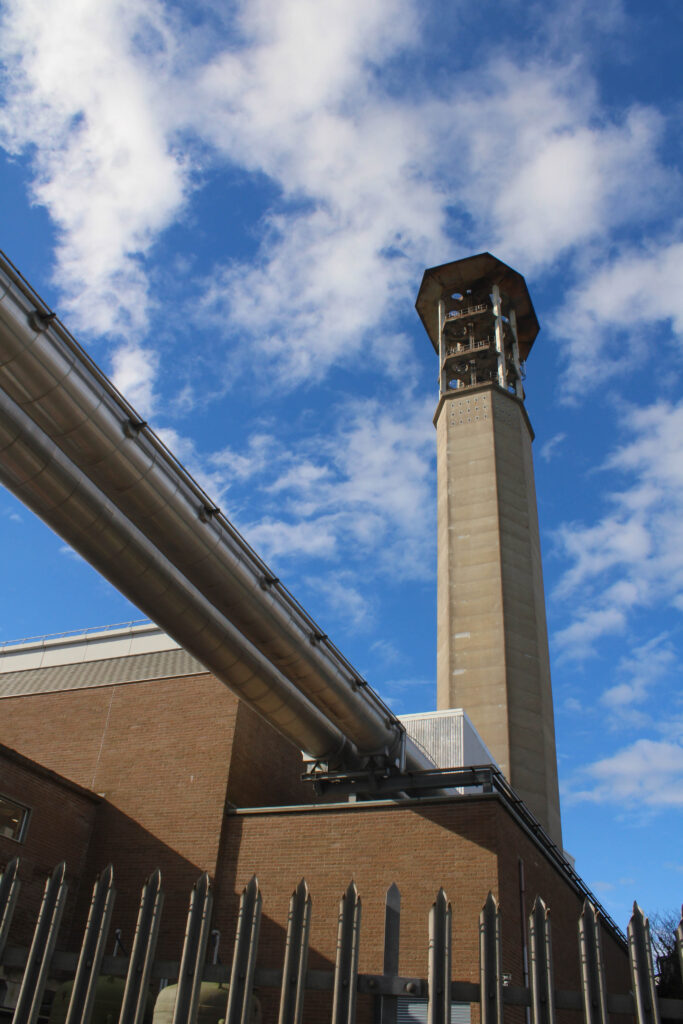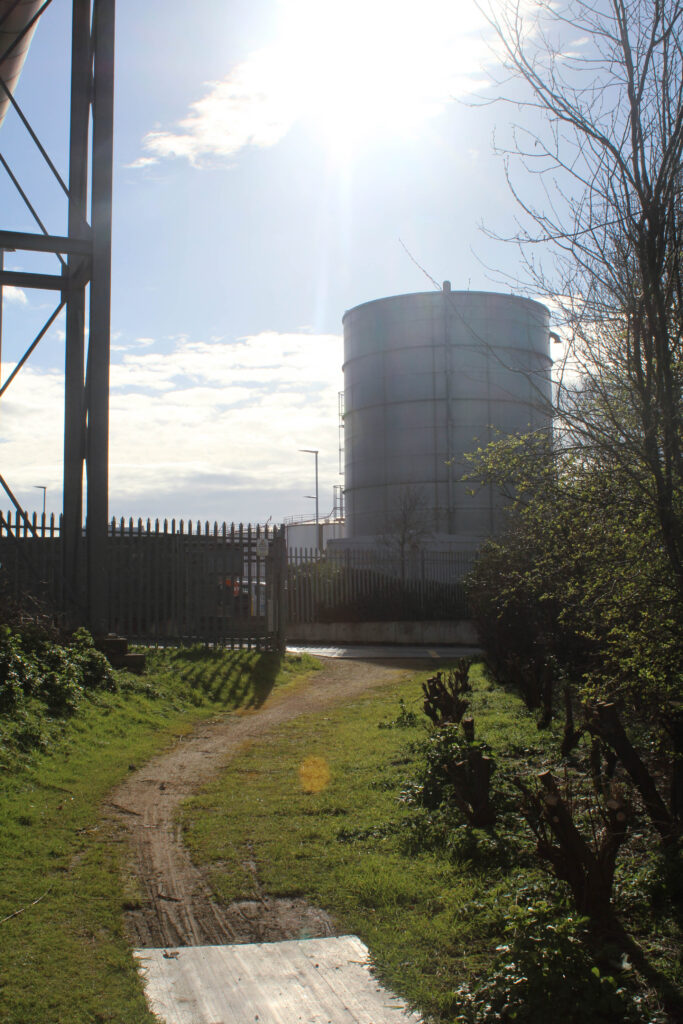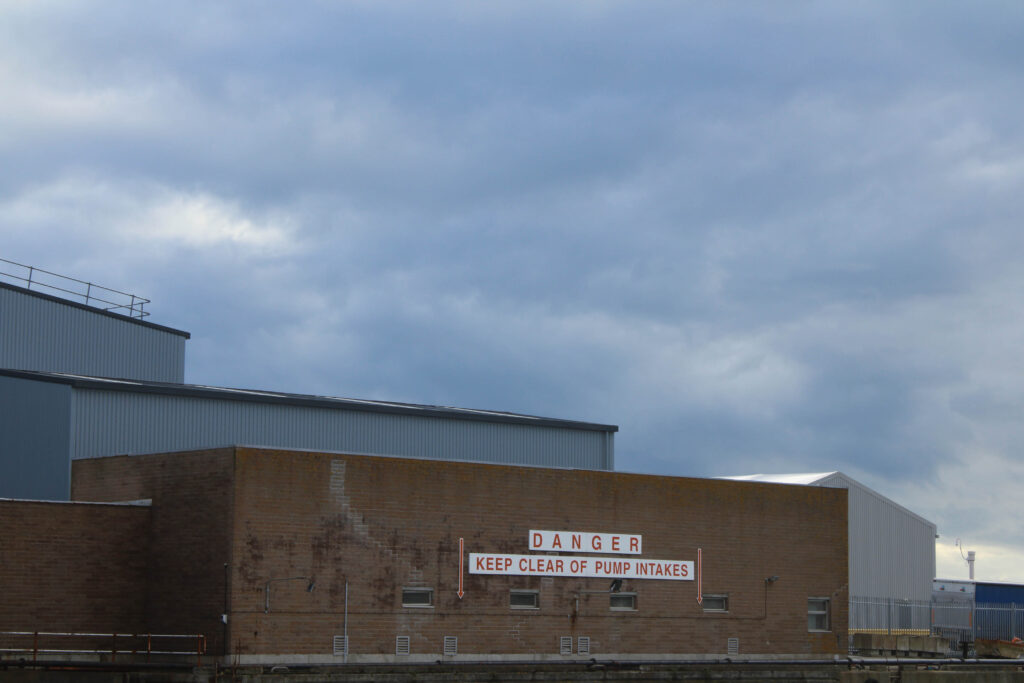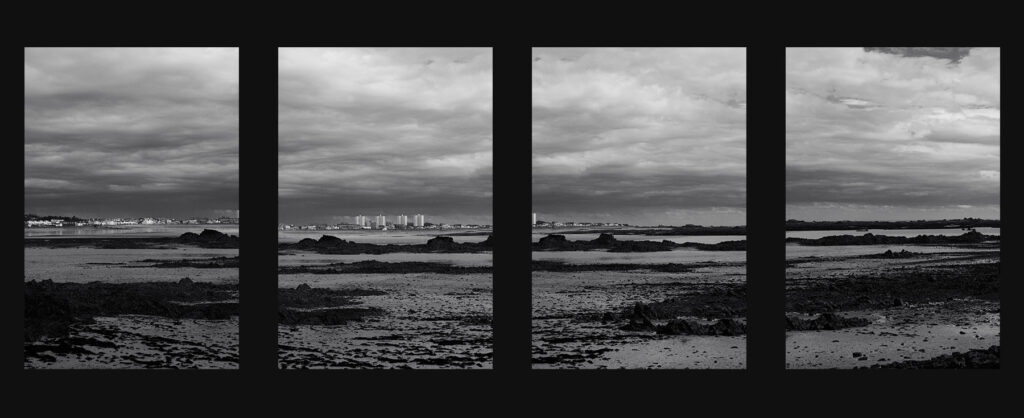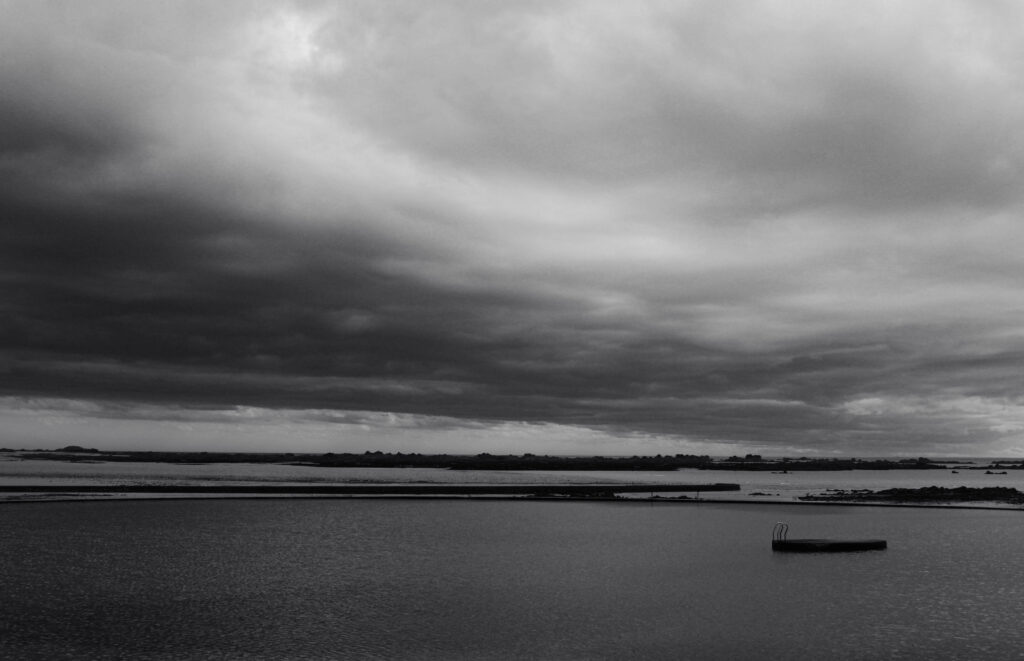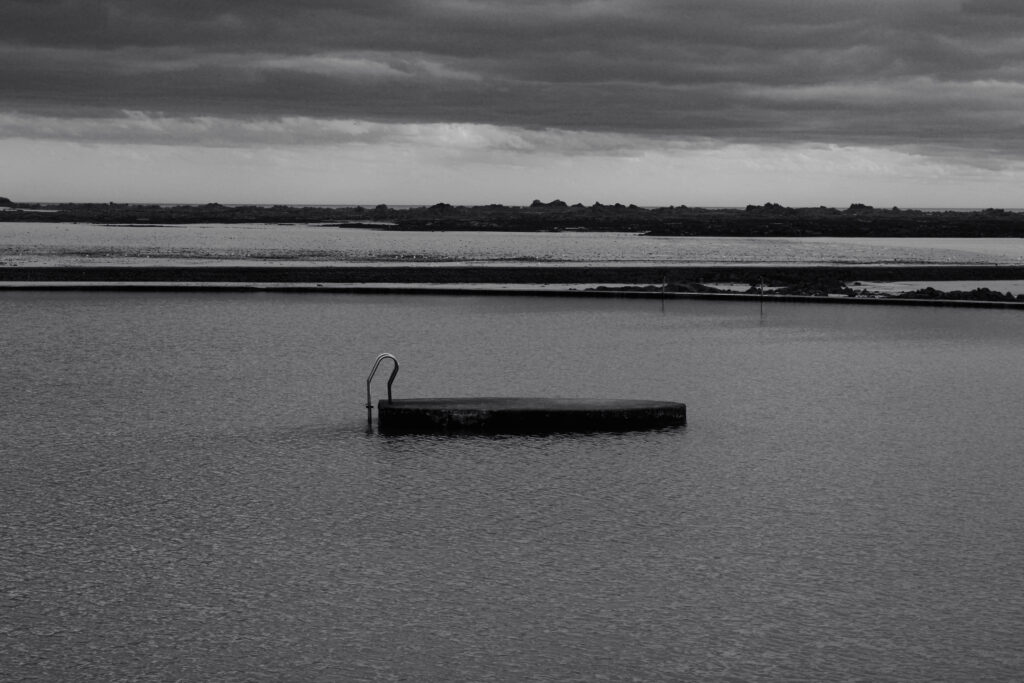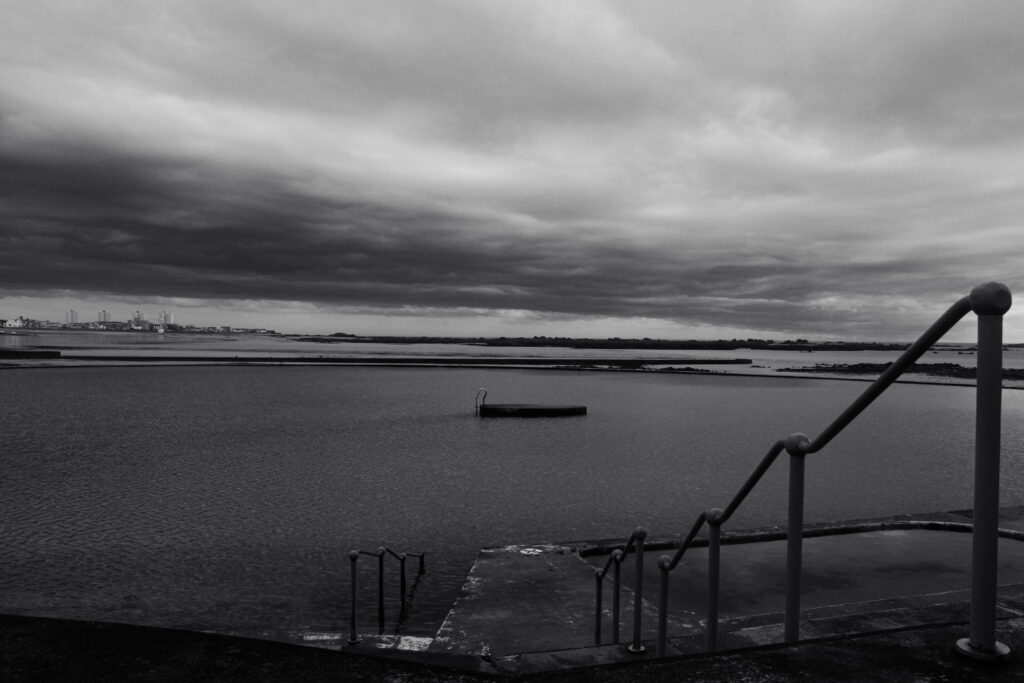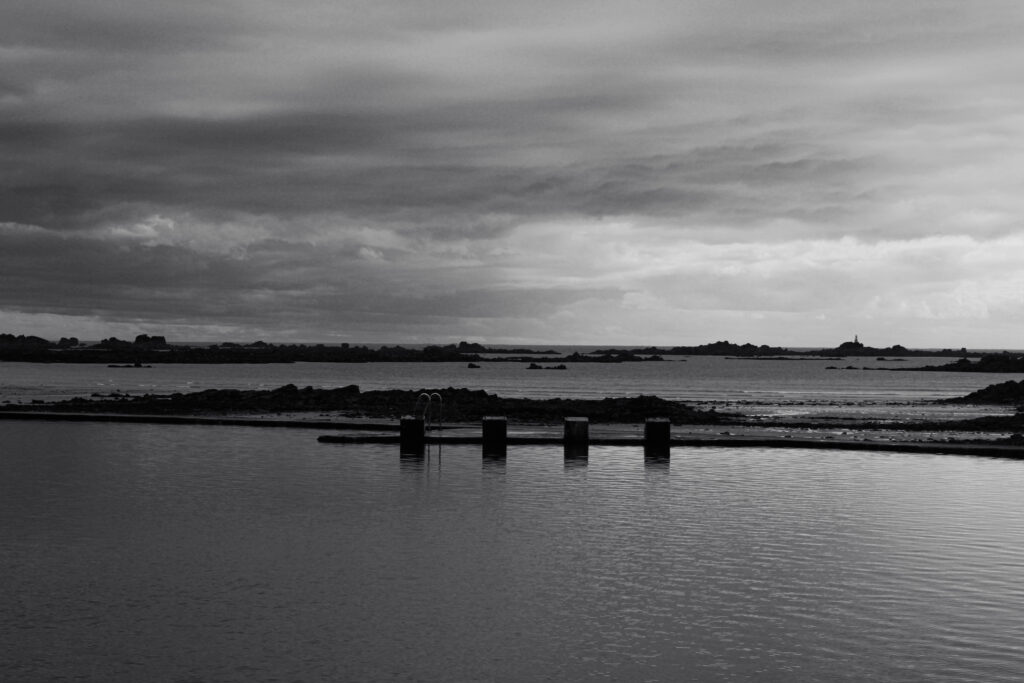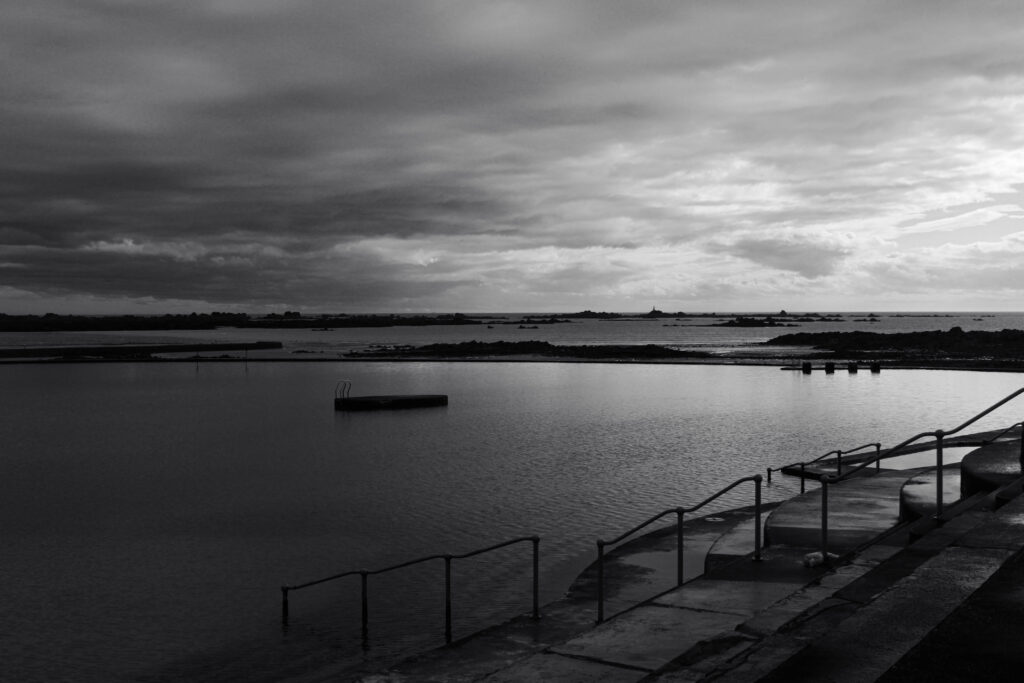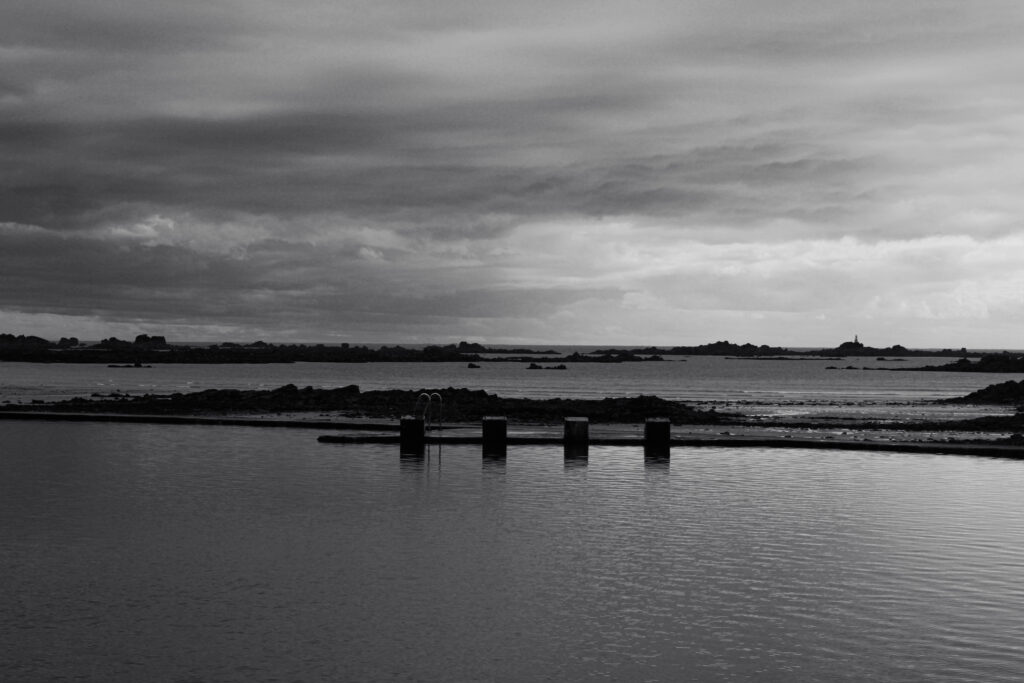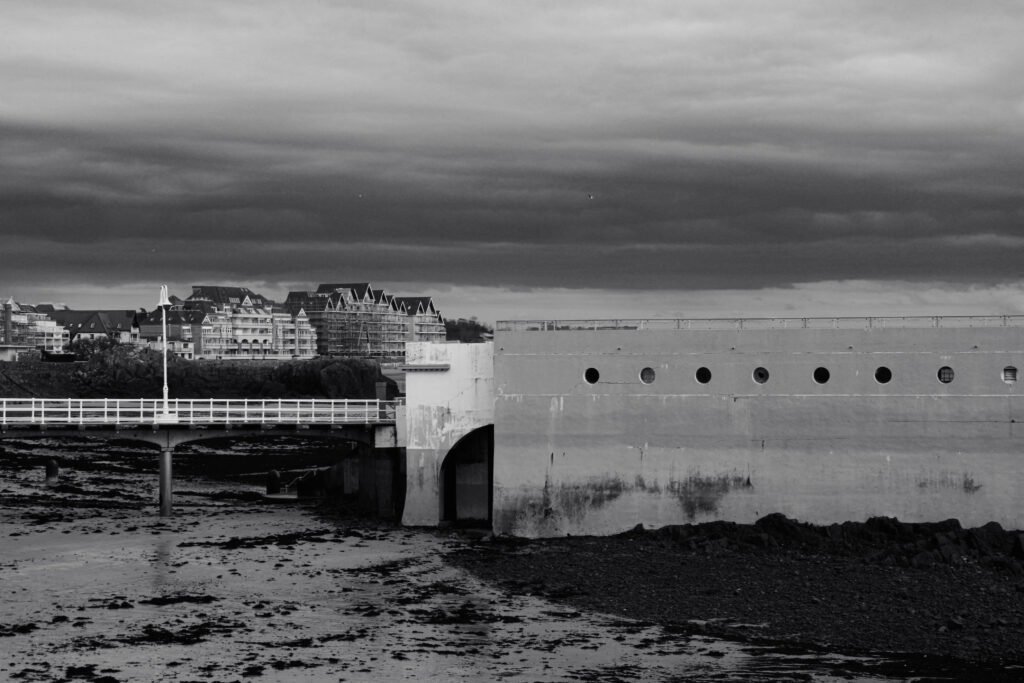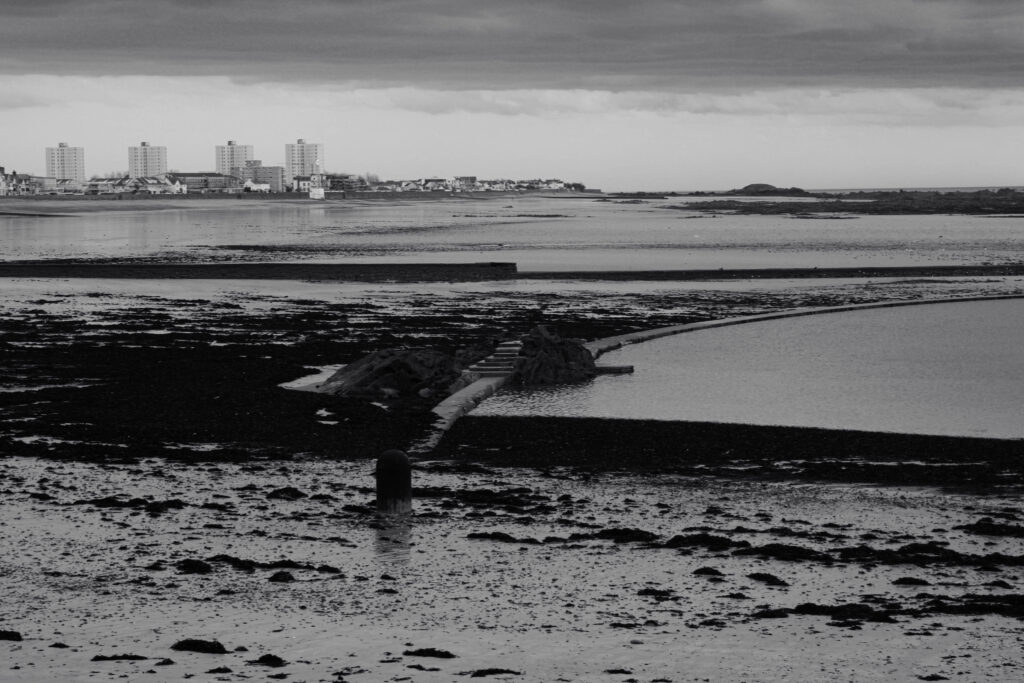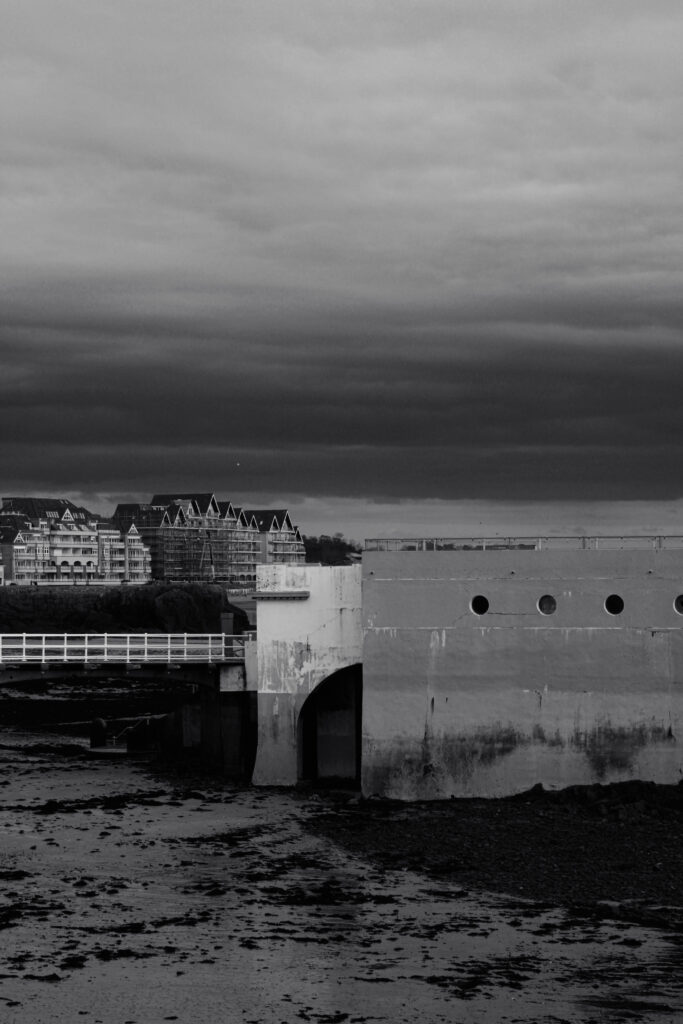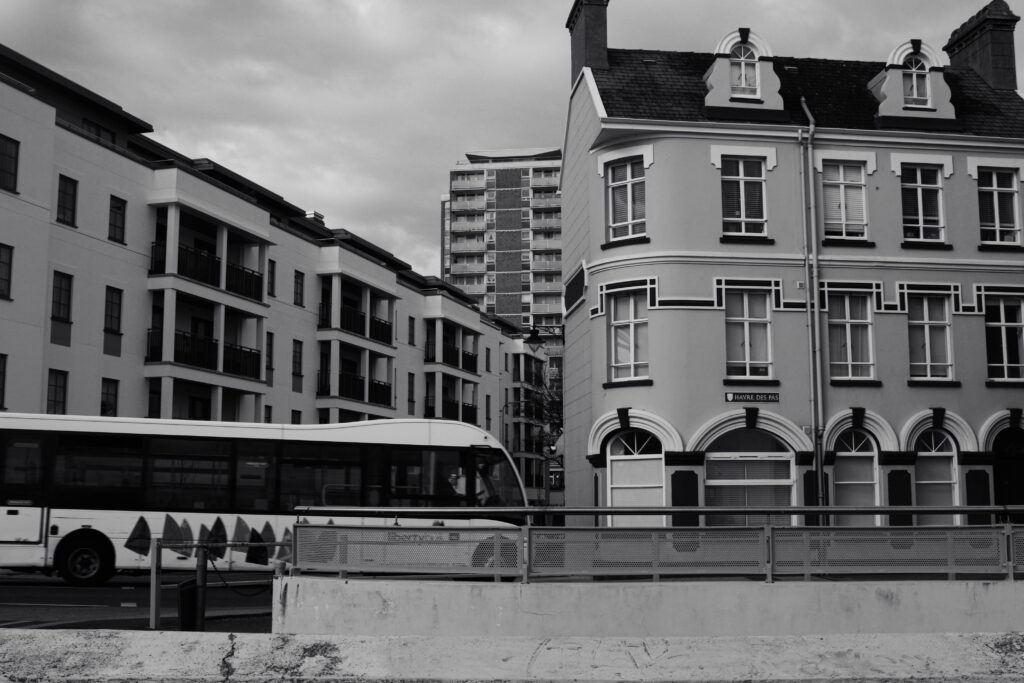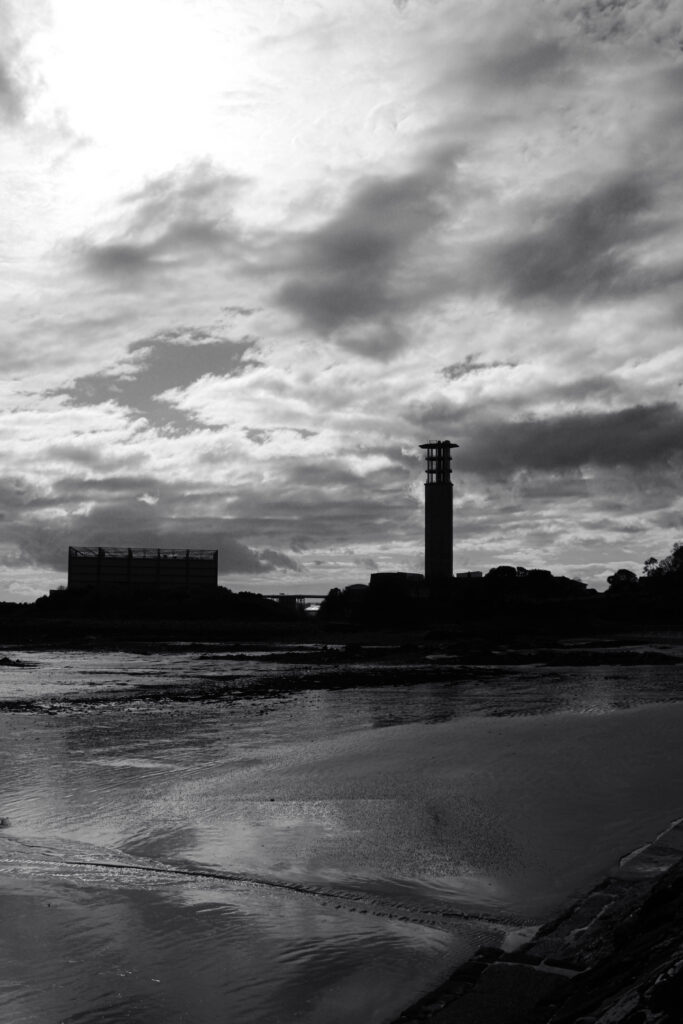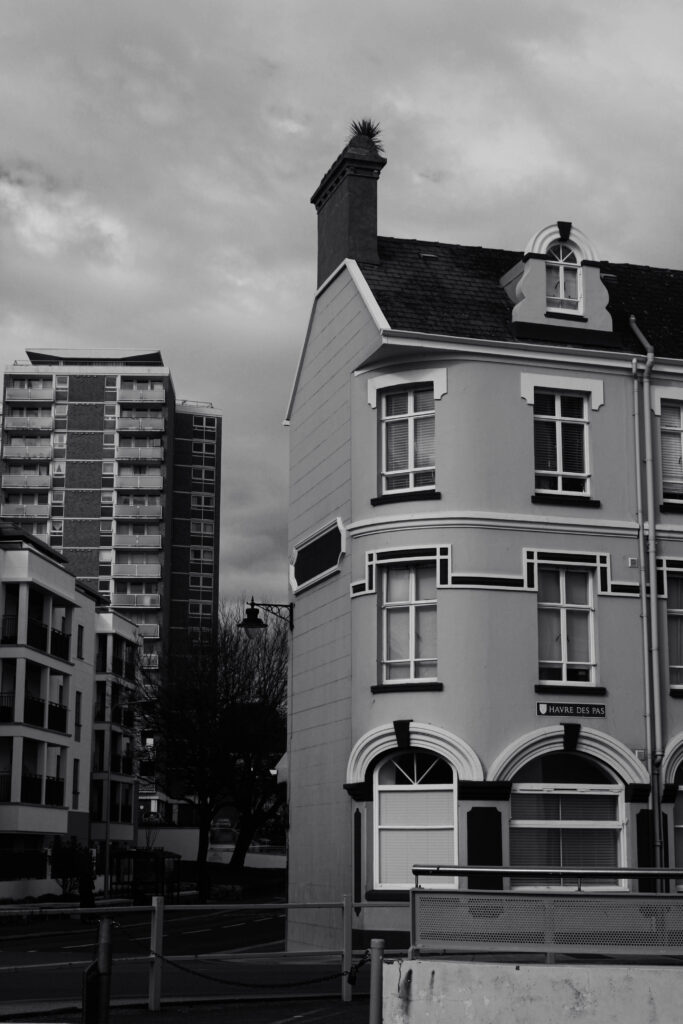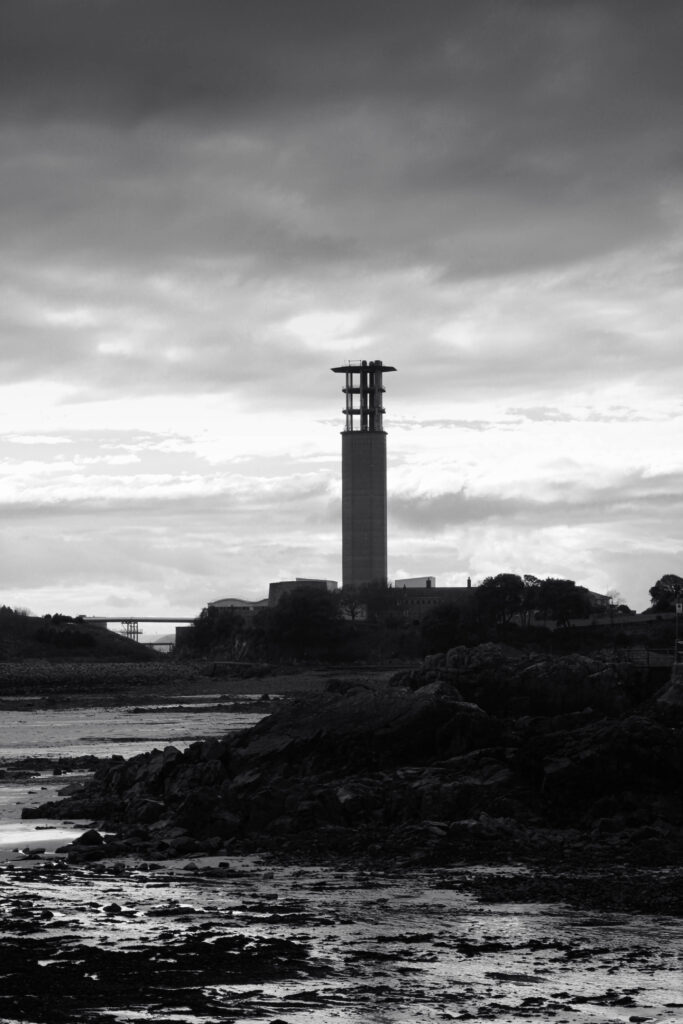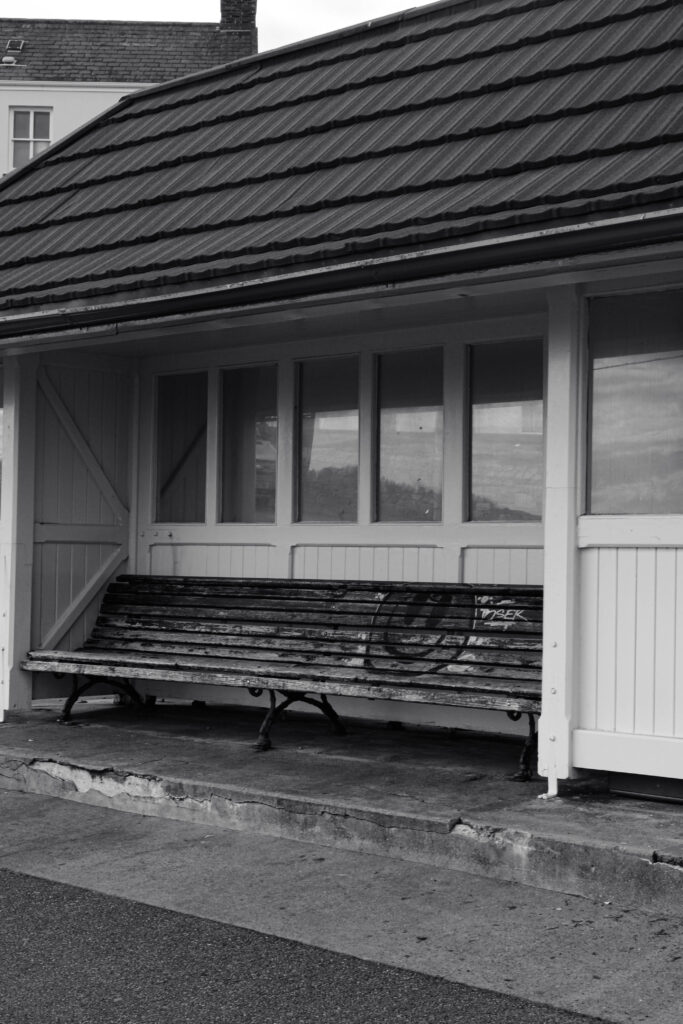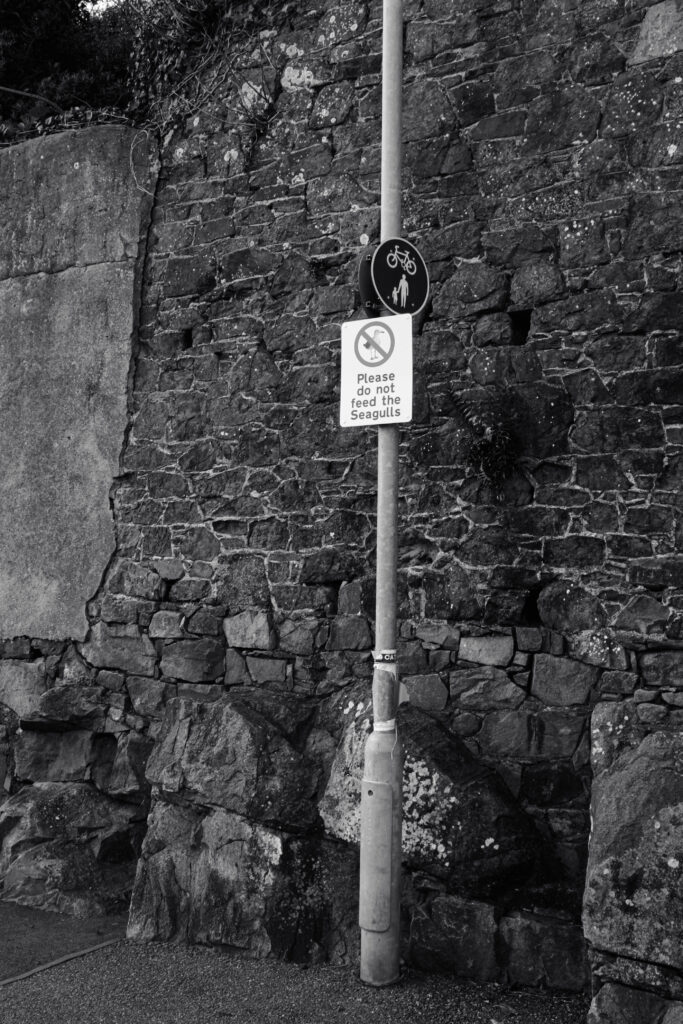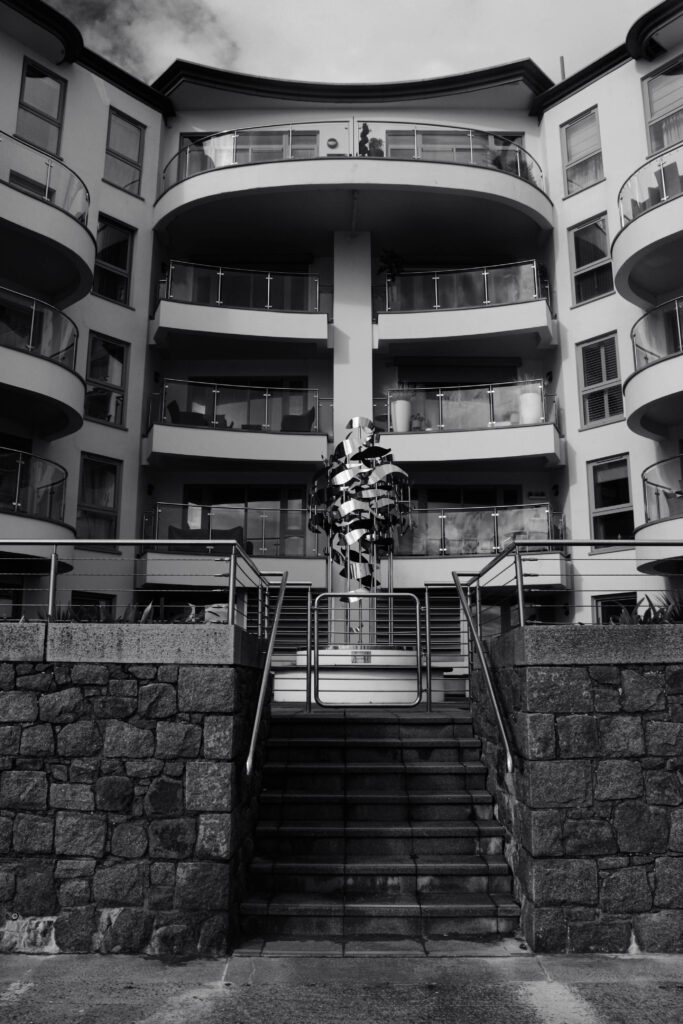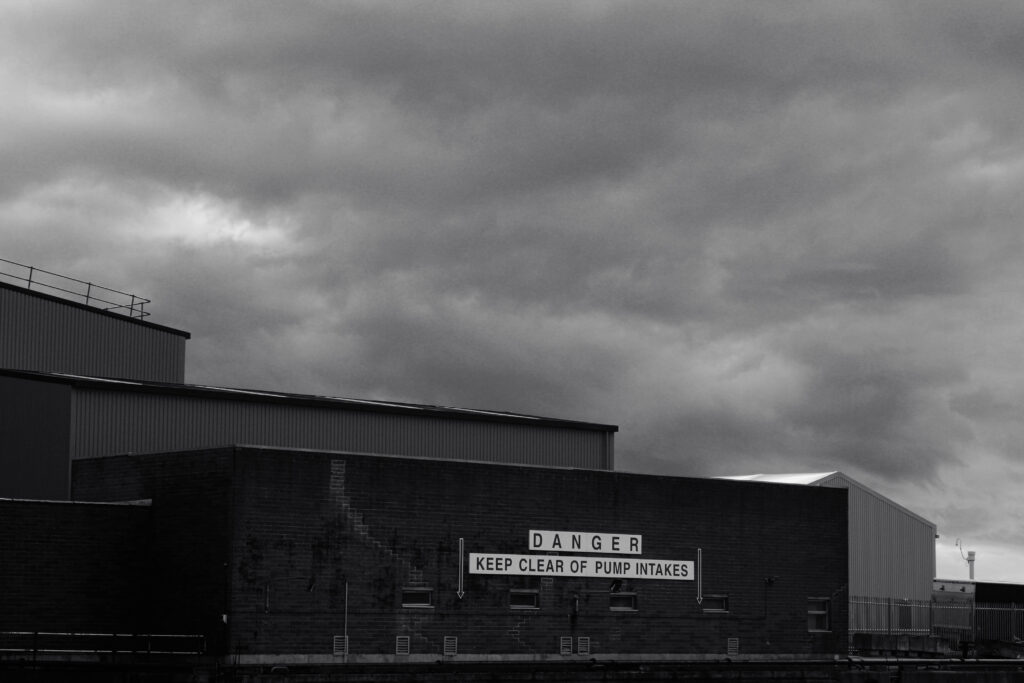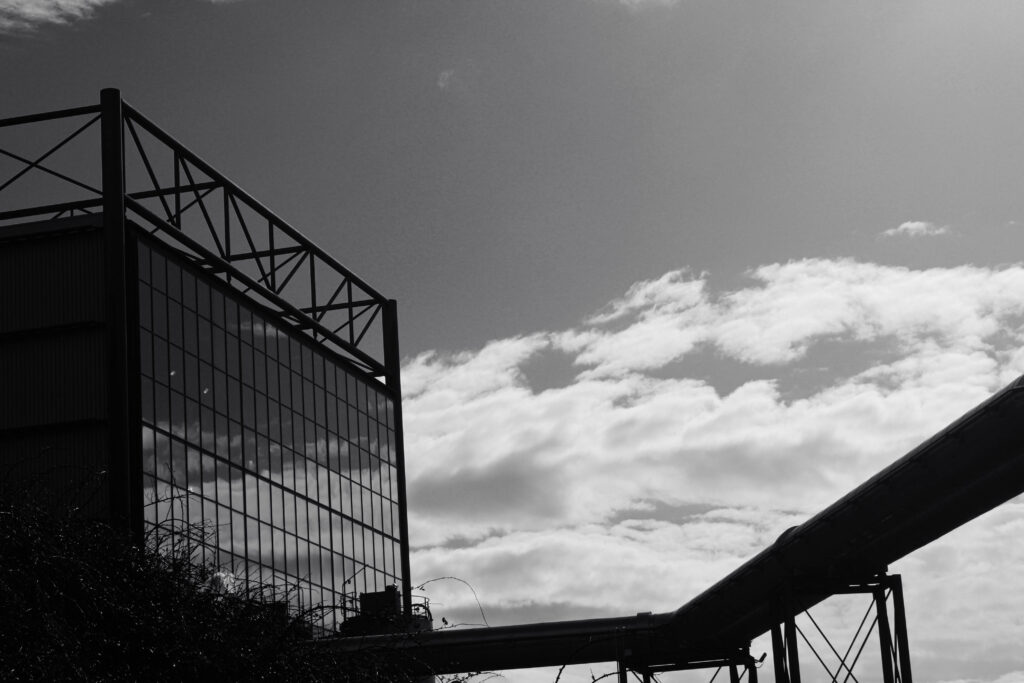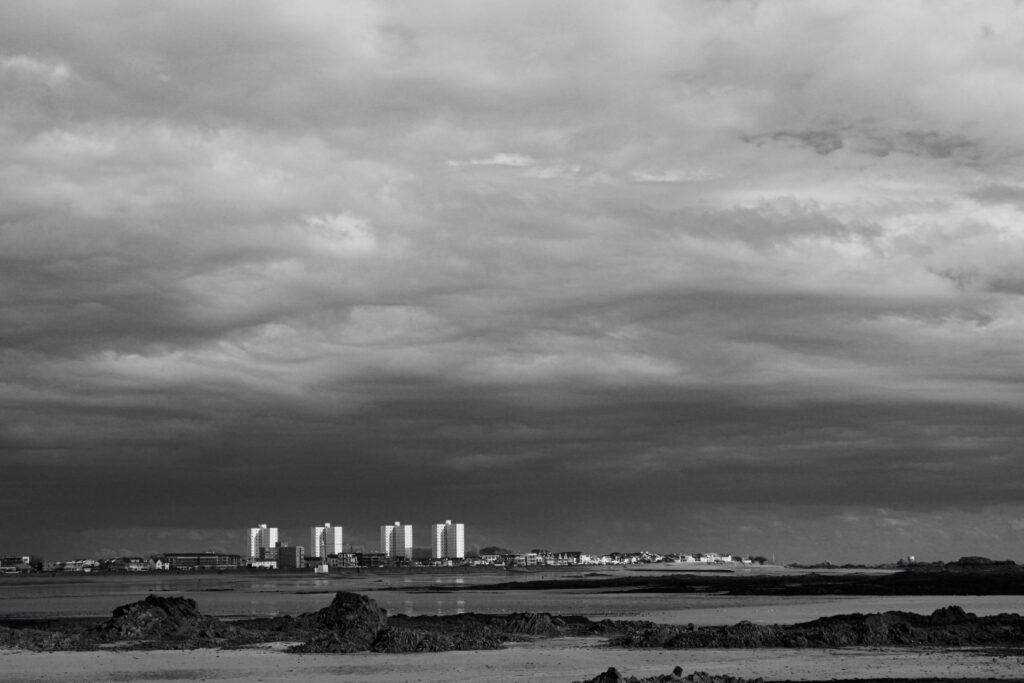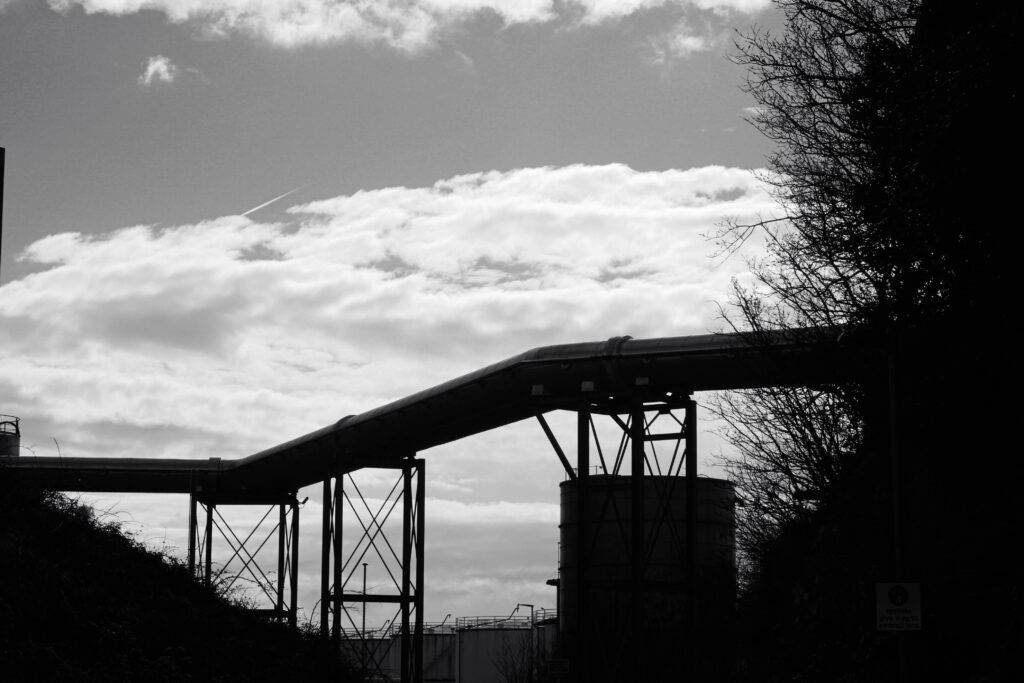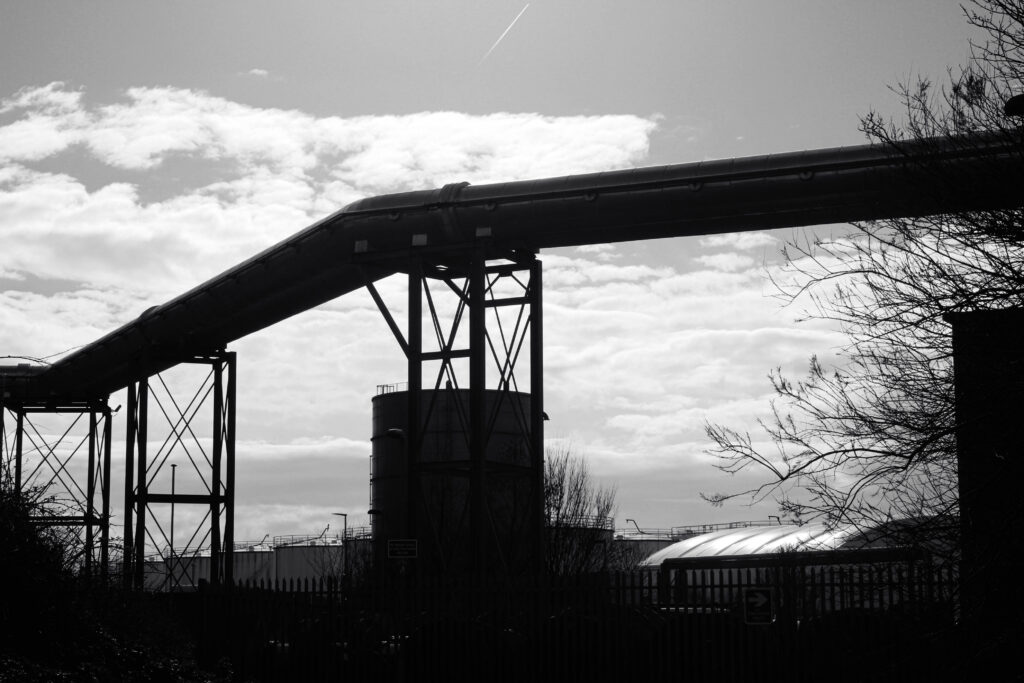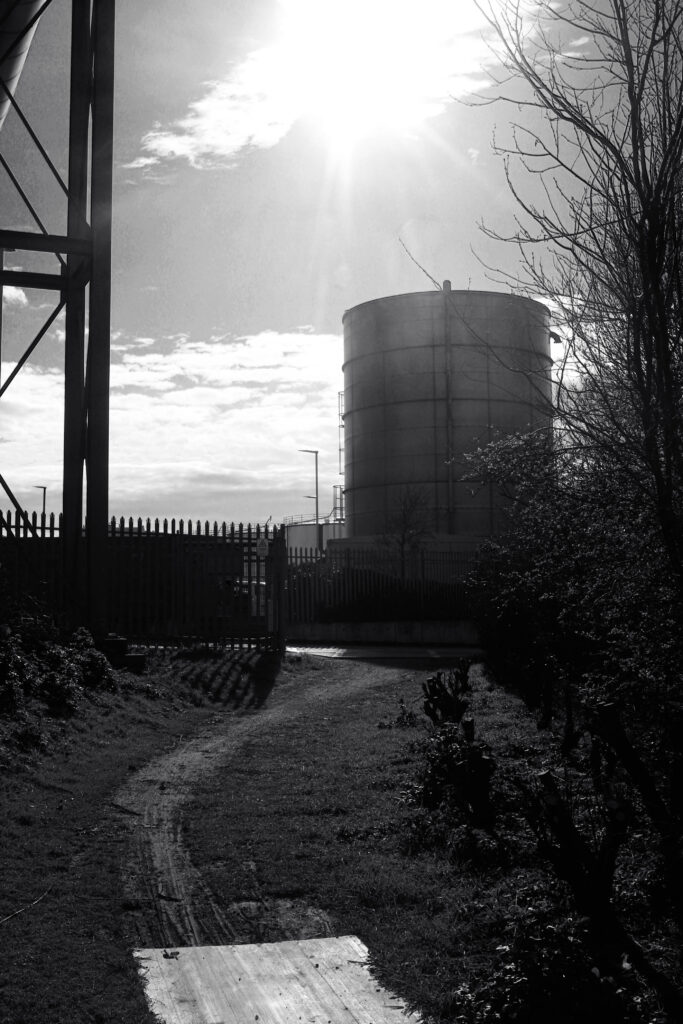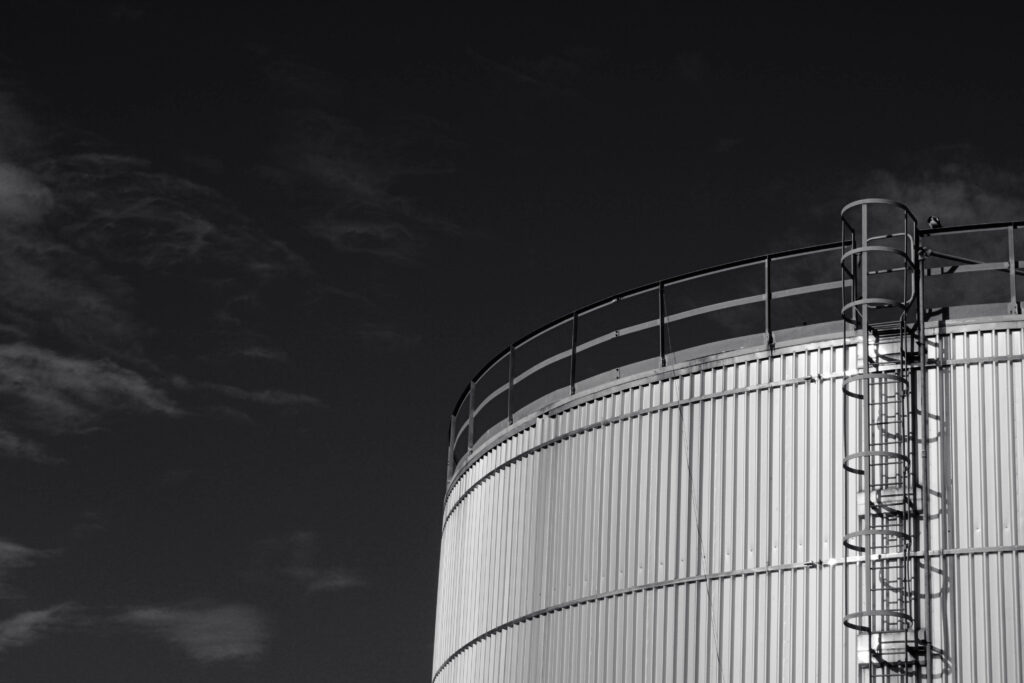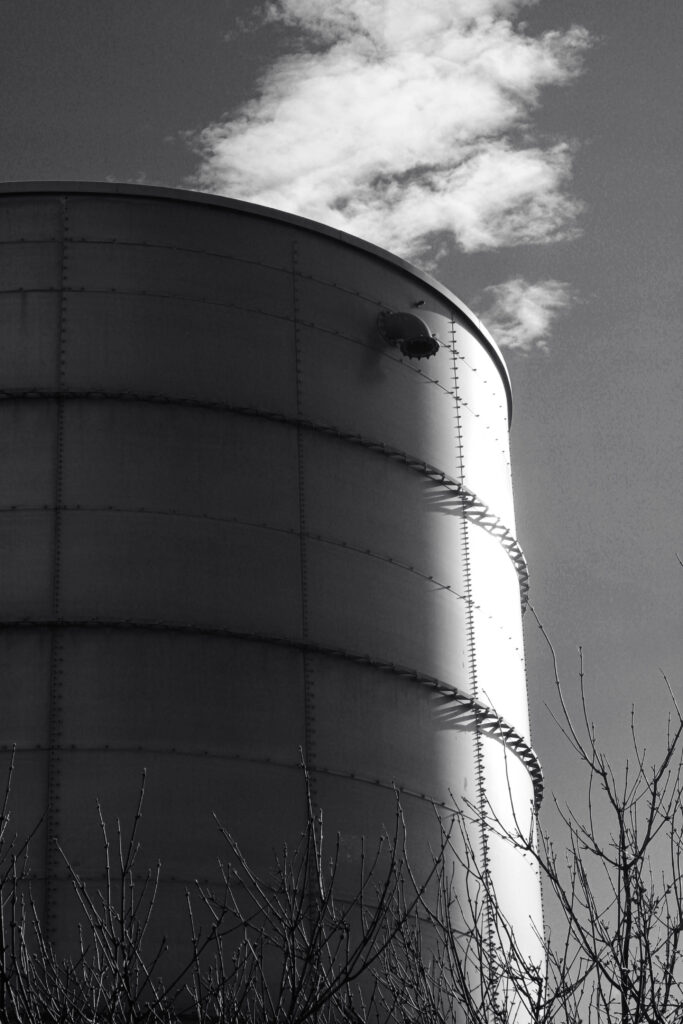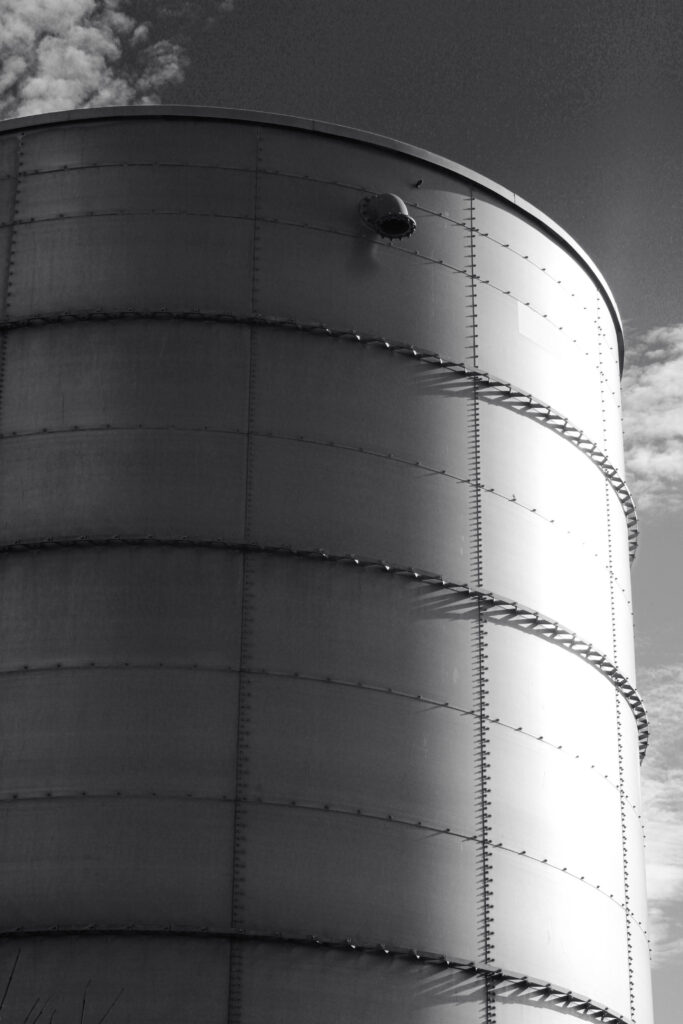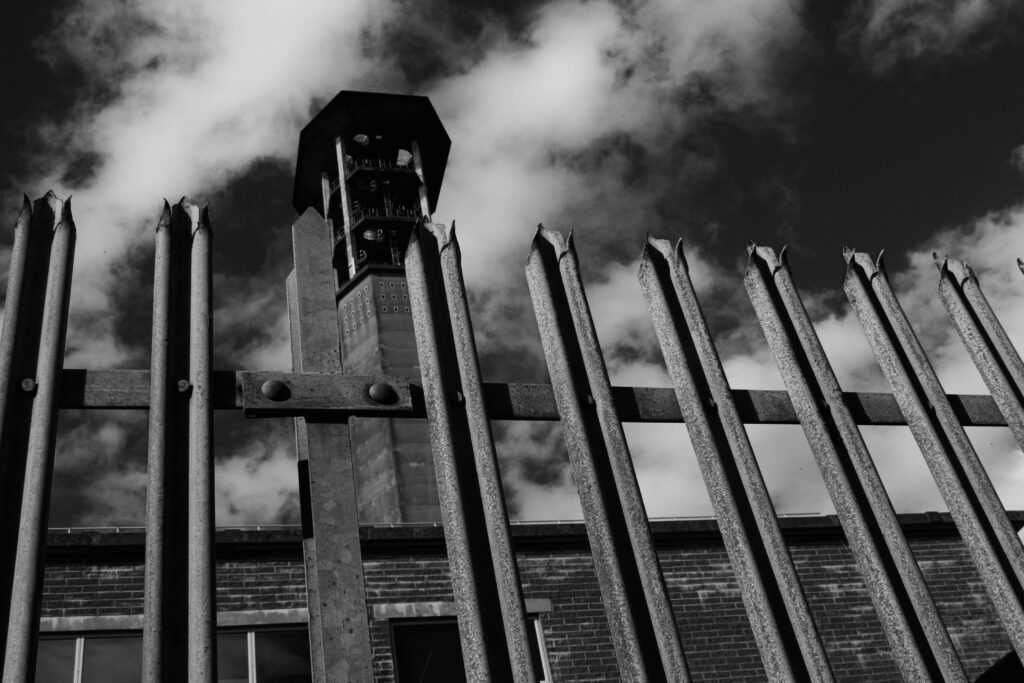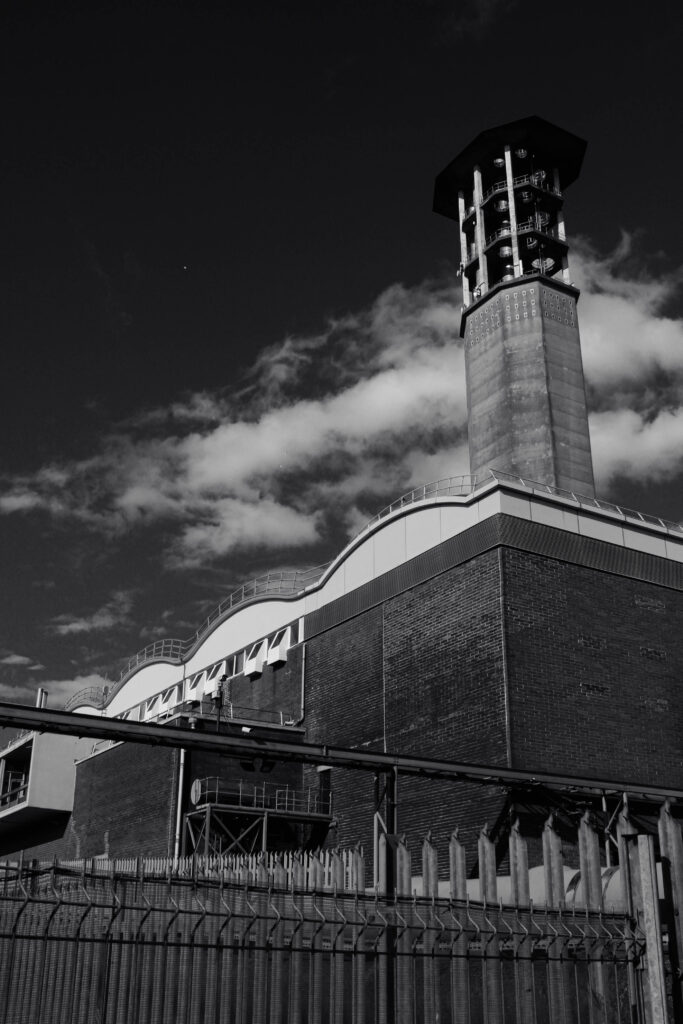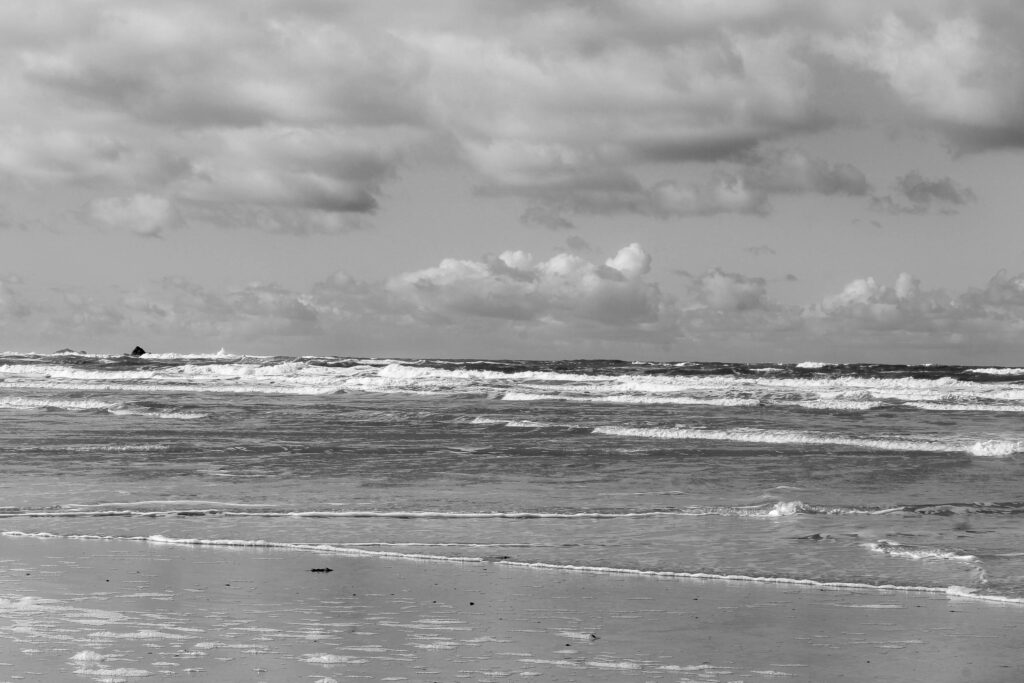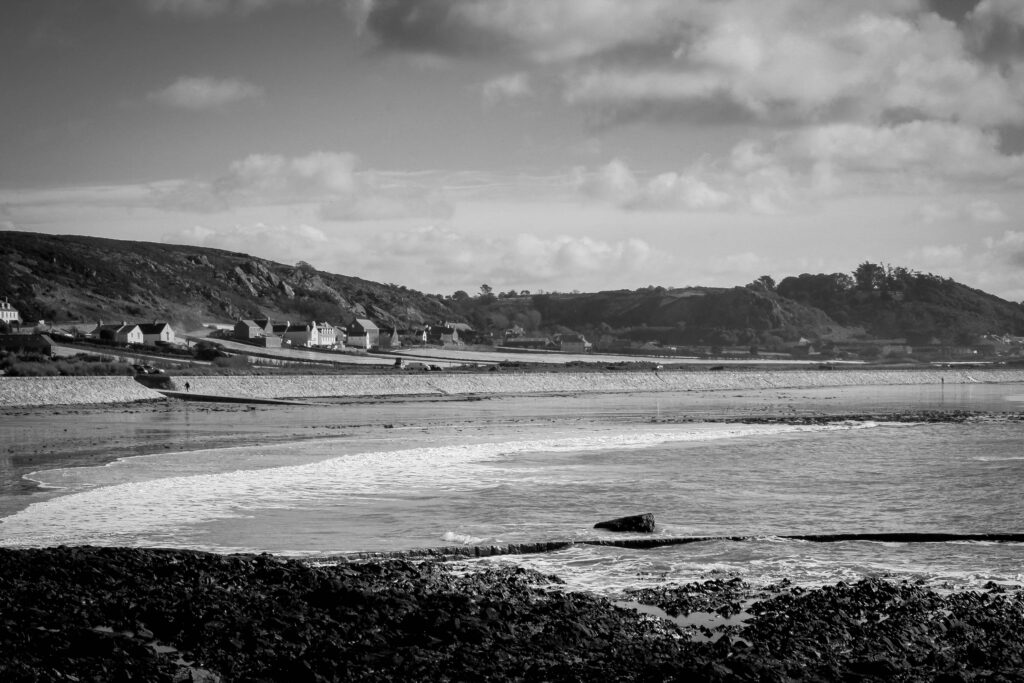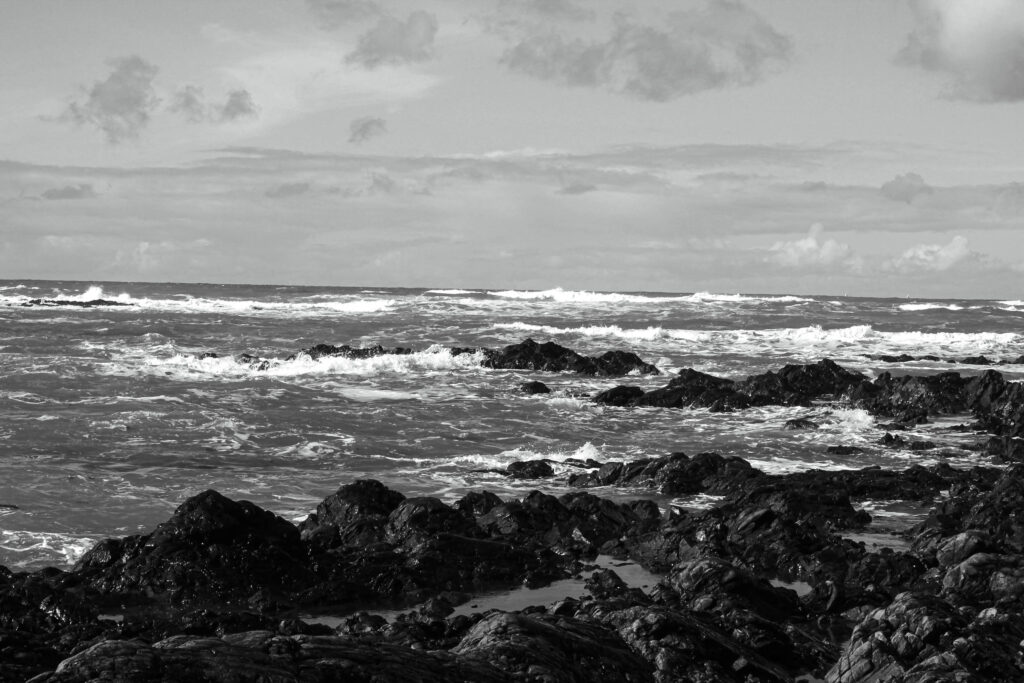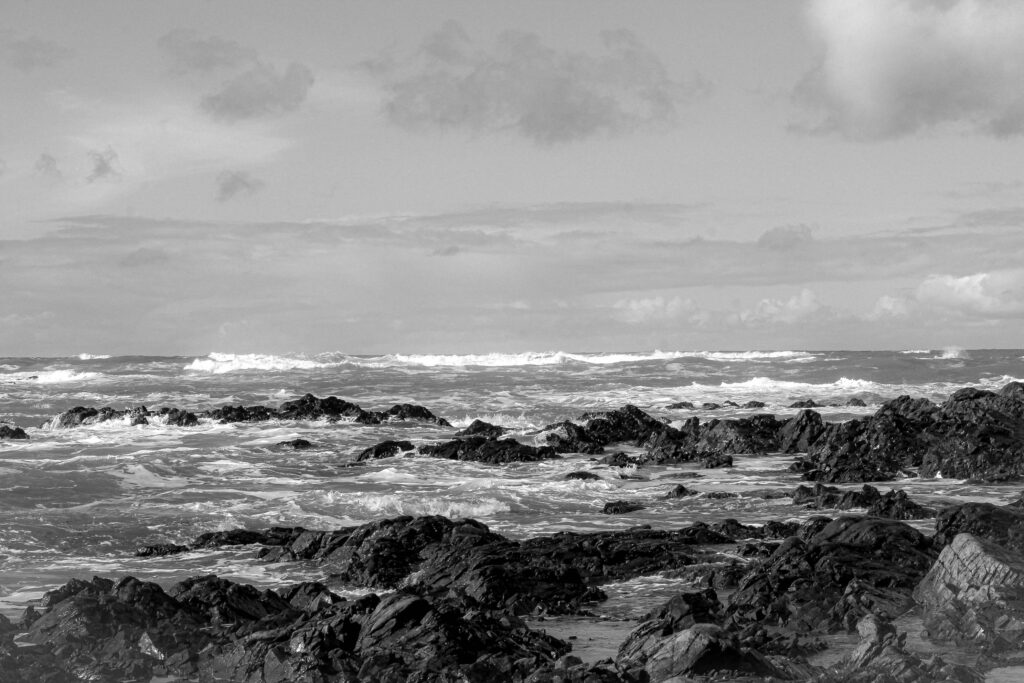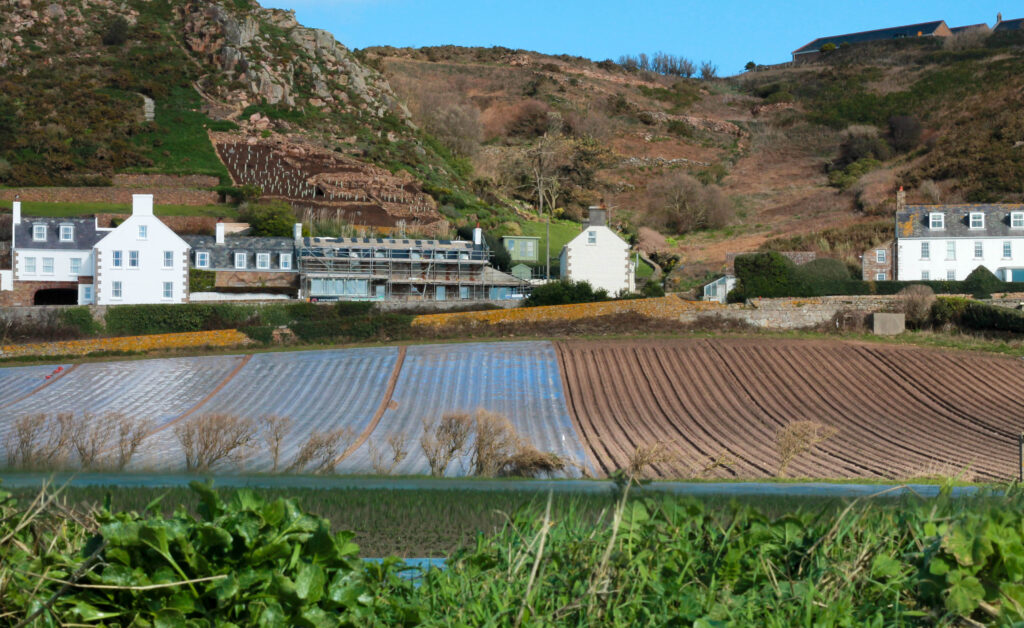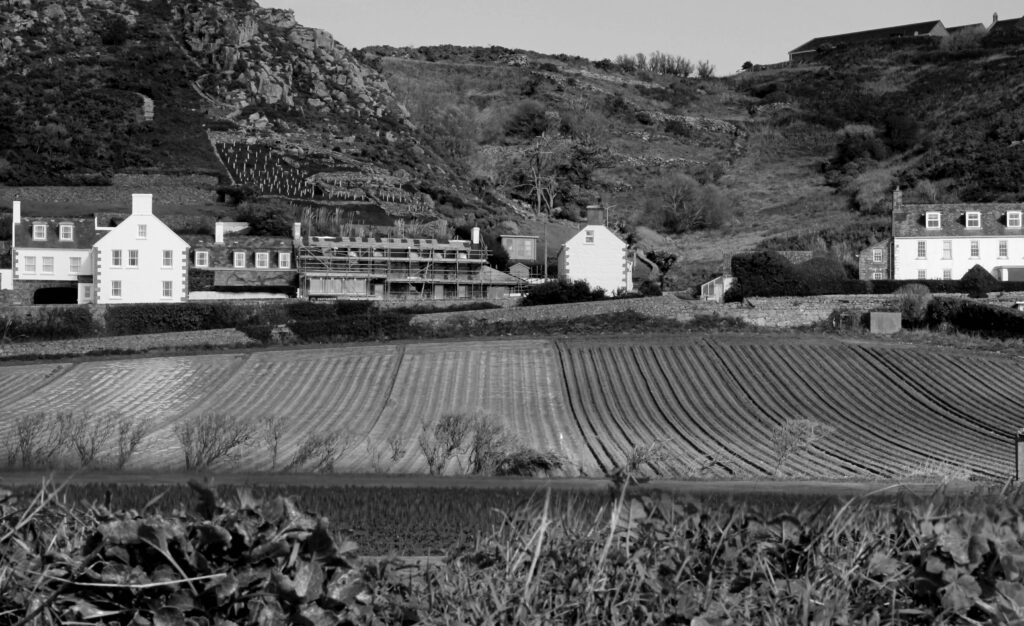For this photoshoot, I went with a diverse approach and used multiple locations around St. Ouens and St. Brelades. This was so that, later when the sun was setting, I had a location in mind that I thought would look best that day. This is because I believe Jersey looks the best during the golden hour, and this day was the perfect day to demonstrate that.
Location 1
The first location I decided on was La Pulente in St. Brelades.
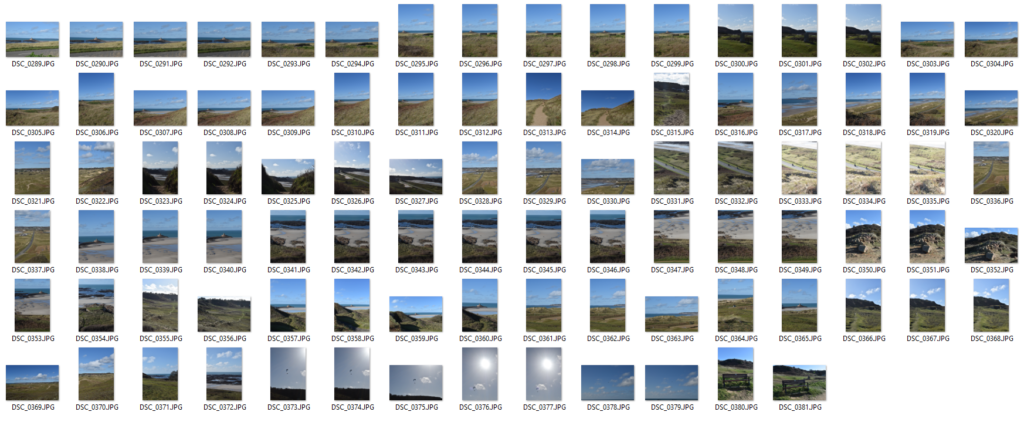
This photo shoot was partially inspired by Joe Deal, a new topographic photographer who is known for his bird’s eye view photographs. I thought that this location was best for this because the hill looks out onto the beach, where La Rocco tower is, and the 5 mile road which leads towards the La Braye cafe. I knew I could use this in inspiration of Joe Deal because both key points in the landscape are demonstrations of the manmade world mixing with the natural world. However, I had a few ideas of my own that would differ my work from Joe Deal’s.

Firstly, I wanted to include people in my photos. Joe Deal preferred to do the opposite and removed people from his shots to make the buildings and the infrastructure the focus of his photos. However, I am taking photos of the natural beach and sand dunes rather than the manmade city suburbs or landscapes, and I wanted to show how the people of Jersey enjoy the Jersey landscape, and not how it is full of boxy eyesores like cities are.

Secondly, I wanted to include the horizon in some of my photos. Joe Deal commonly doesn’t include the horizon in his photos. However I thought that, because some of the other Channel Islands can be seen in the horizon at La Pulente, my photos would be enhanced if I did include them. I find that they add an additional point in the landscape so that the viewer can understand the distance more clearly in the photo.

In my landscape, the only obvious, city-like building I could use was the La Braye Cafe with the 5 mile road running alongside it. However, I also wanted to show in the photo that the cafe is not an eyesore, and it doesn’t ruin the landscape like a city would. Here are a few different ways I tried this.

In the top left photo, I framed the road parallel to the ocean and made the cafe quite small and out of the way in the frame. In the top right, I cropped out the cafe to see how the photo would look without it. In the bottom photo, I aimed to make a photo more like Joe Deal, so I cropped the photo into a square and enlarged the road and the cafe to make them the focus of the photo.
Best Images



Location 2
The second location I went to Les Monts Grantez in St. Ouens.


I chose this location because of the extreme storm damage to the rare trees that stand tall on the headland. Additionally, the location offers a beautiful and awe-inspiring view of L’Etacq, which is especially sublime during the sunset.
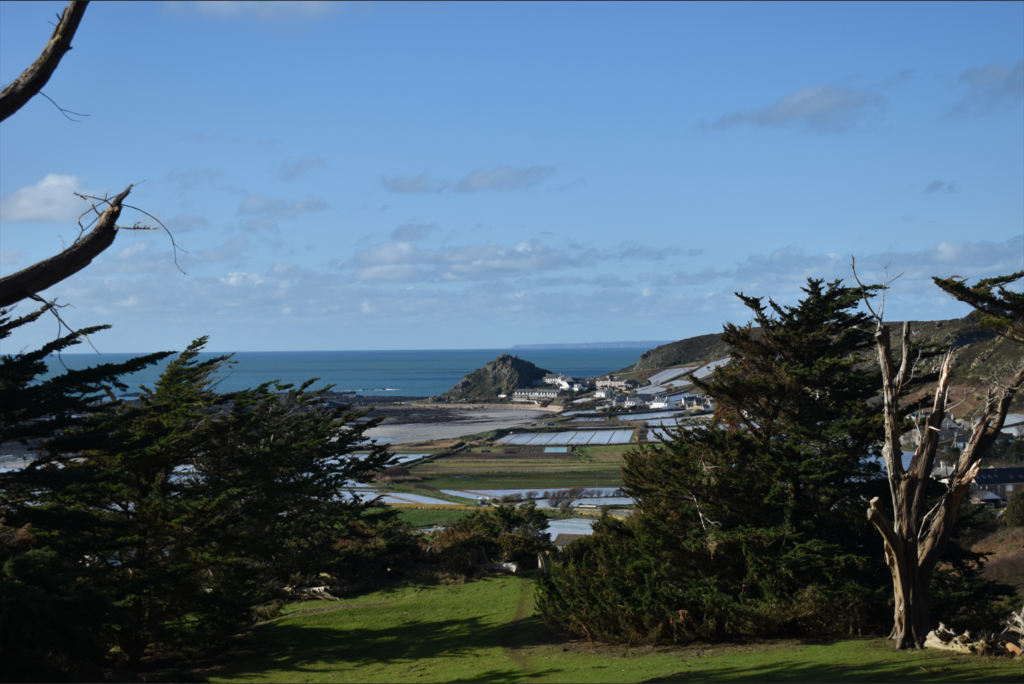
However, the view towards L’Etacq is quite misleading in consideration of the rest of the location. The trees along the edge of the headland seem untouched by Storm Ciaran, and their deep green pigment makes them appear strong and lively. However, directly behind this angle shows a different story.

This specific species of trees, also known as ‘Scots Pine’, are indigenous to Jersey, and are the only ones of their kind. As you can see, these trees are severely damaged, at a time when they should be thriving. Large branches and cut-up logs lay scattered along the ground. It was dangerous for me to walk below the trees, as parts of the trees were still falling. You can even see that the remaining greenery at the tops of the trees are permanently affected by the harsh winds of the storm.
Although most of the damage caused by Storm Ciaran was in the east of Jersey, I thought that I should show how it has also affected the west of the island. Also, I wanted to show that, even though the storm didn’t affect much of the population of Jersey, it did harm some of the most beautiful scenery in all of Jersey.
Best Images





When photographing this location, I found that this angle of the L’Etacq ‘mountain’ stood out to me.
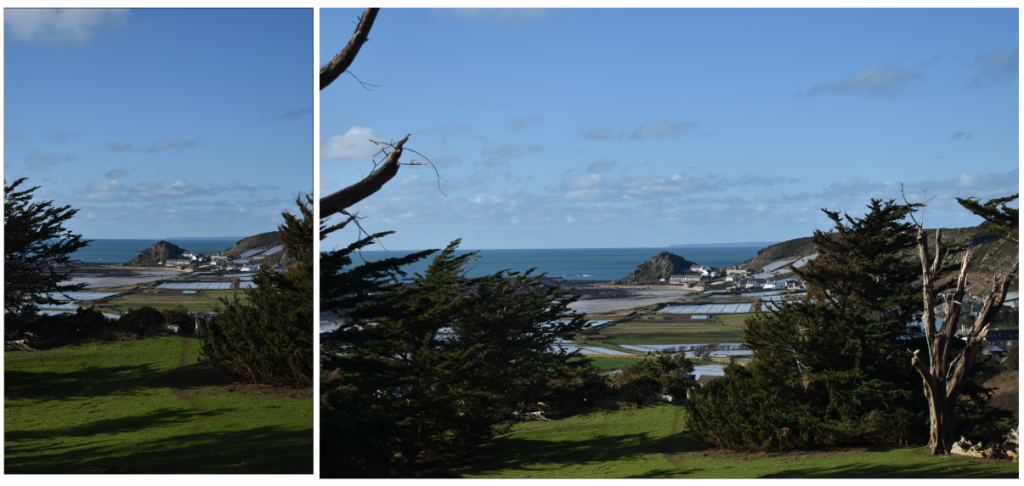
I decided that this would be the specific shot that I would work with later in the day when the sun was setting. But in the meantime, I had more ideas.
Location 3
While at Les Mont Grantez, I saw that the tide was very low. I thought that this would be a great opportunity to work with the rocks at L’Etacq.


I used this photo shoot to try and work with a linear sense of distance. By this, I mean that the rocks and the ocean are flat, and the foreground, middle ground and background are all below the camera. When photographed it creates a flat scale which is easy for the viewer to interpret. I first experimented with this by using the rocky cliffs of Le Pinacle to fill part of the frame.

This was the best image to come out of the initial experimentation. I find that this image has a good blend of colours, and the placement of each environment in the photo is very separate and individual.

I also took this photo, which is similar to the previous one, but the rocks take up all of the foreground. I feel that this specific location is a very surreal place in Jersey. You are completely surrounded by the rocks, which are very tricky to navigate, and the cliffs at Le Pinacle provide an additional sense of sublime. However, I didn’t choose this location to be the one I would use during the sunset because I felt that this environment was better portrayed in harsh weather conditions when this tide is further up. This did end up being the inspiration for one of my later photoshoots.
Moving further around this location, I found more ways I could experiment with the flat landscape.

This was the first photo I took of this view. I was very inspired by this for three reasons. The first is the distant Corbiere lighthouse. I felt that it was a good background to include in the rest of these photos. The second was the flowing water in the middle of the frame. The water twists and turns like a river, and flows like a snake. I was also inspired by it because it looks like the river that appears in this photo by Ansel Adams.

Thirdly, I thought that the pier on the left of the frame was a great place to stand so that both the river and the lighthouse are positioned nicely in the frame. This was the photo that I got from this idea.

I was very happy with this photo. The distant lighthouse sits perfectly in the middle of the frame, and below it is the flowing body of water, that leads the eye towards the middle left of the frame, where two fishermen are walking along the side of the water. In editing, I plan to make them more obvious by dodging that part of the photo to bring up the exposure. Also, the colouring of the photo is two-tone, making it very basic and easy to look at for the viewer.
Best Images

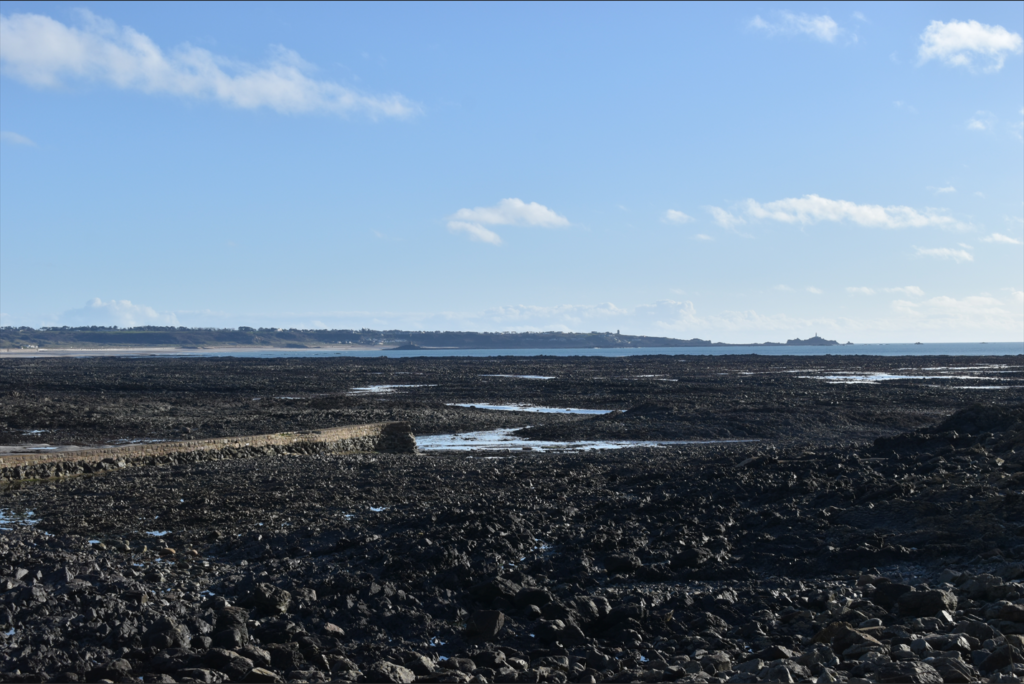

Final Location
Finally, once the sun had begun to set, I headed back to Les Monts Grantez.

Here I produced a variety of photos, trying my best to include the different aspects of the sunset. I started by heading straight to this specific view I spoke about previously.

I had a few ideas in mind when first taking these photos. I first experimented with a few different fields of view, until I ultimately settled on the one I thought was best. Secondly, I changed where I was standing to make L’Etacq the main subject of the photo. Additionally, I experimented with landscape and portrait photos to perfect this photo. These are the two final photos I came up with for this specific angle.

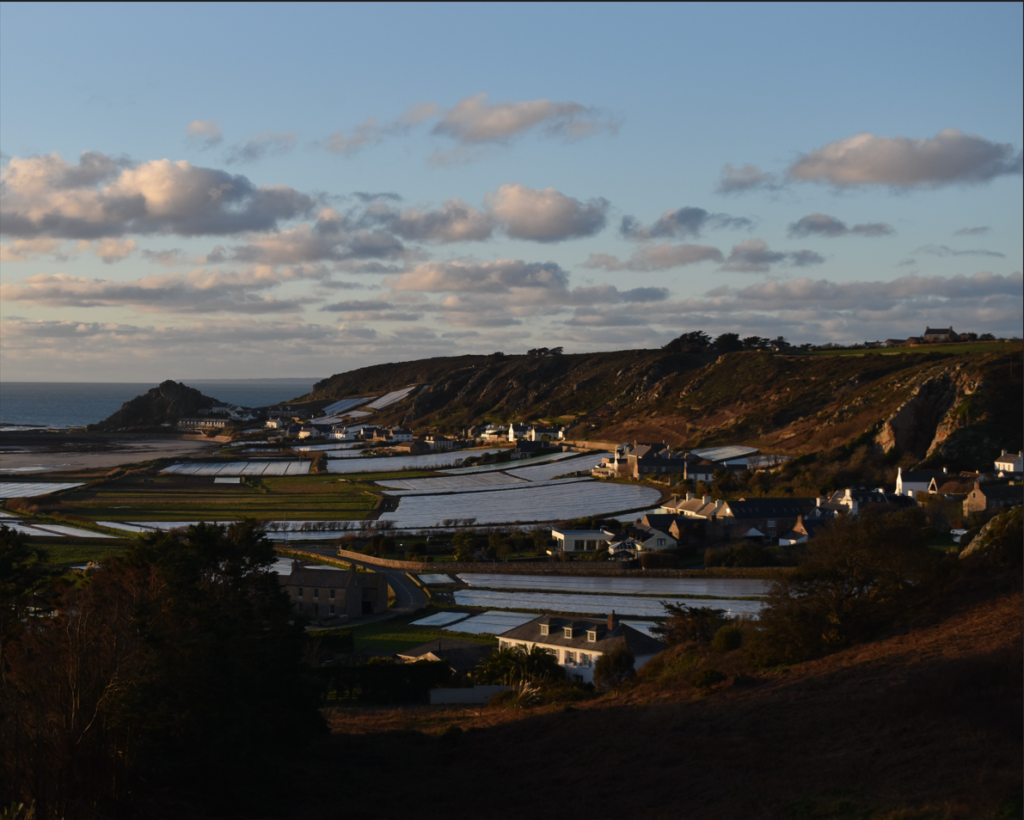
I then moved onto the other side of the bay, where the Corbiere lighthouse can be seen.

I experimented with a few different angles. I found that I really liked the green tint that the sunset created. Also, I tried my best to show how the sun was hitting the clouds above. Ultimately, I found that this photo does it the best.

I then returned to the original shot that had inspired me to come back to this location to work on it a little bit more. The sun had since become unblocked by the clouds, and the greenery of the landscape was really coming out quite nicely.

I experimented with a few different angles. I mostly was trying to use the trees to lead the eye towards the ‘mountain’ at L’Etacq. I was also looking at how the sun was giving the photo a warm feeling, and I looked for certain colours in the frame that emphasised this. Ultimately, I ended up with these two photos.


I was extremely happy with these photos. They both capture the exact elegance of standing atop that headland with the life of the trees and the powerful greenery around you. The addition of the sunset creates this beautiful environment that really brings out these incredibly warm colours. I found that I was able to fill my frame up very well with everything around me. Ultimately, I finished the photoshoot there as it was getting too dark for my camera to handle.
Best Images (All of Photoshoot)







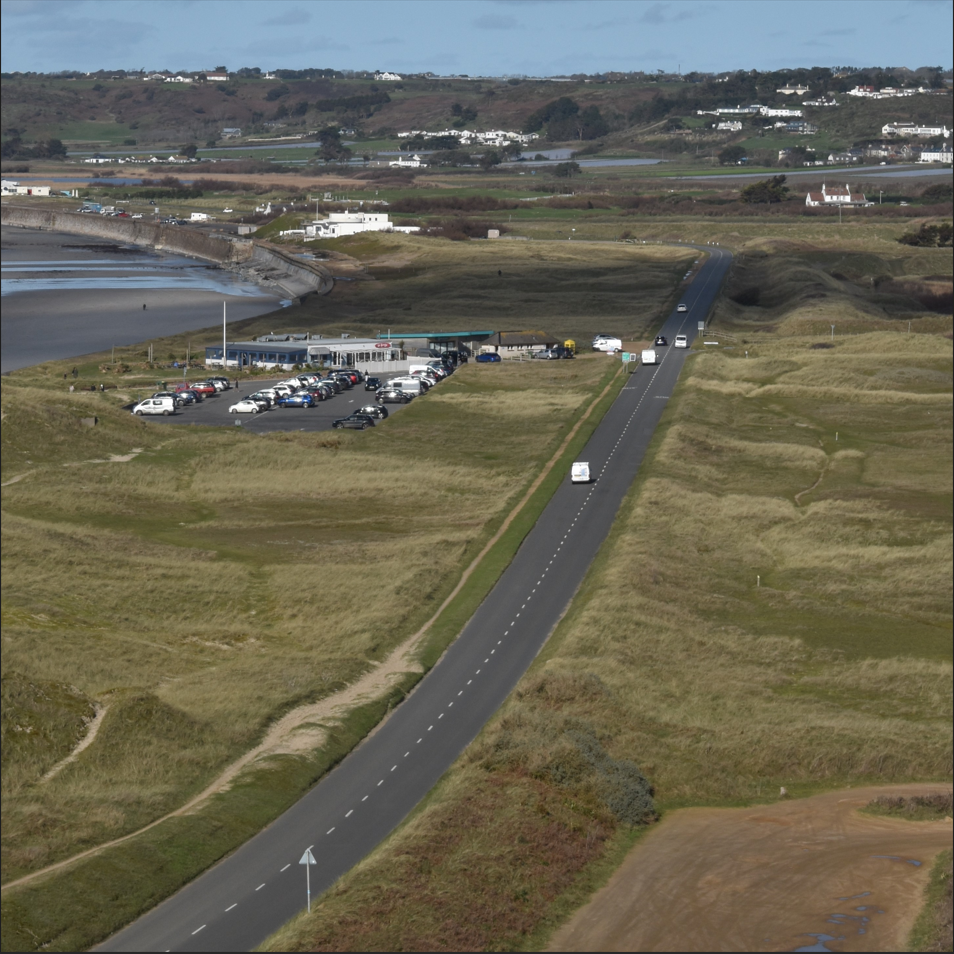


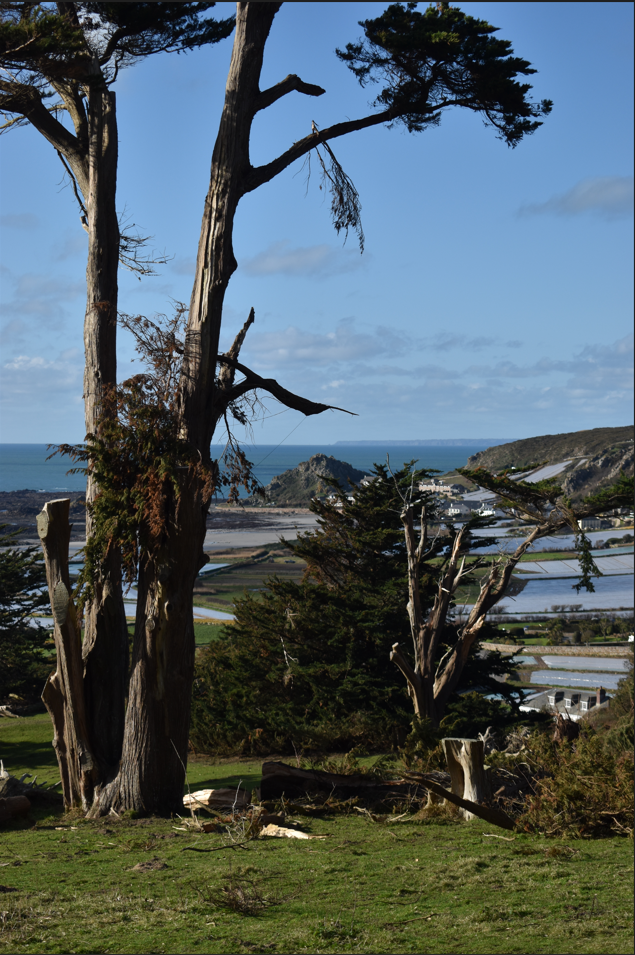












Virtual Gallery


